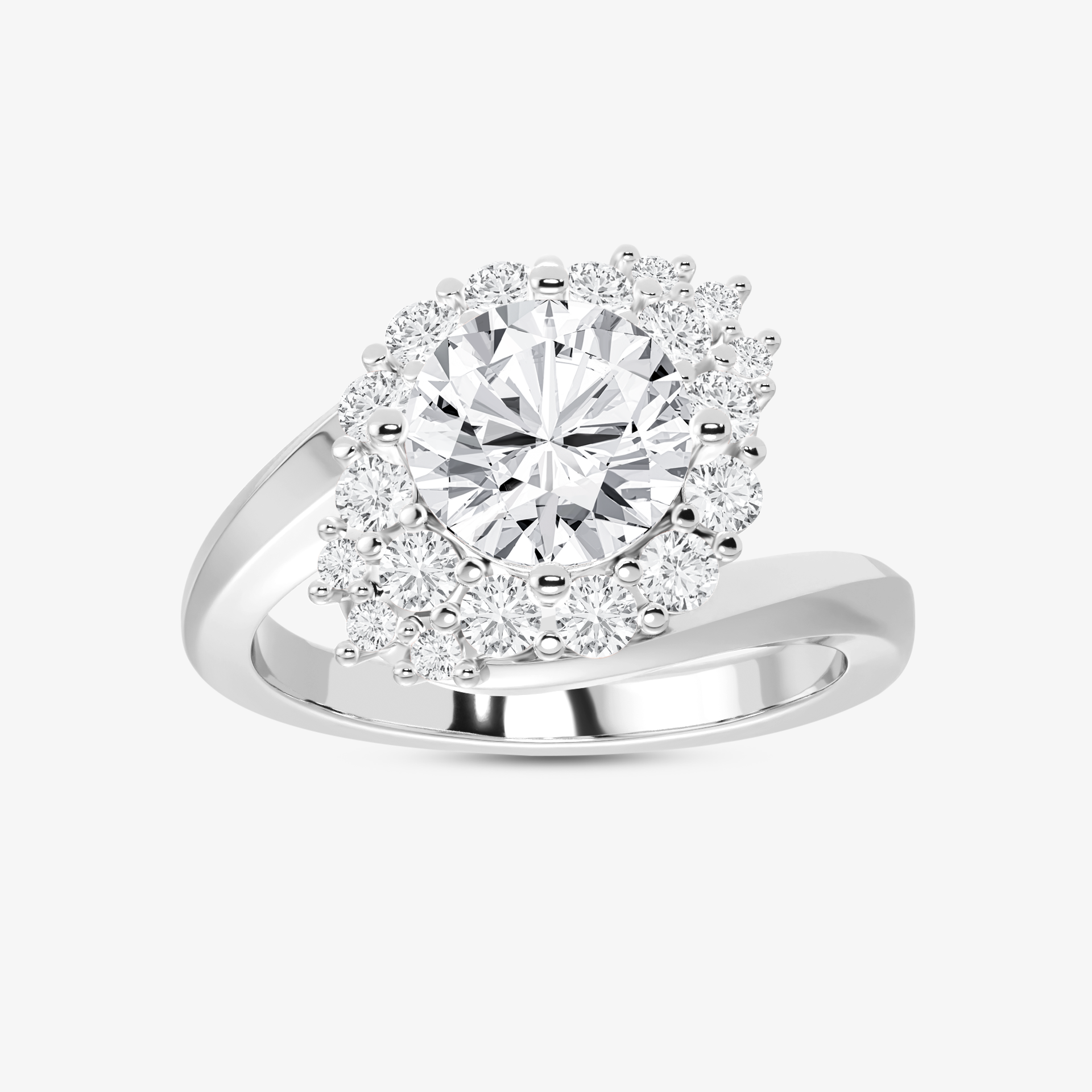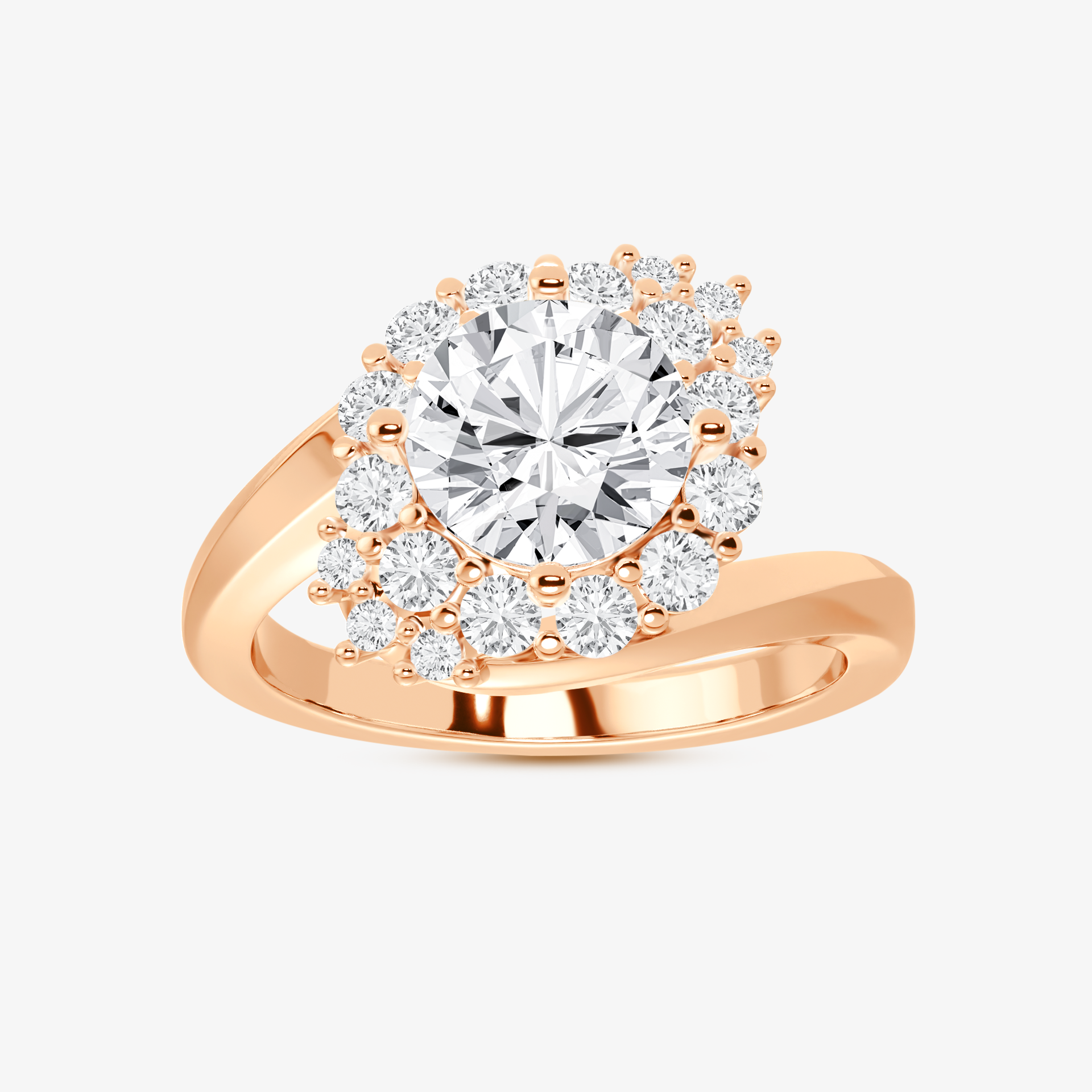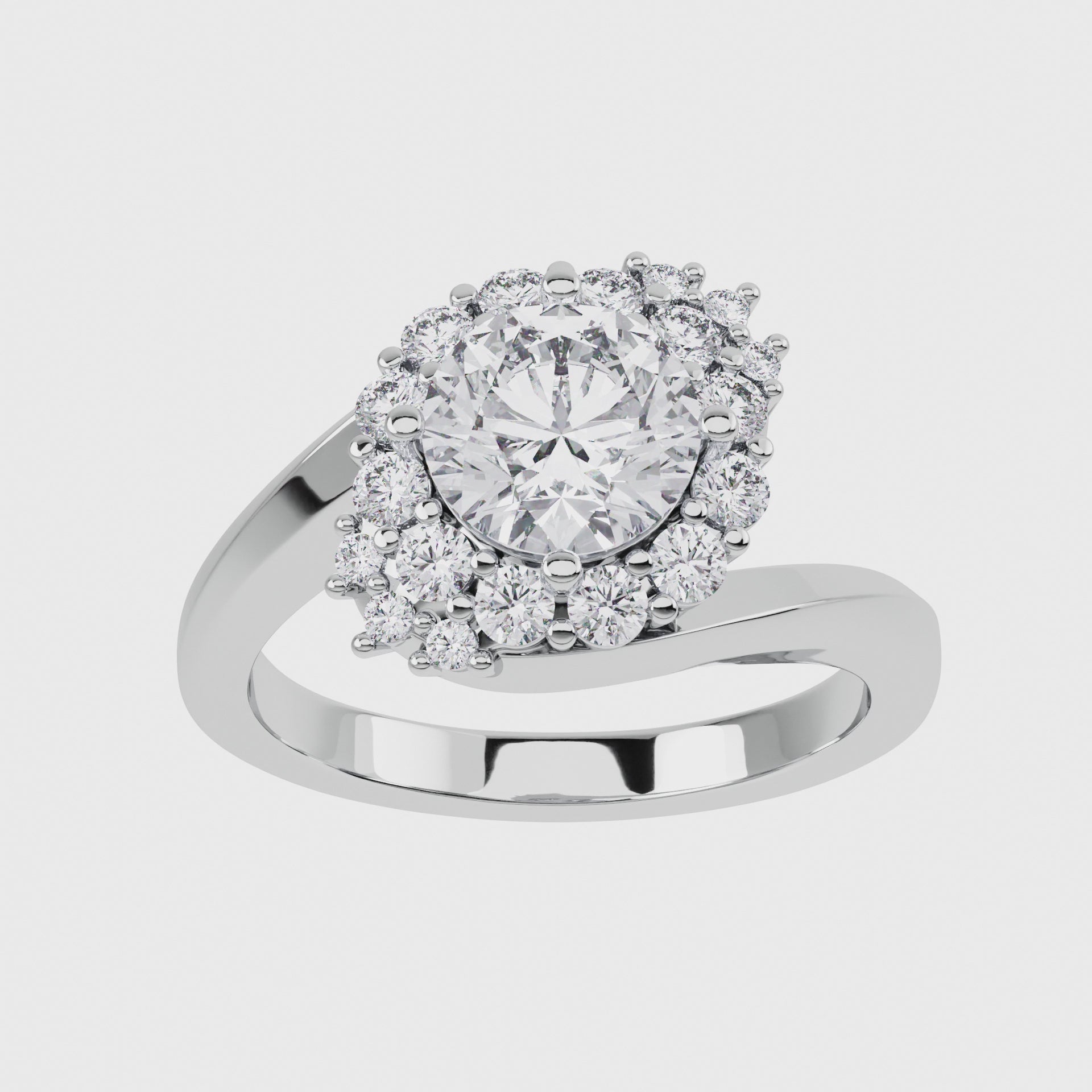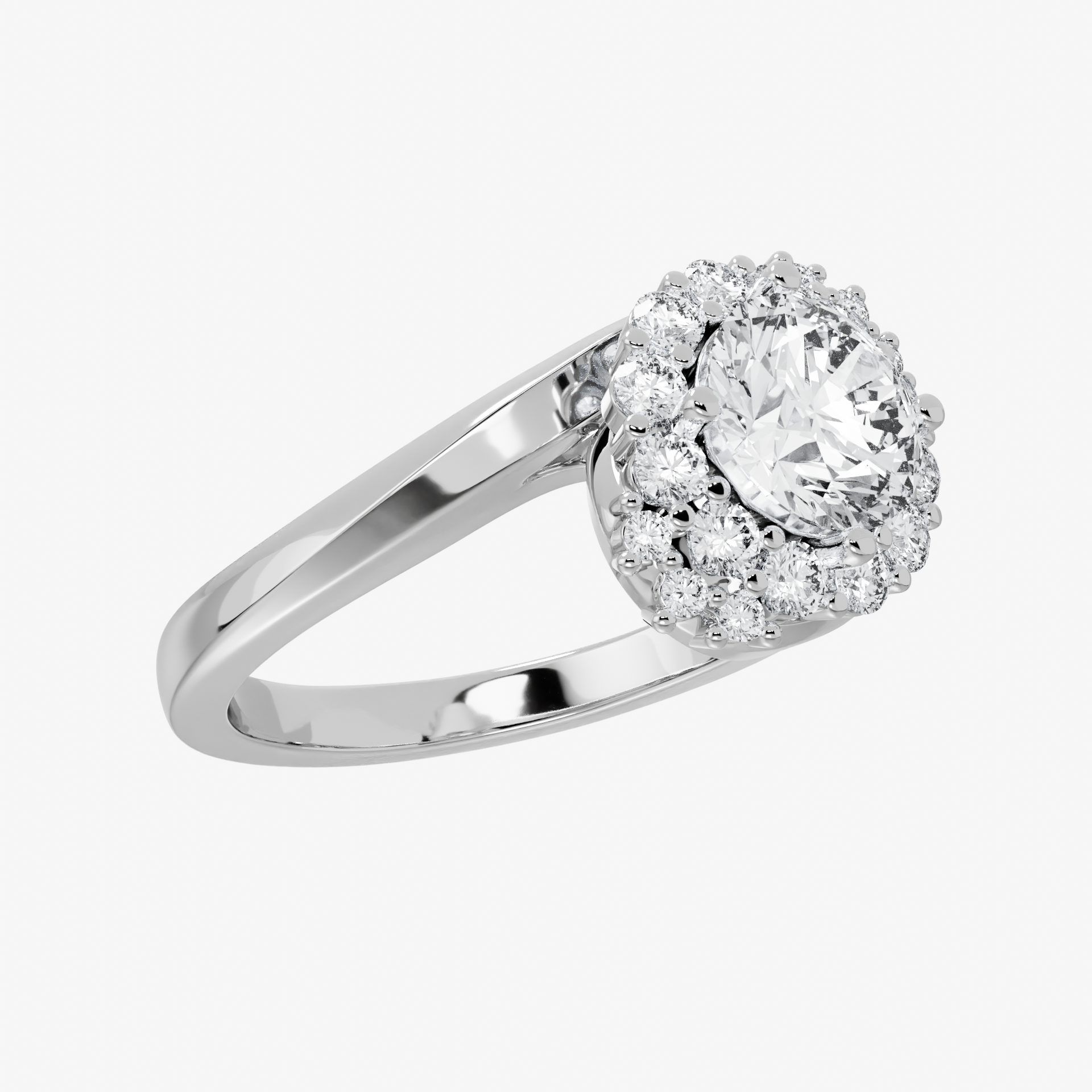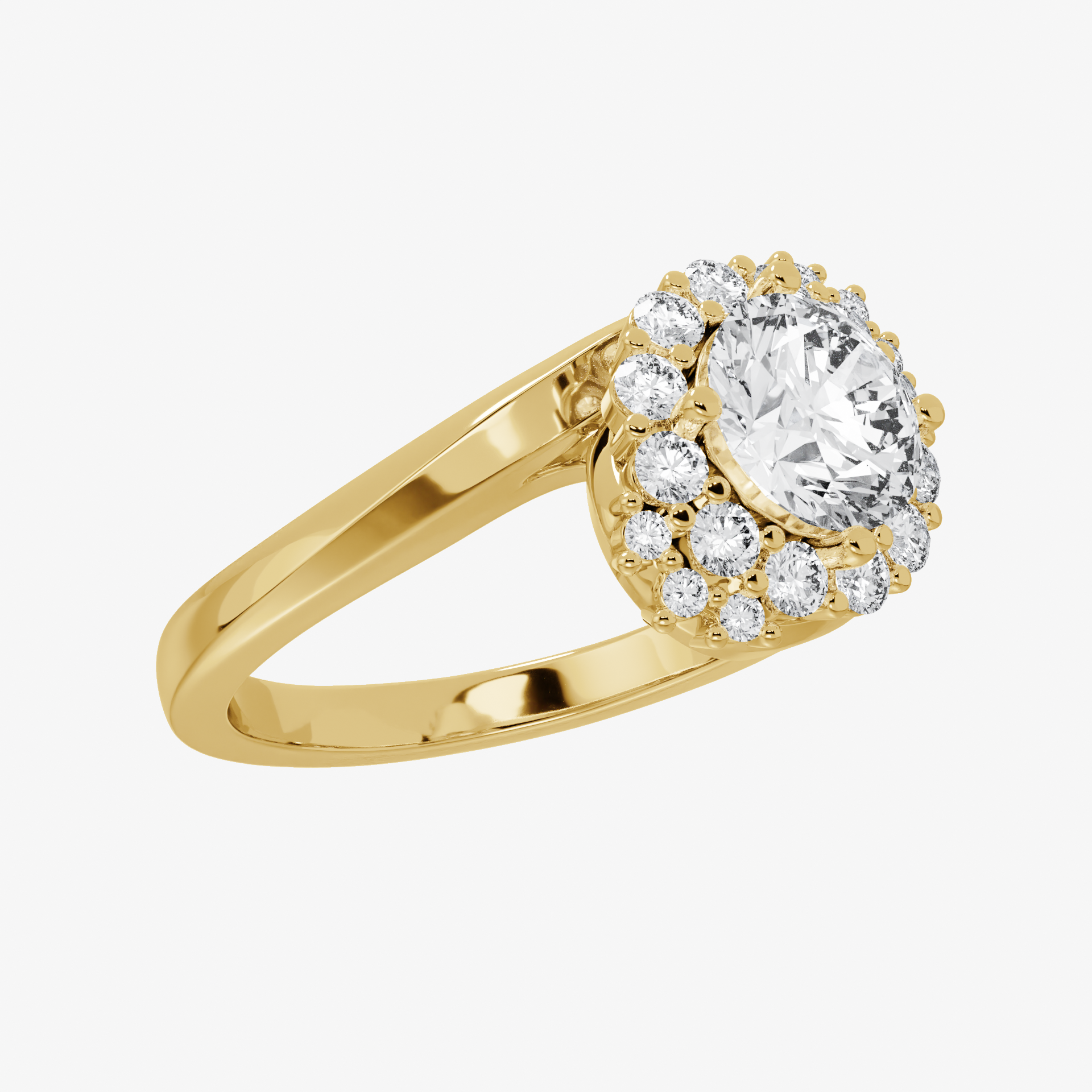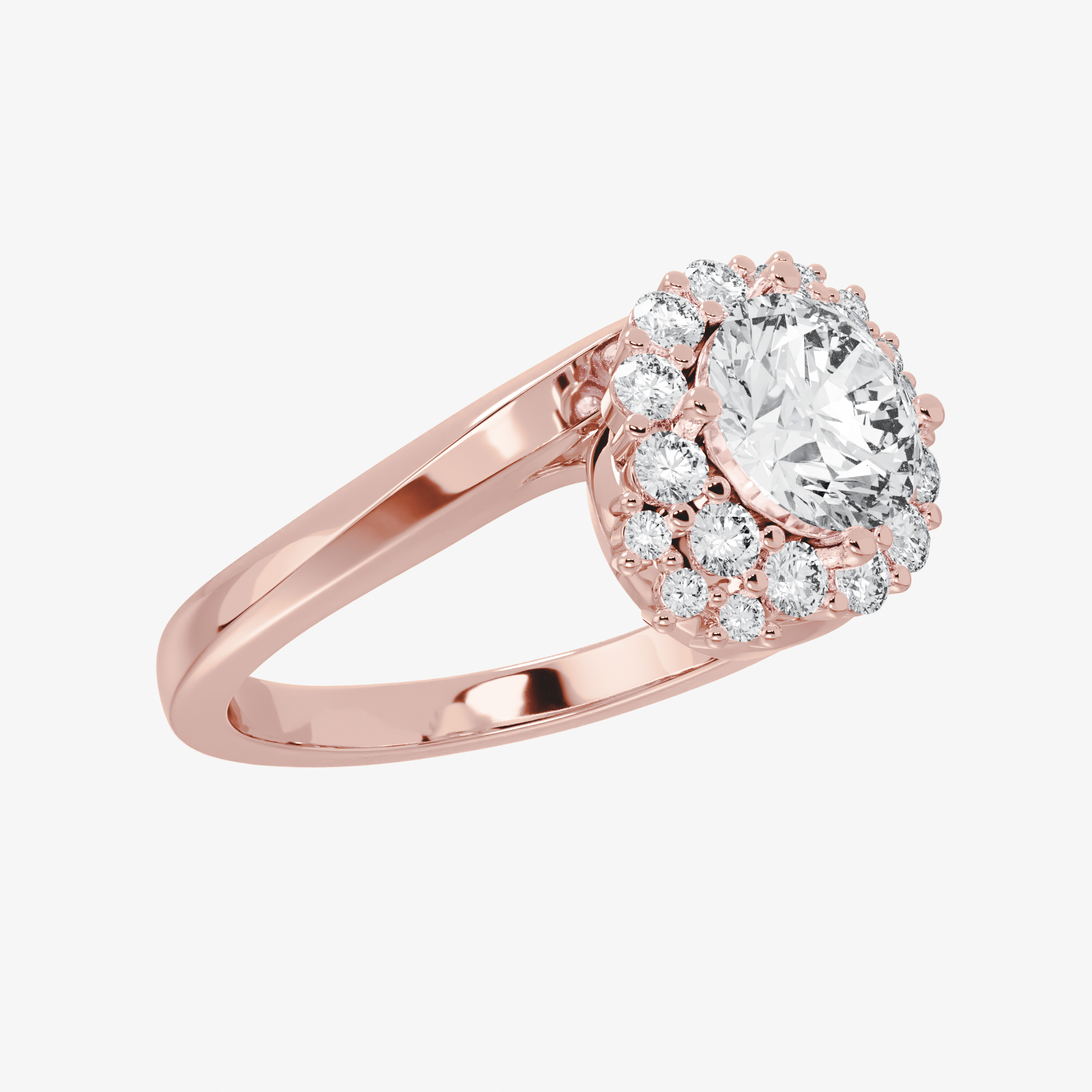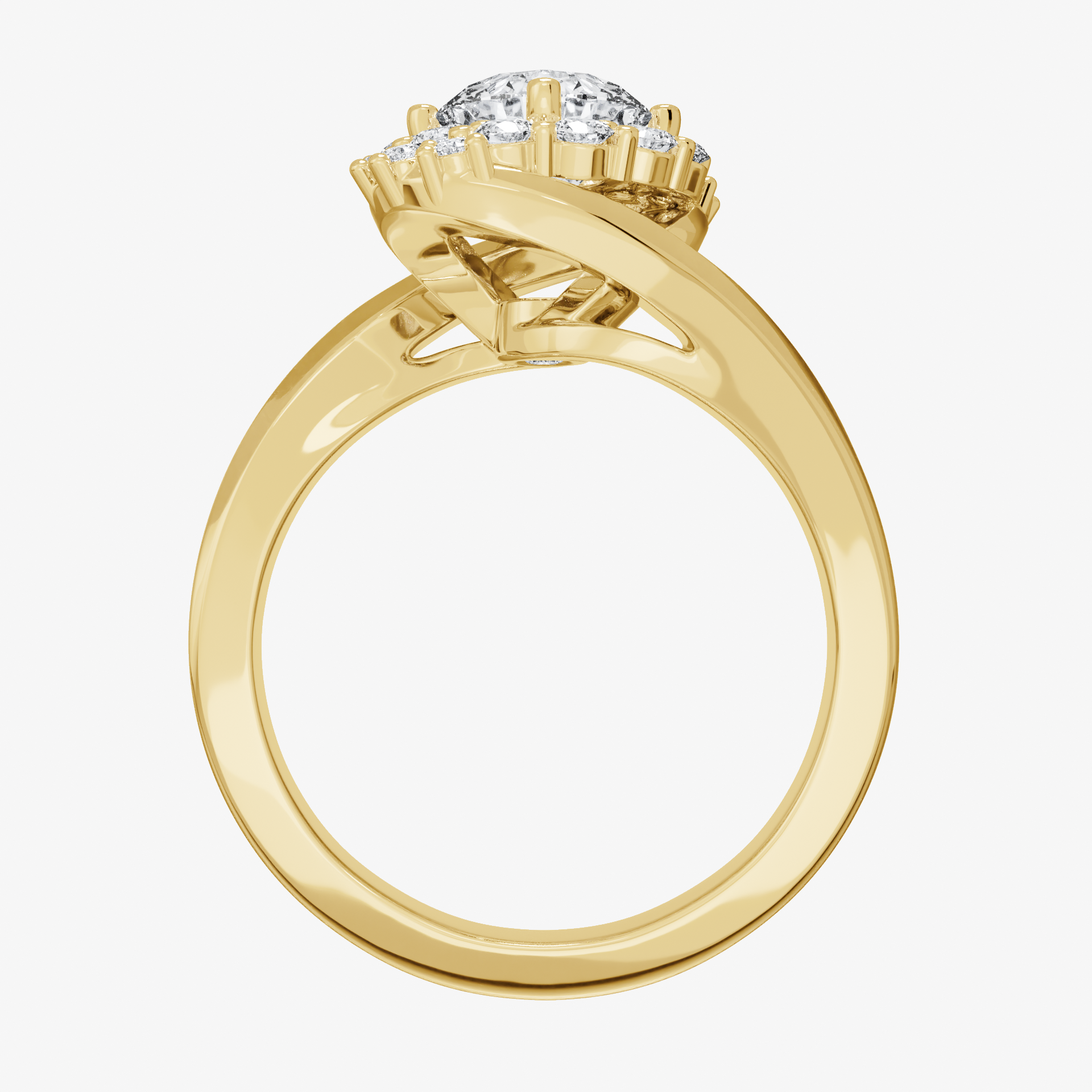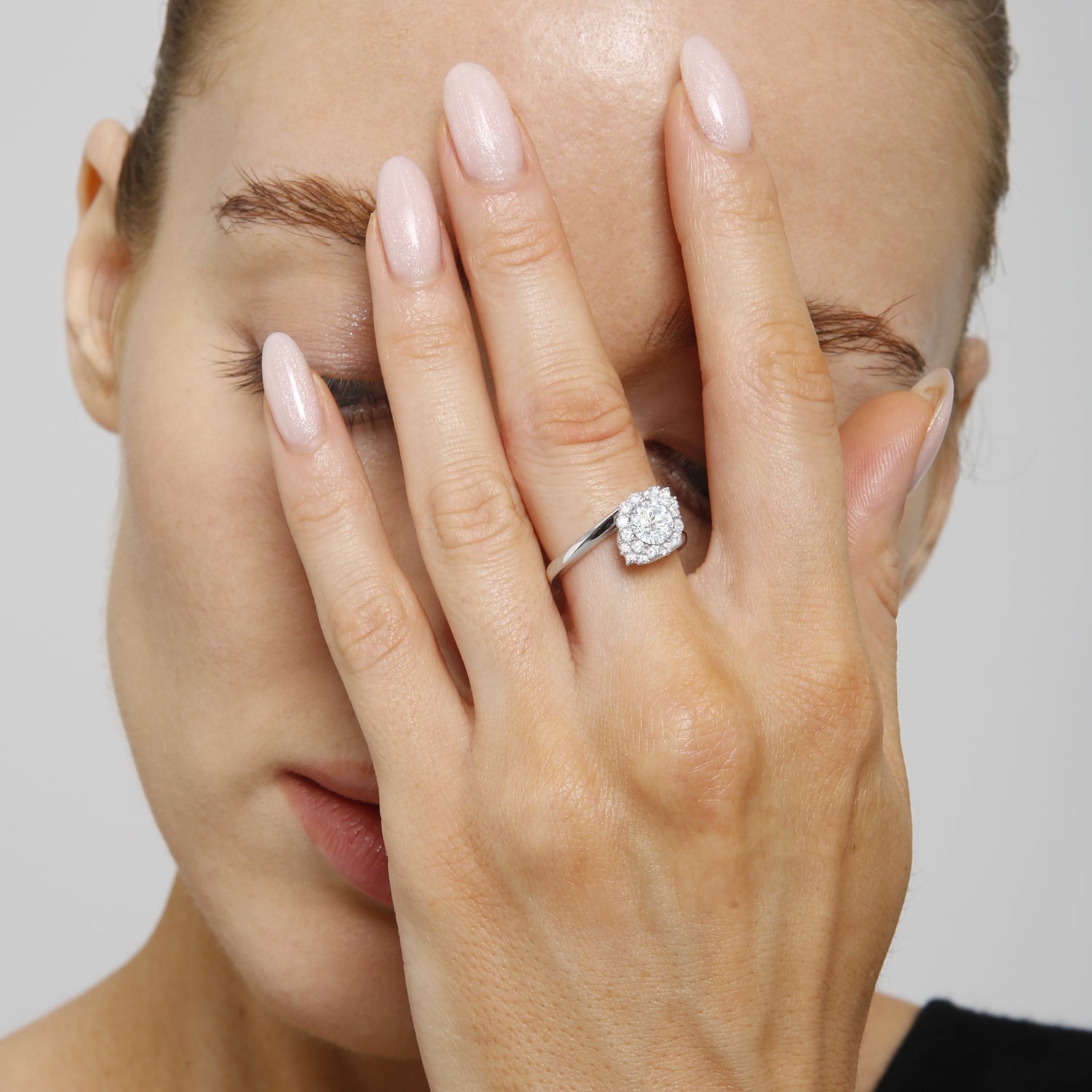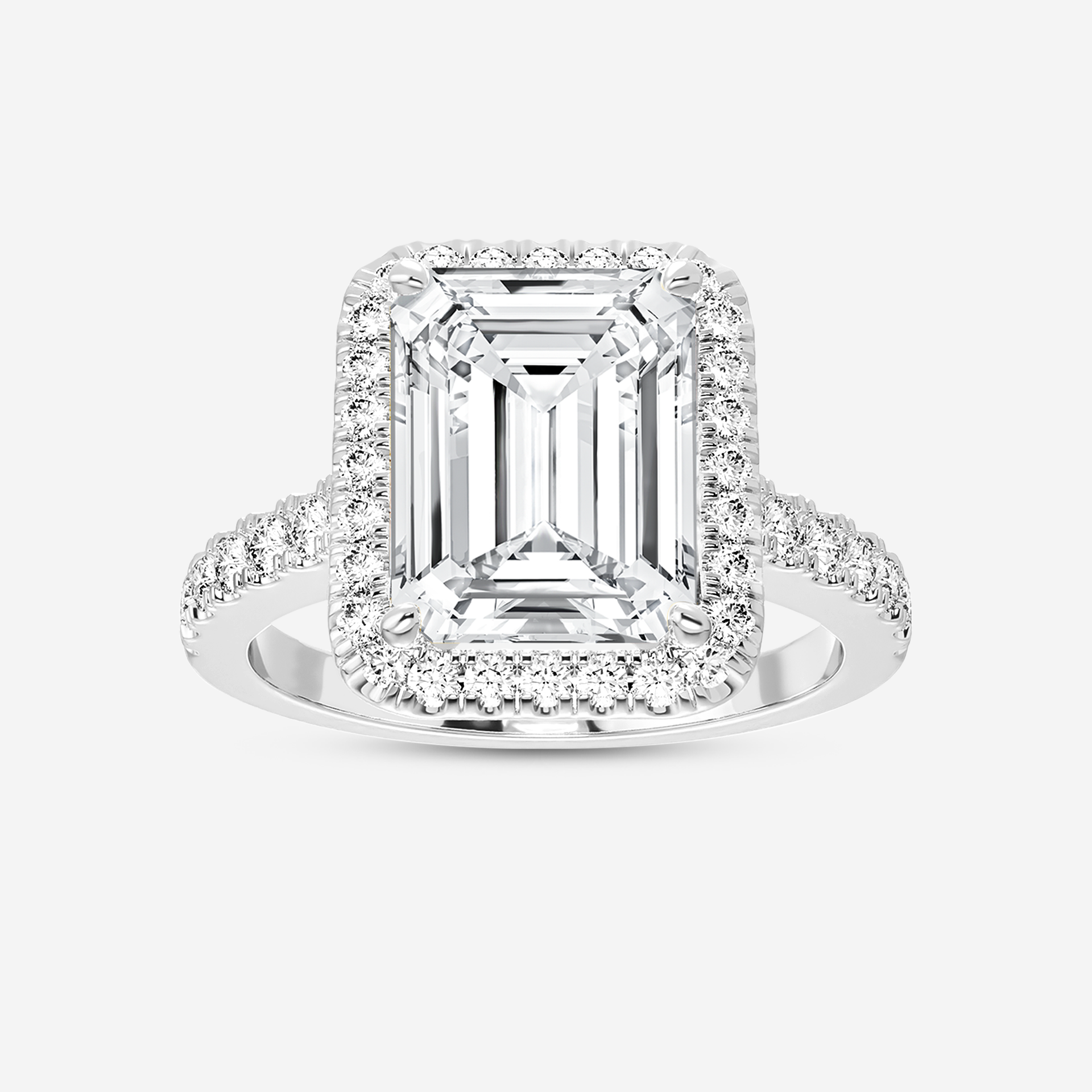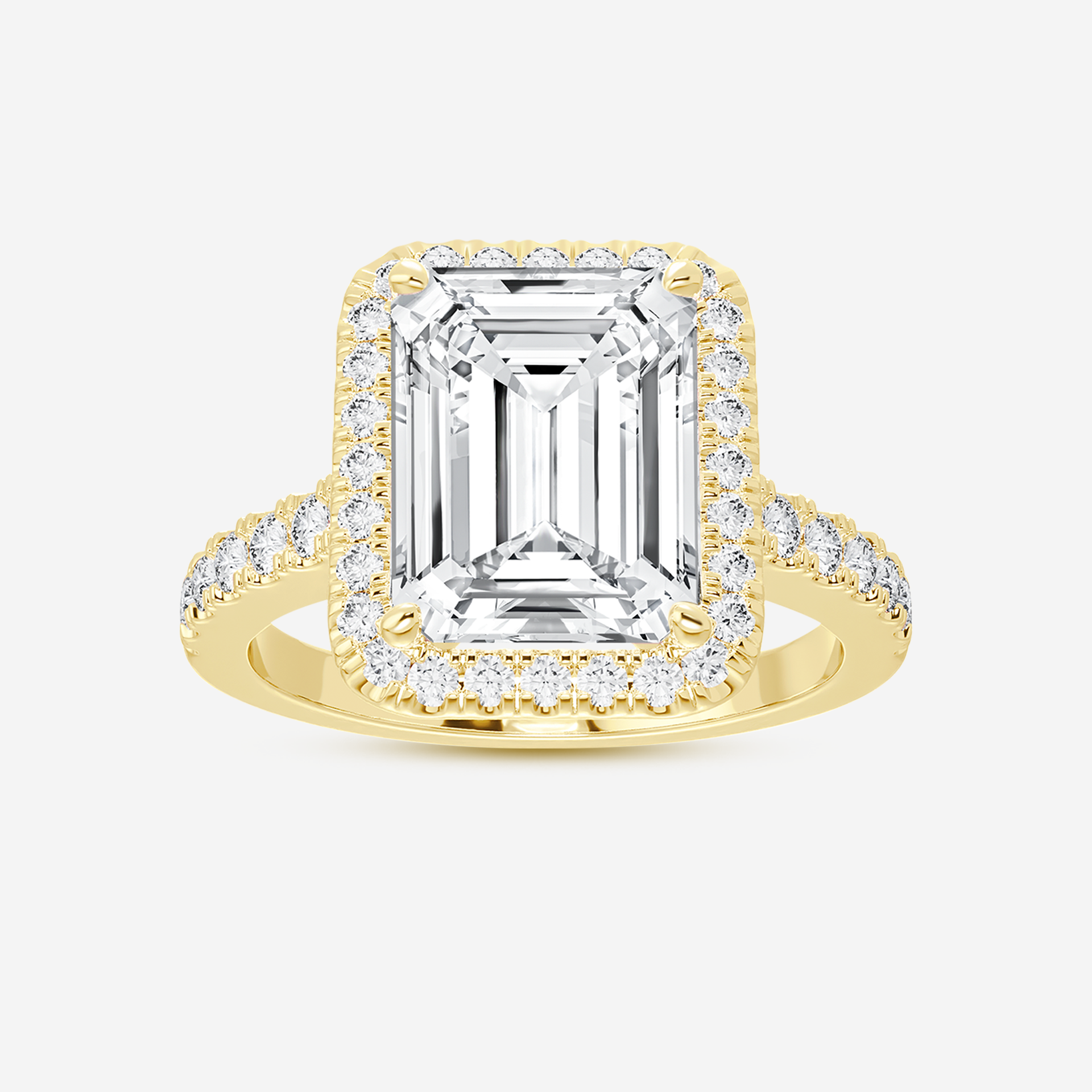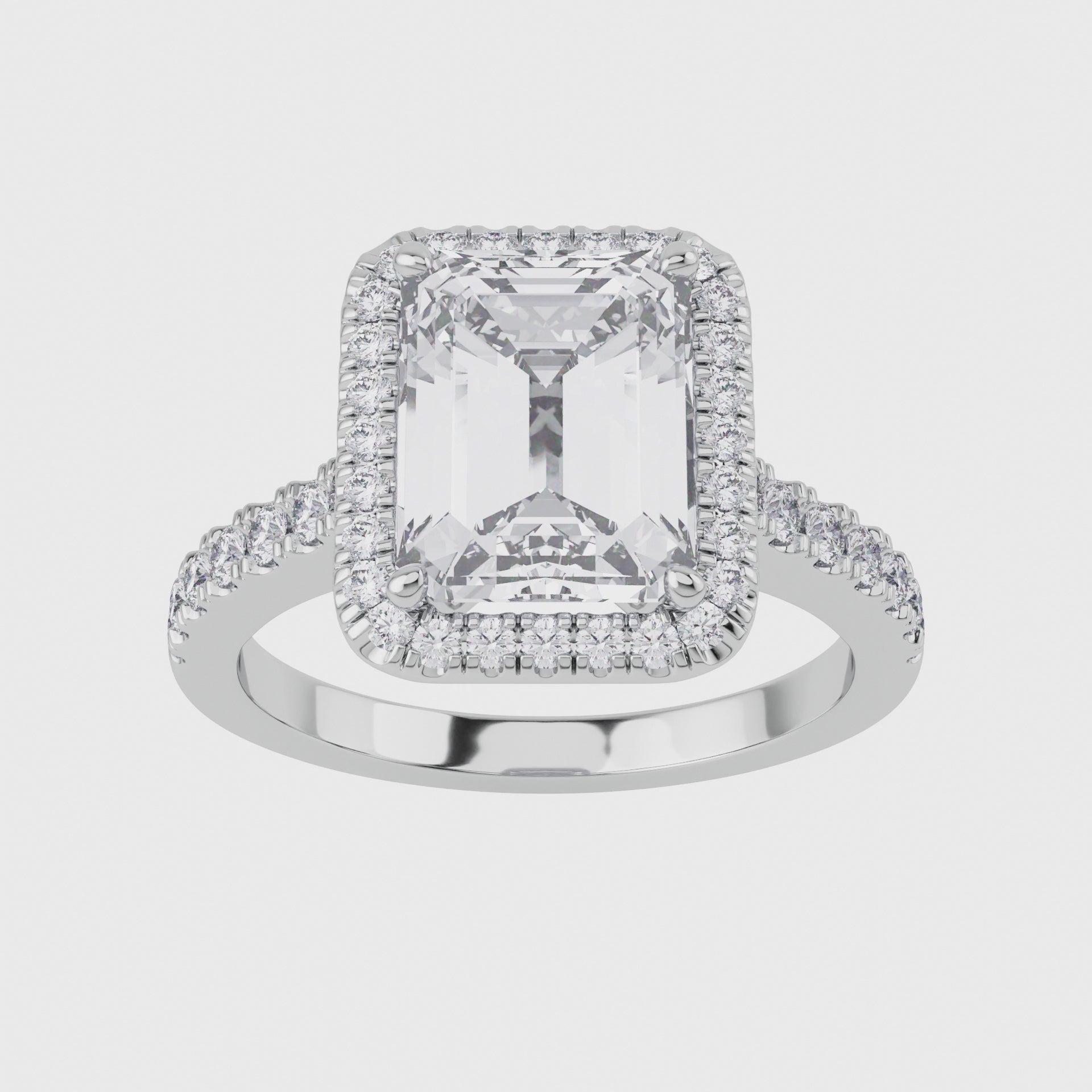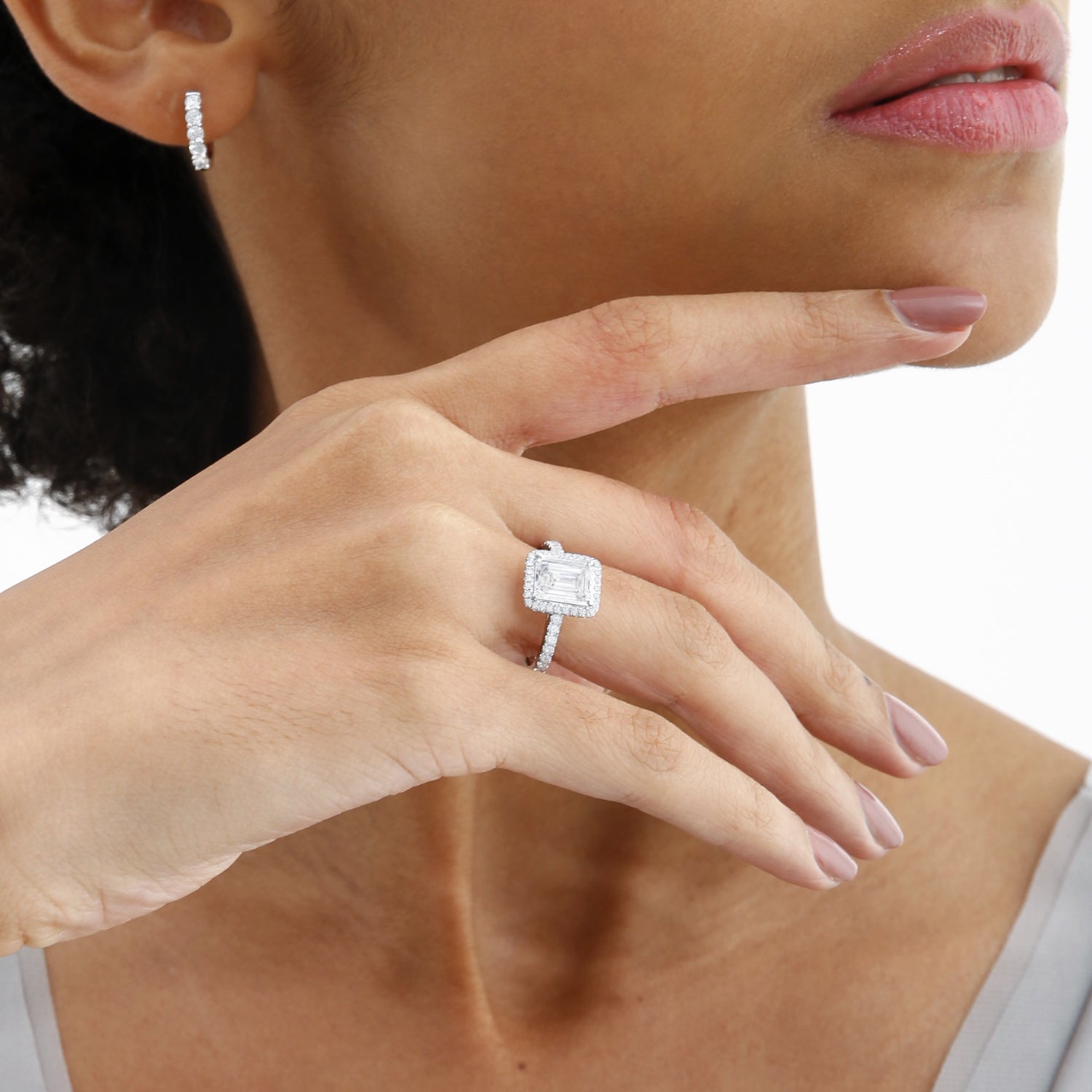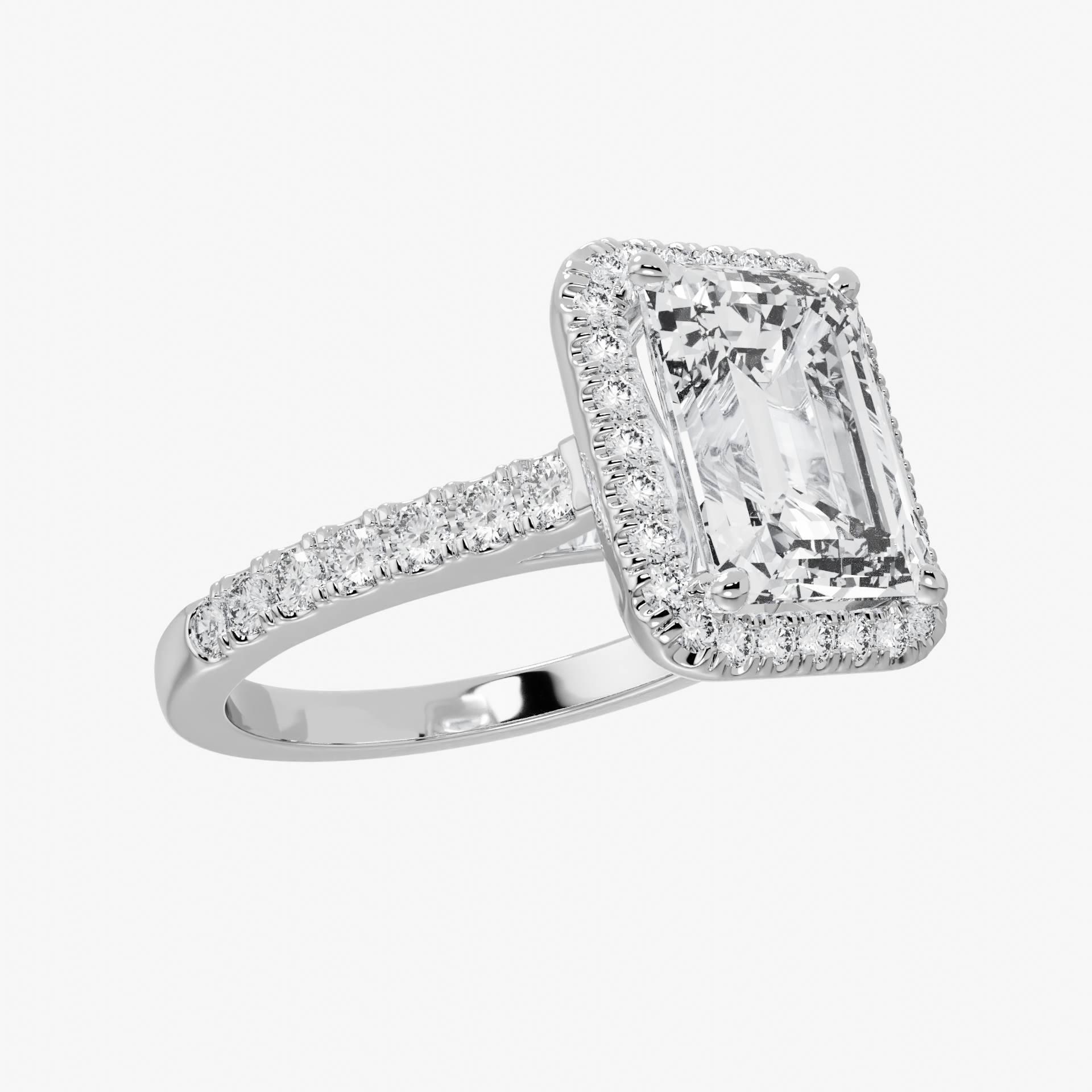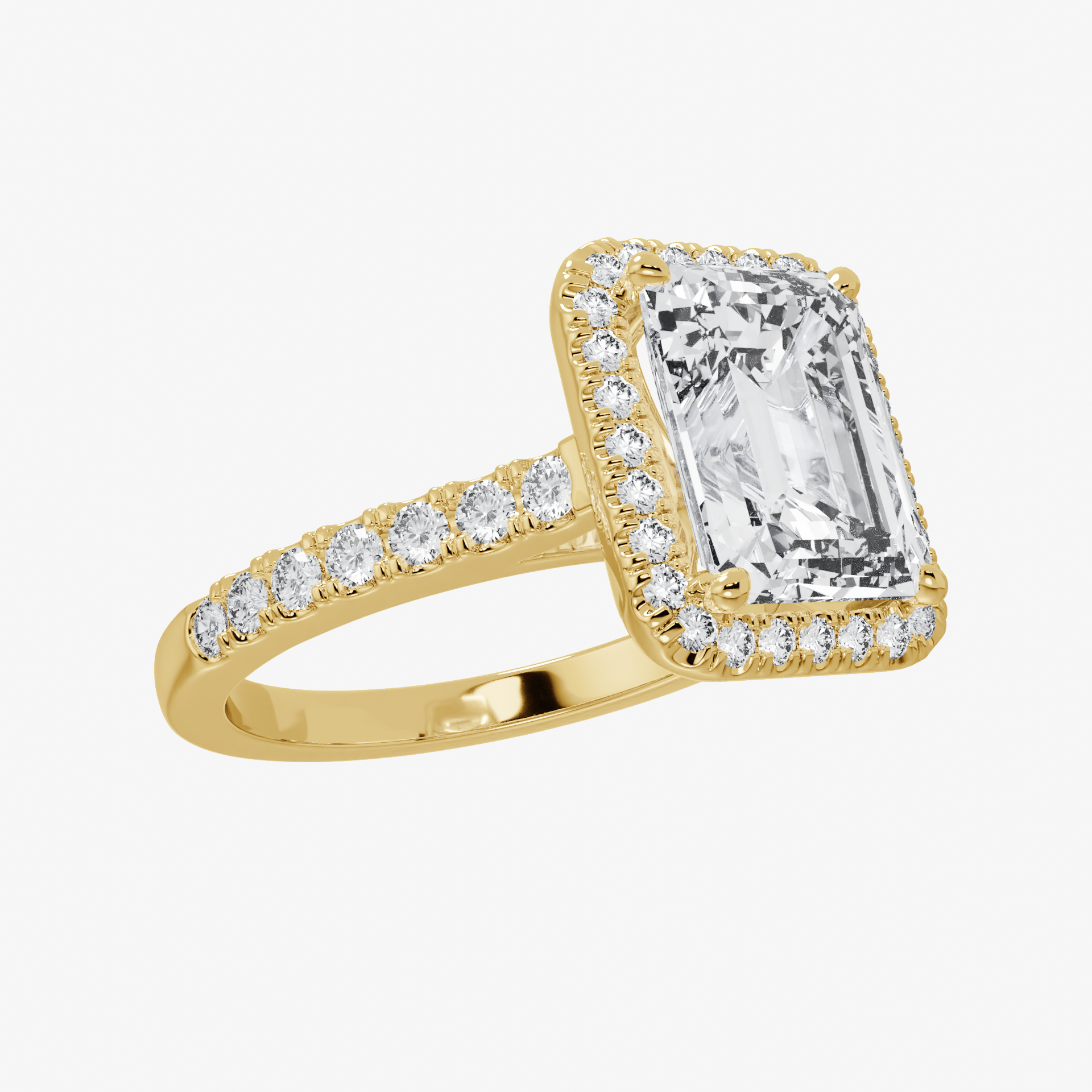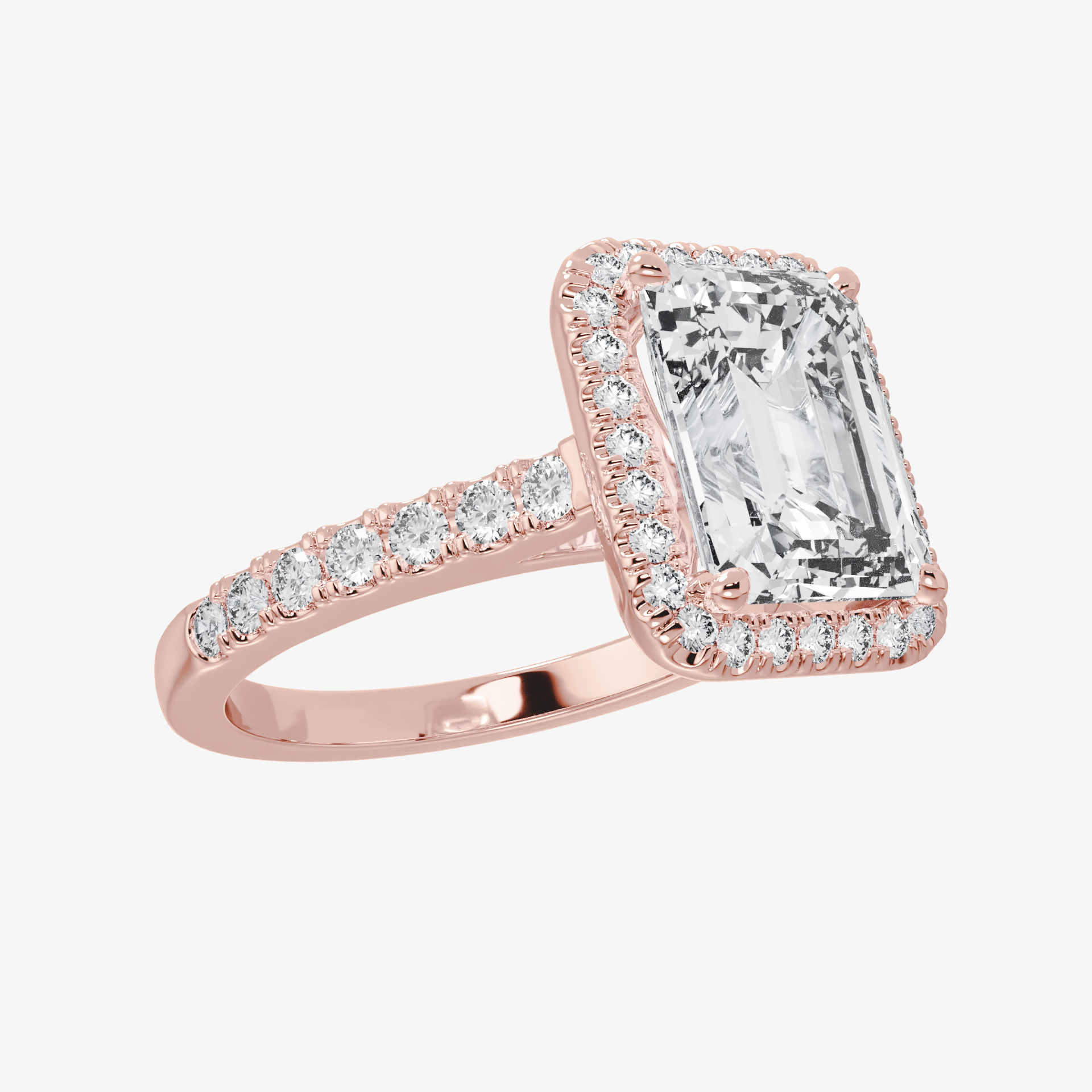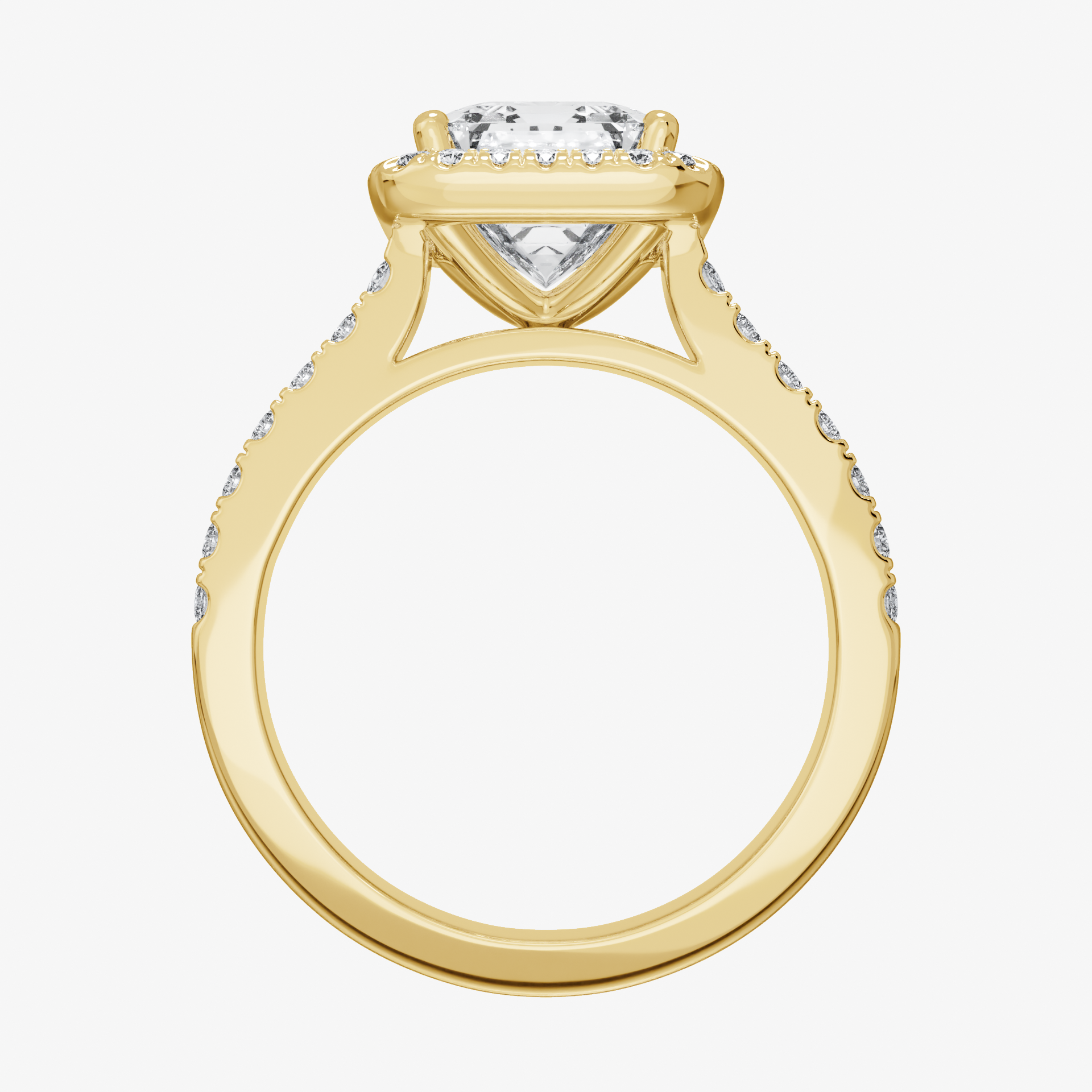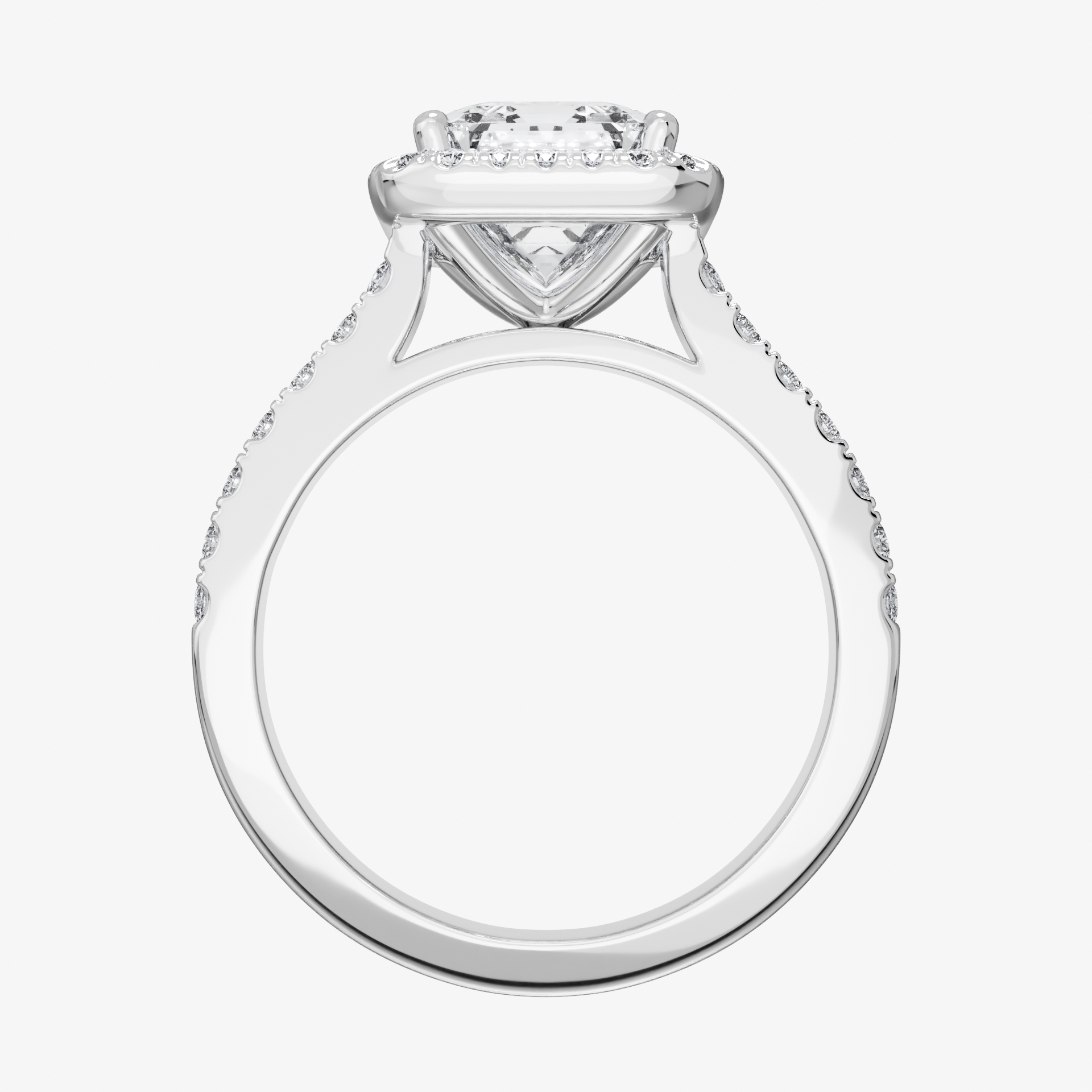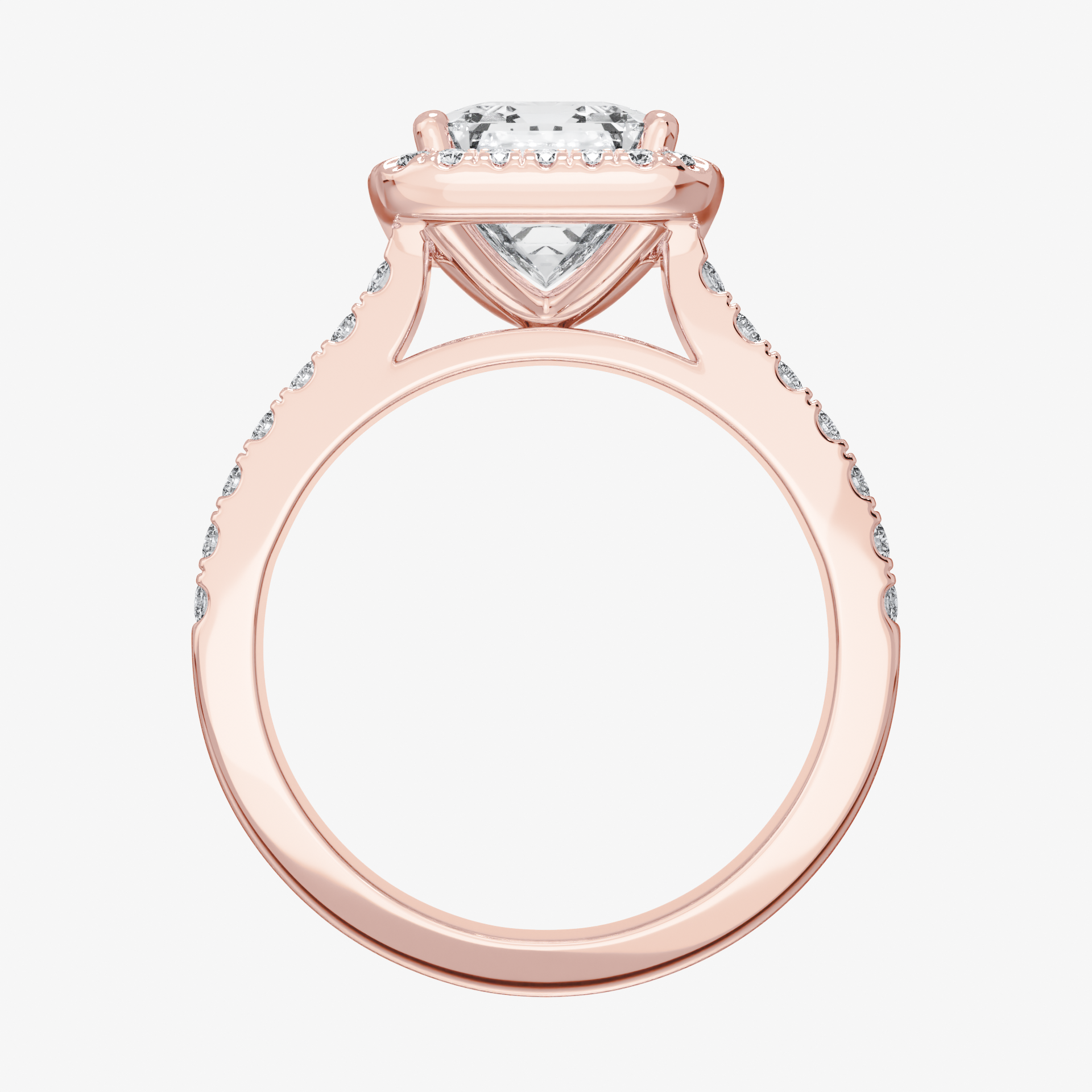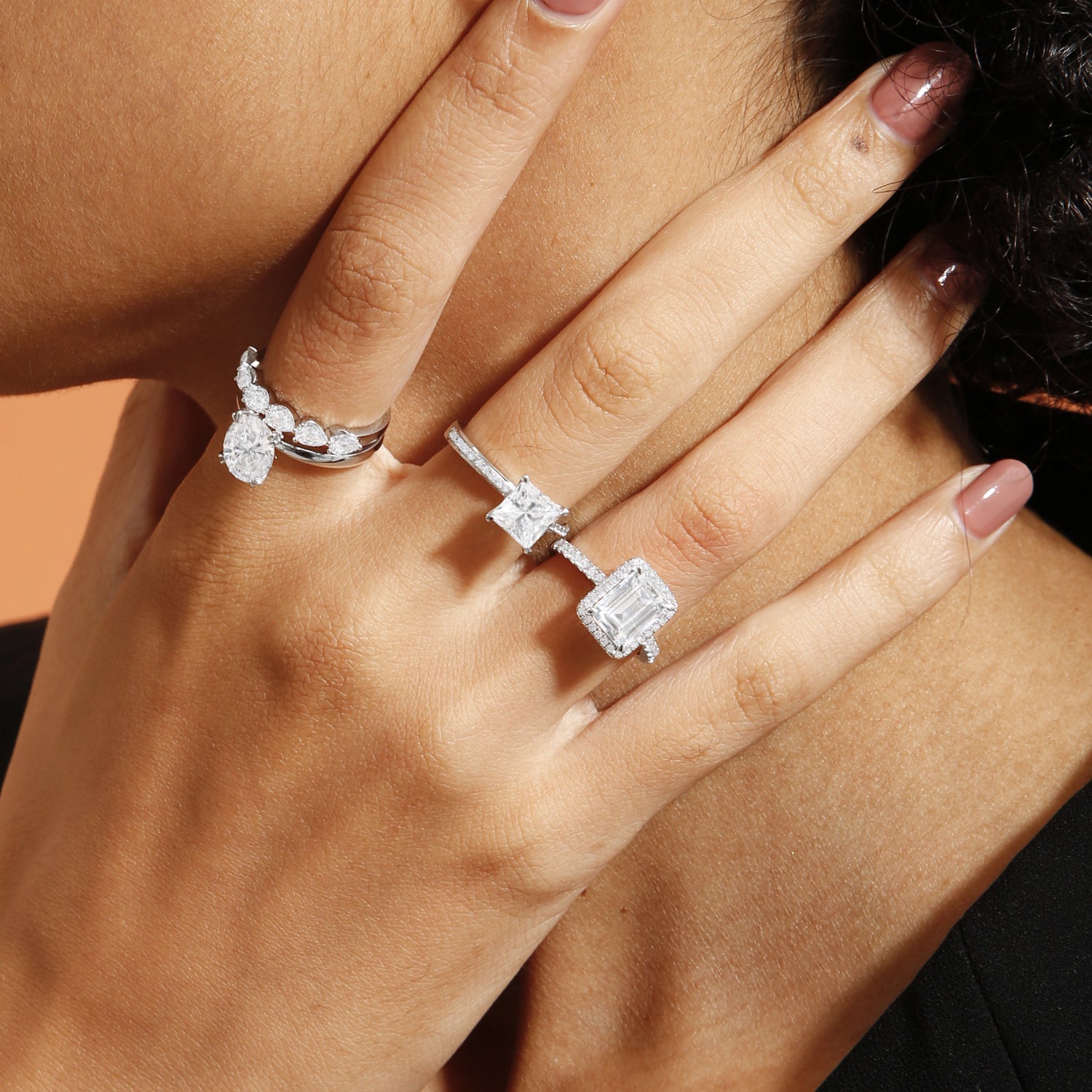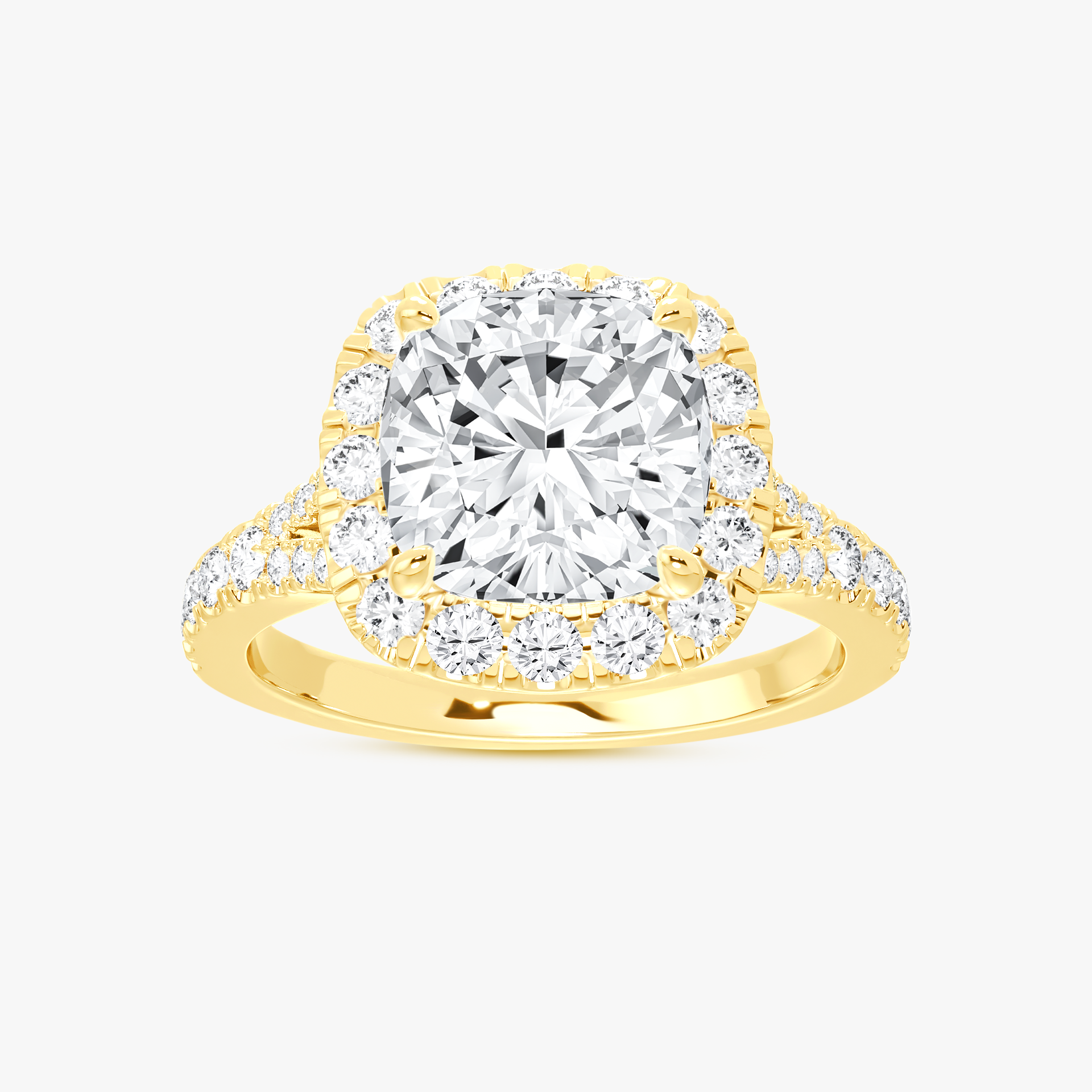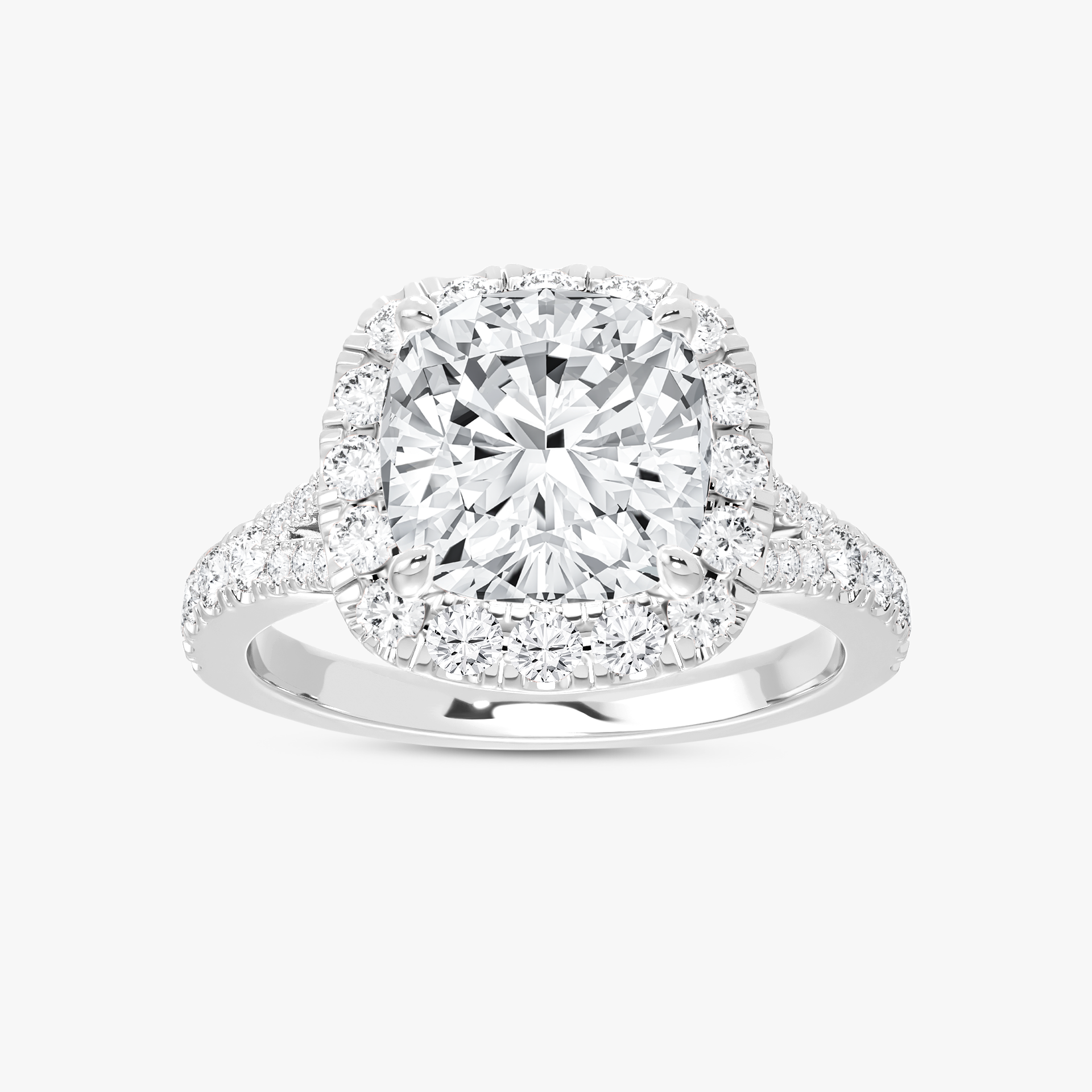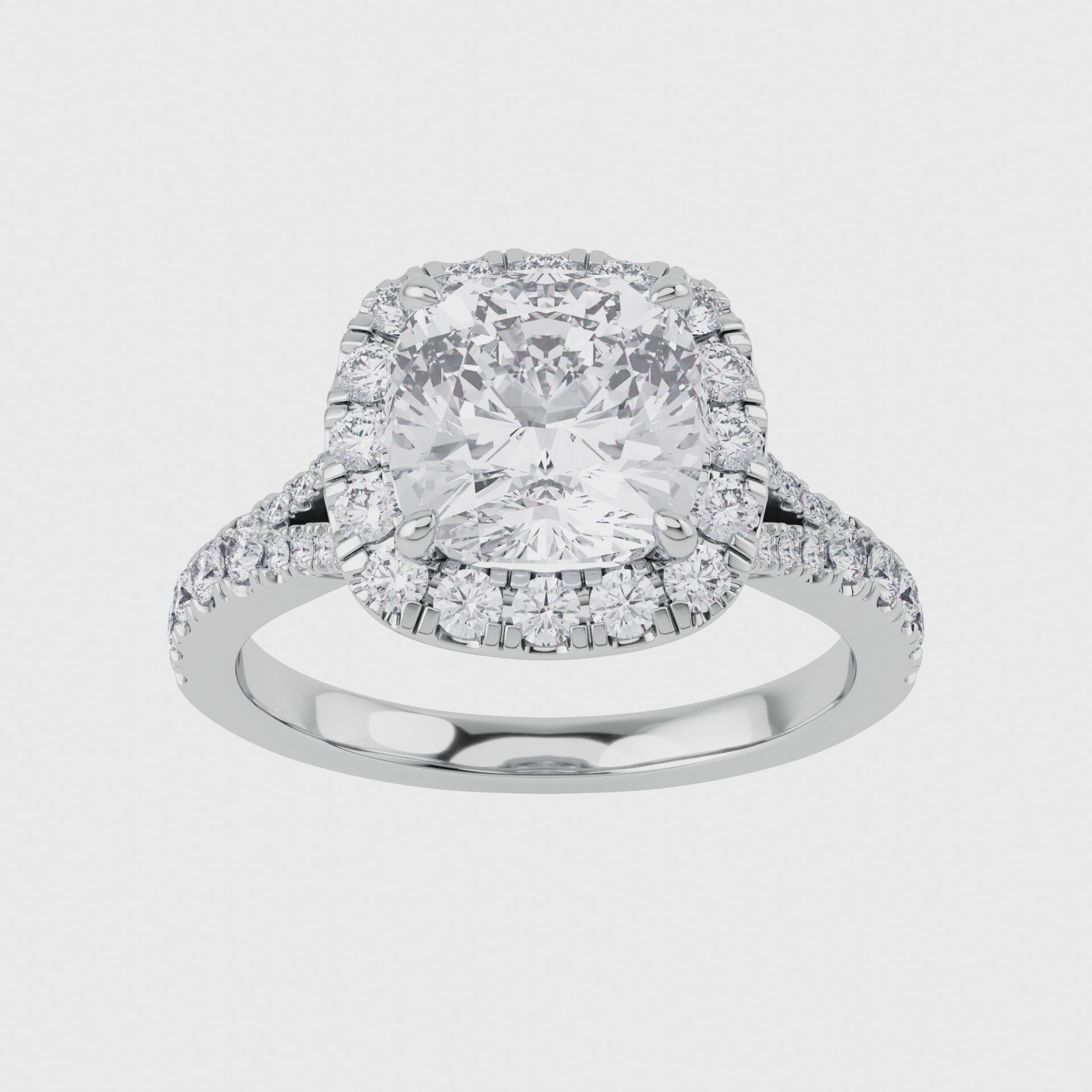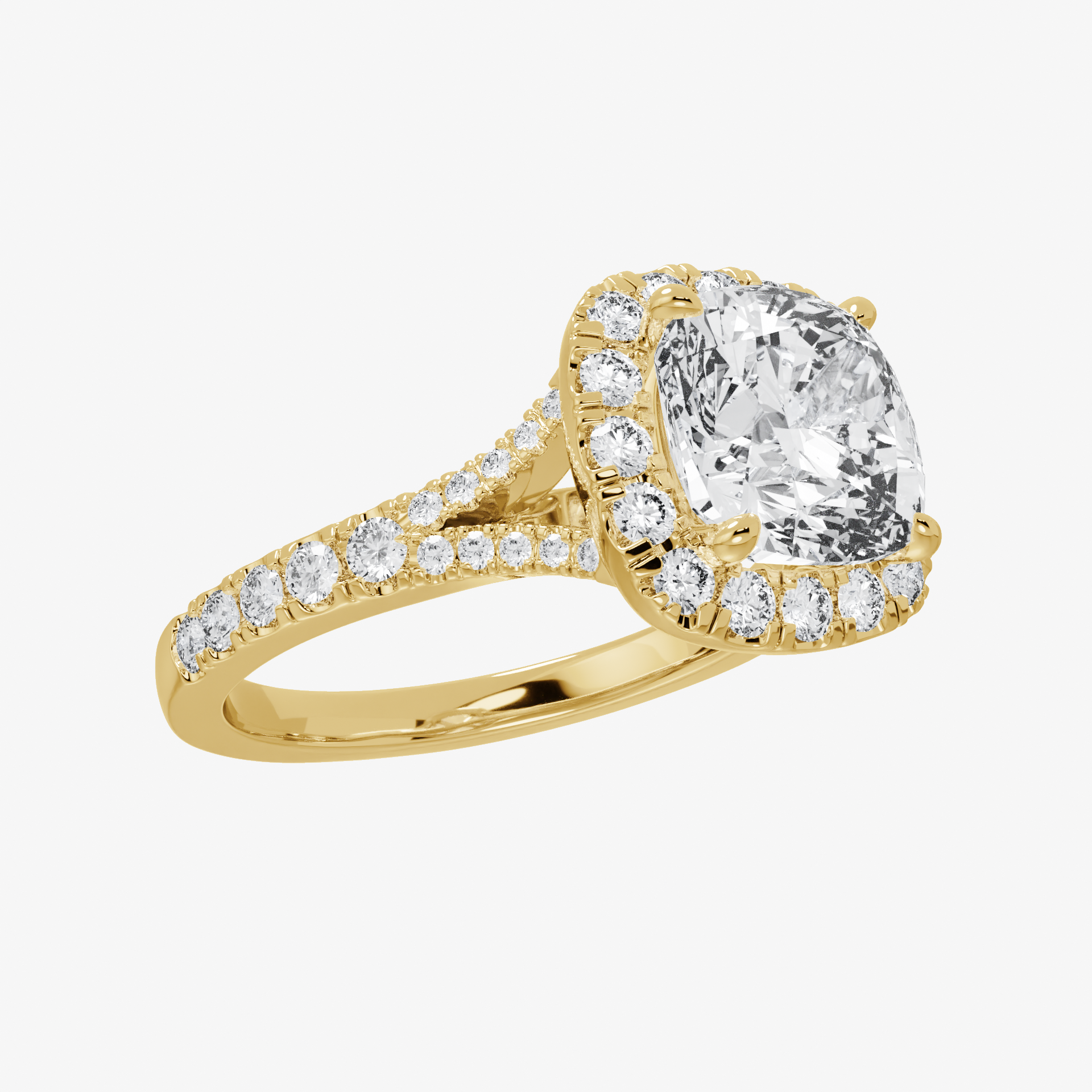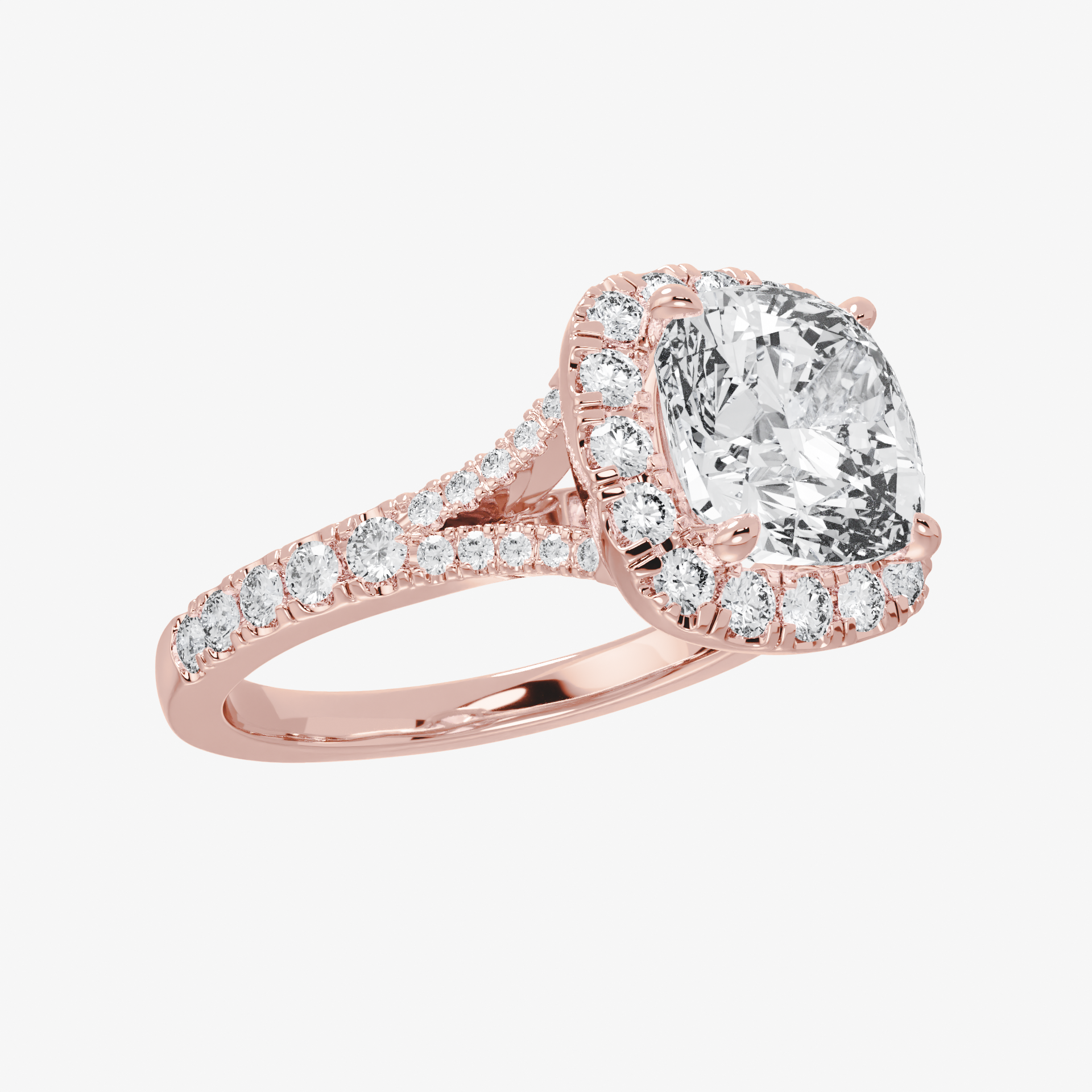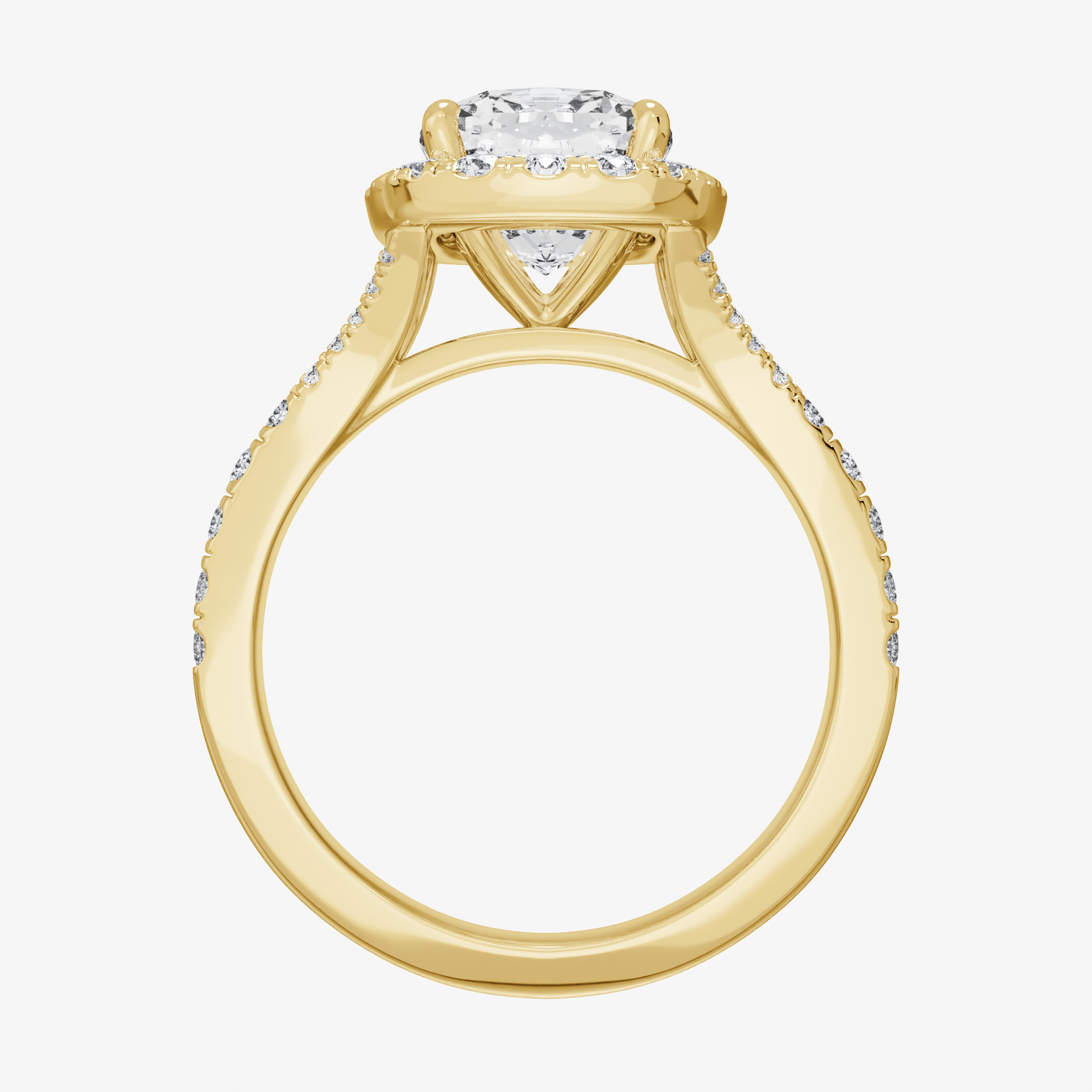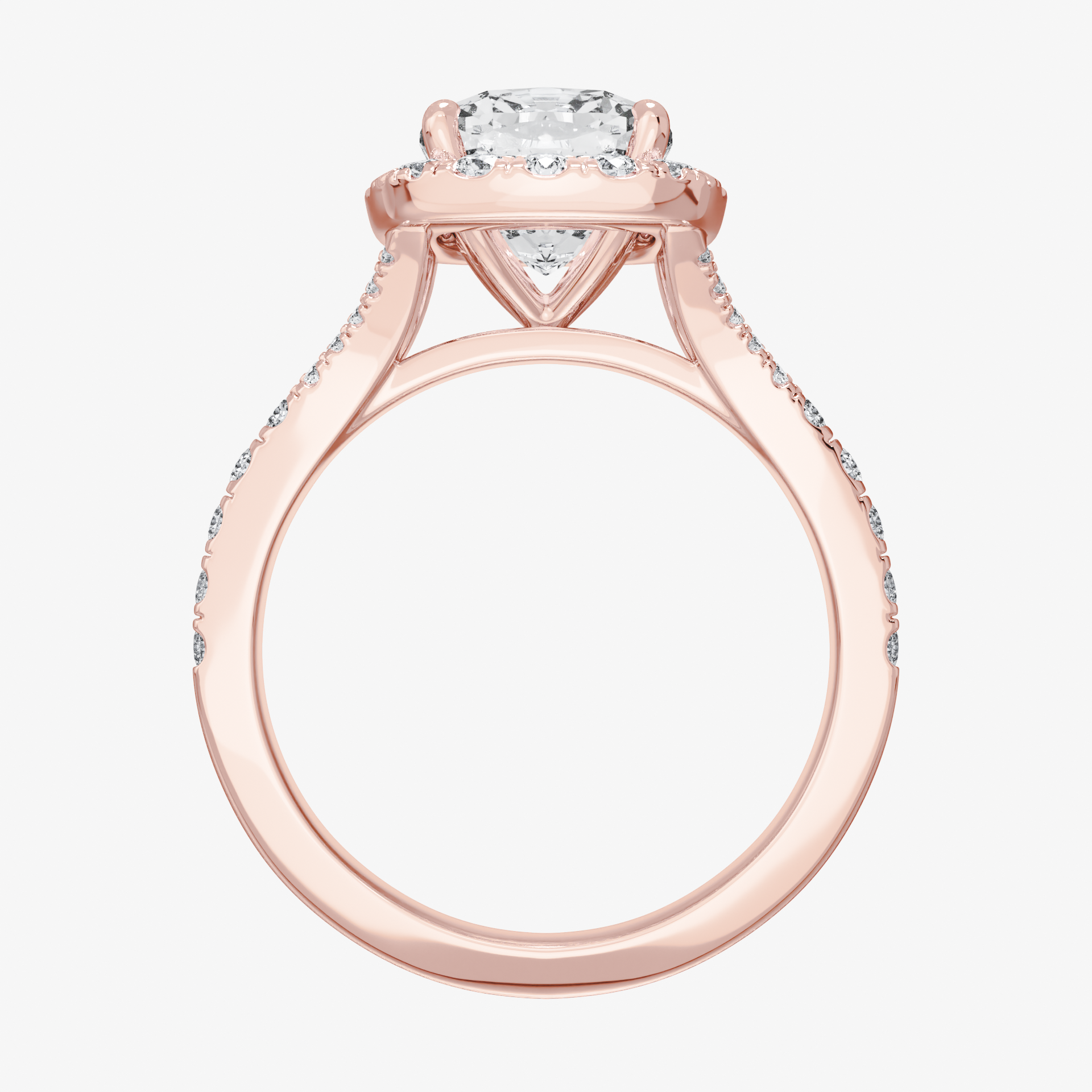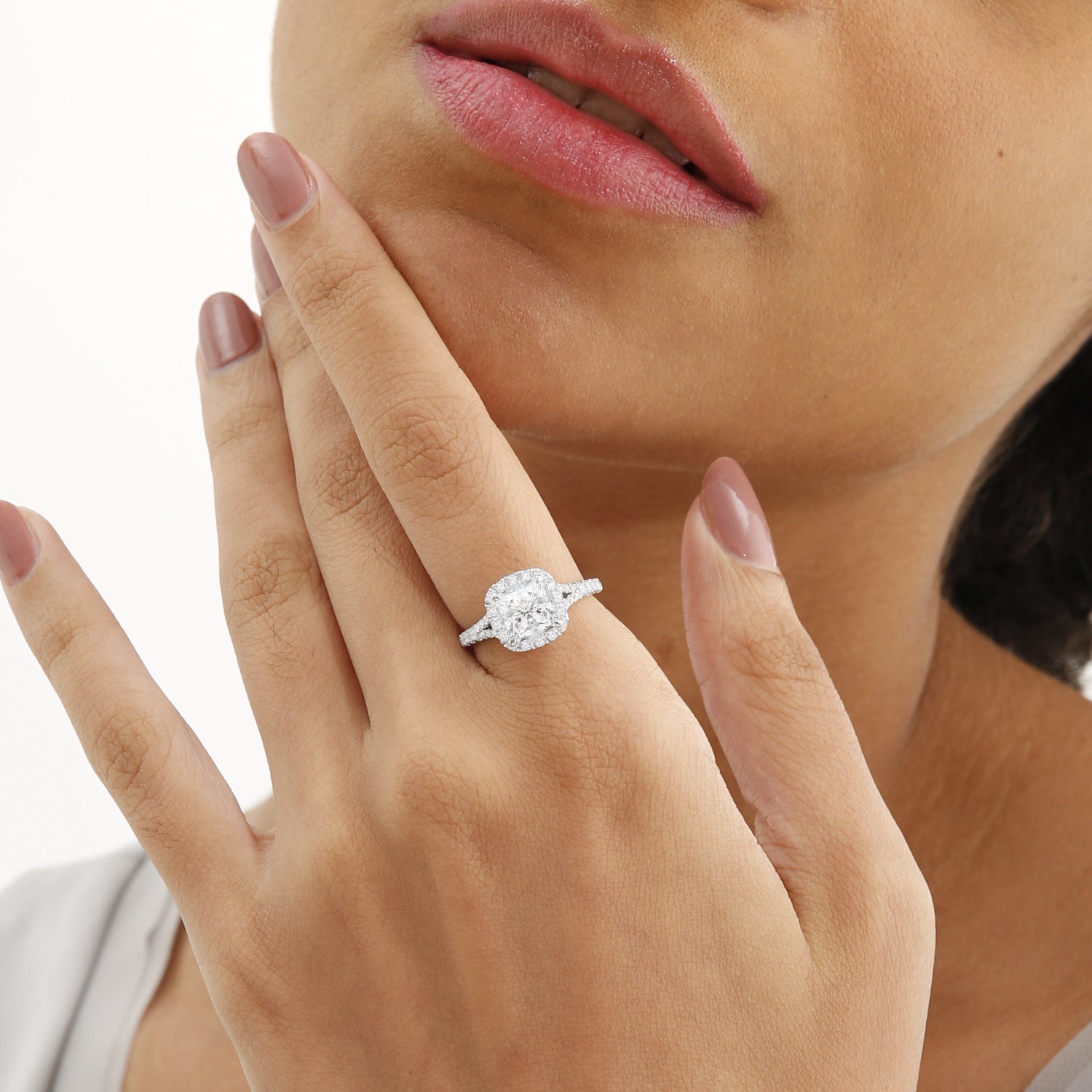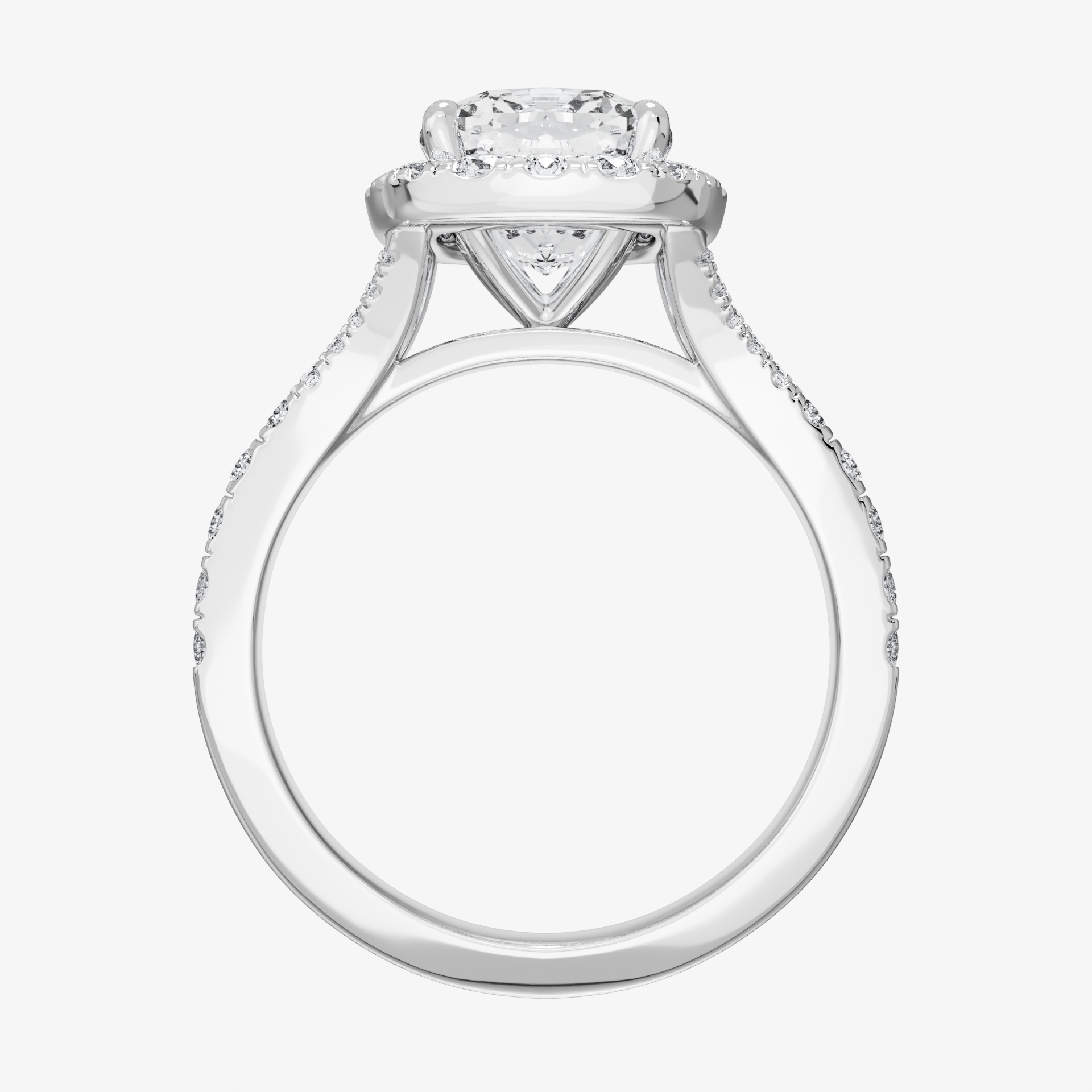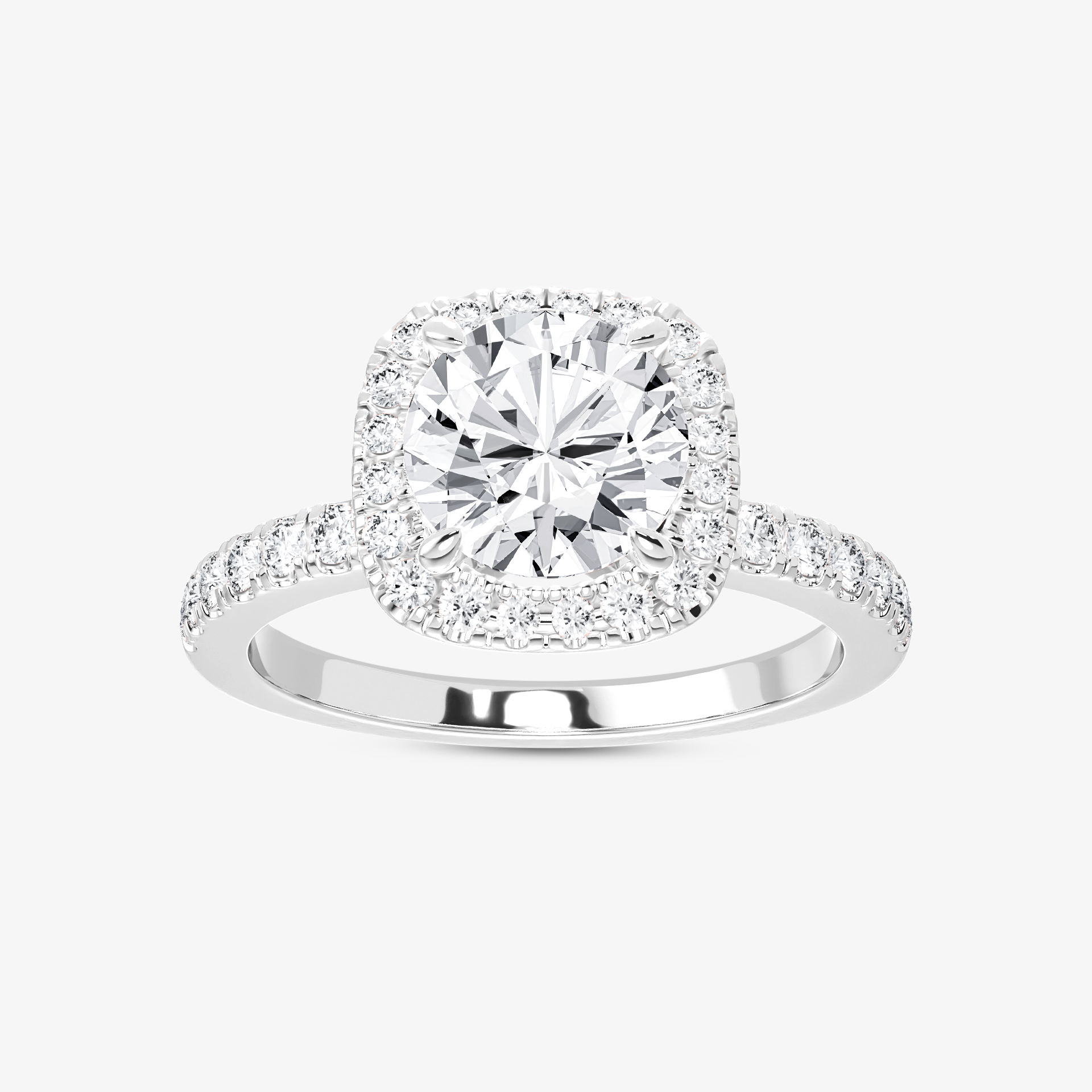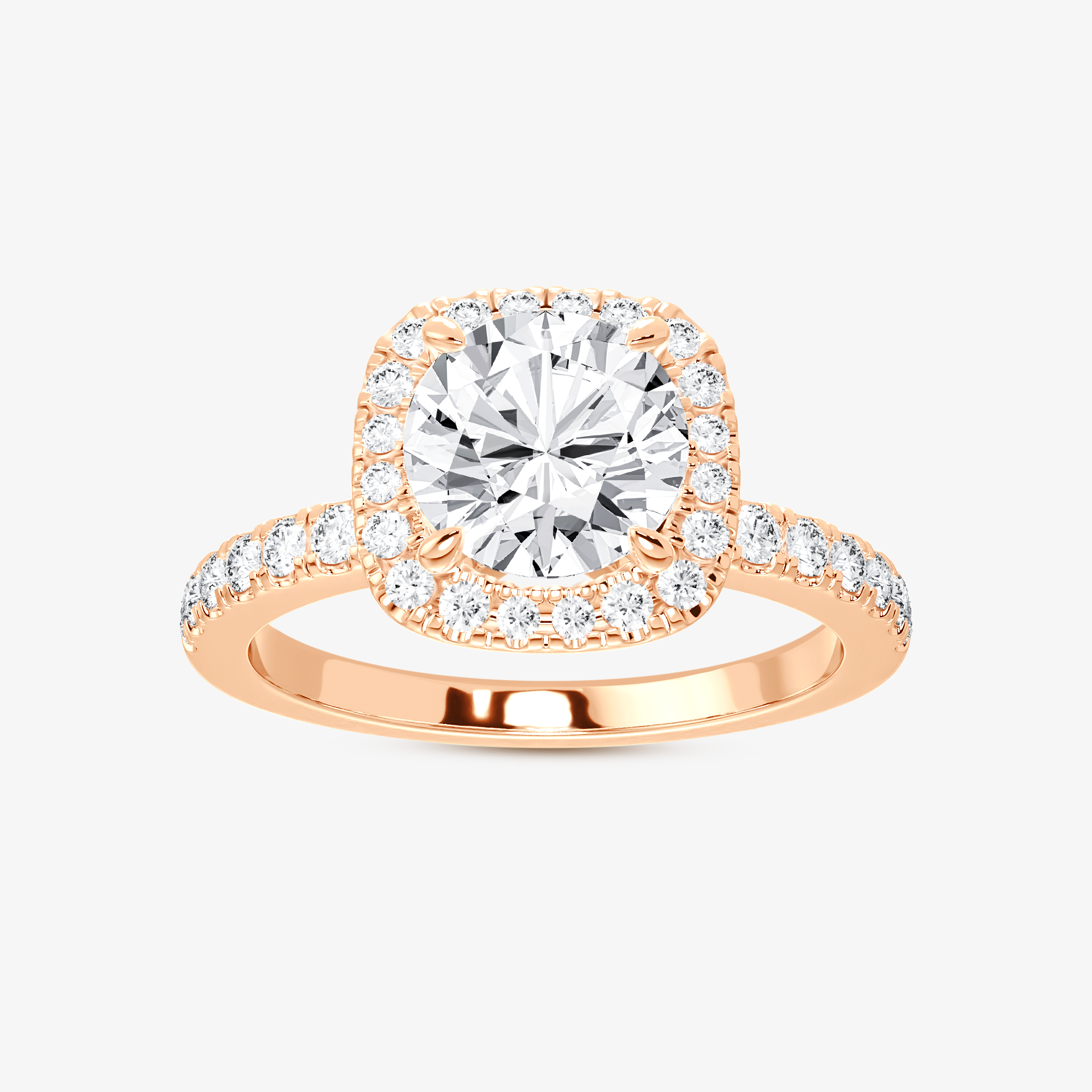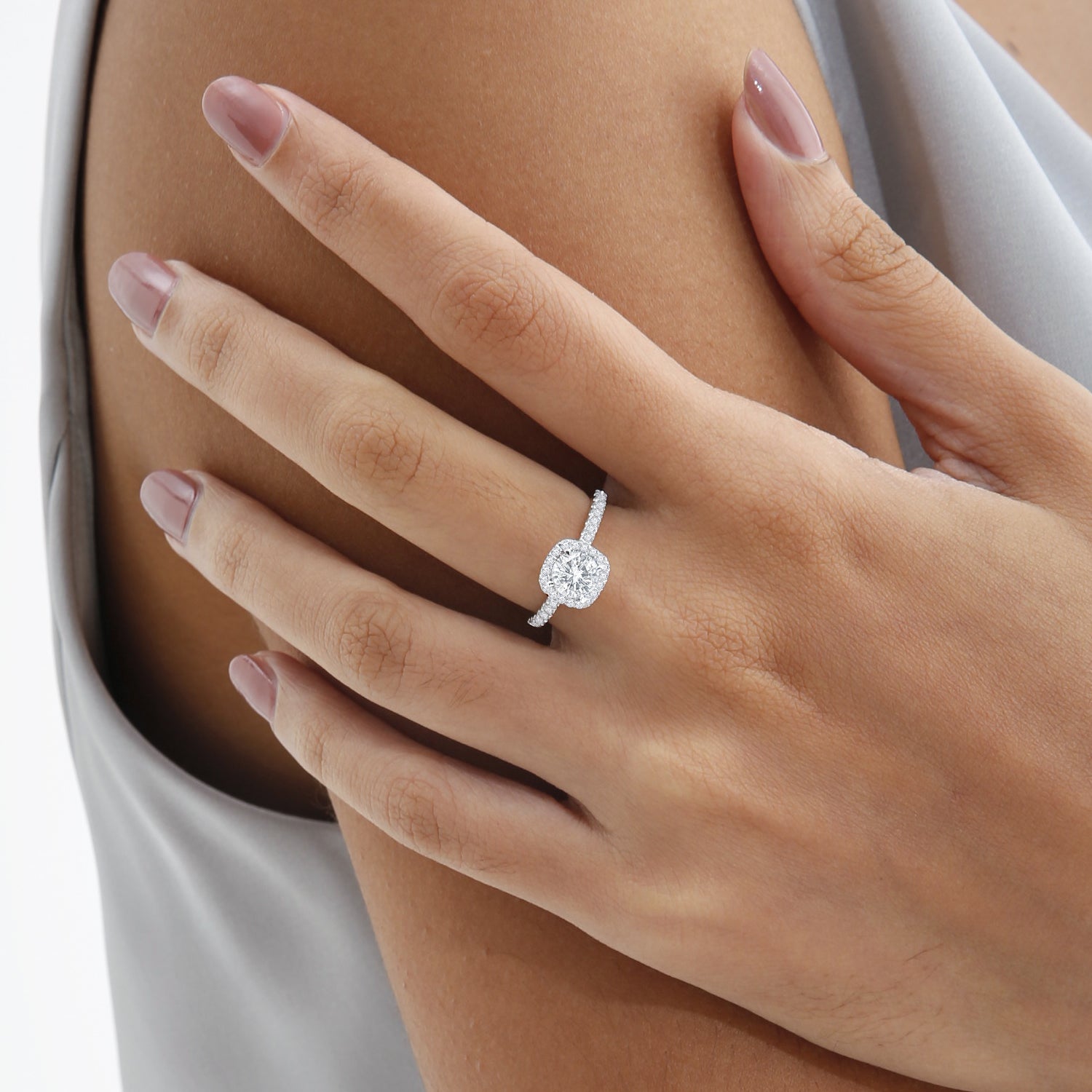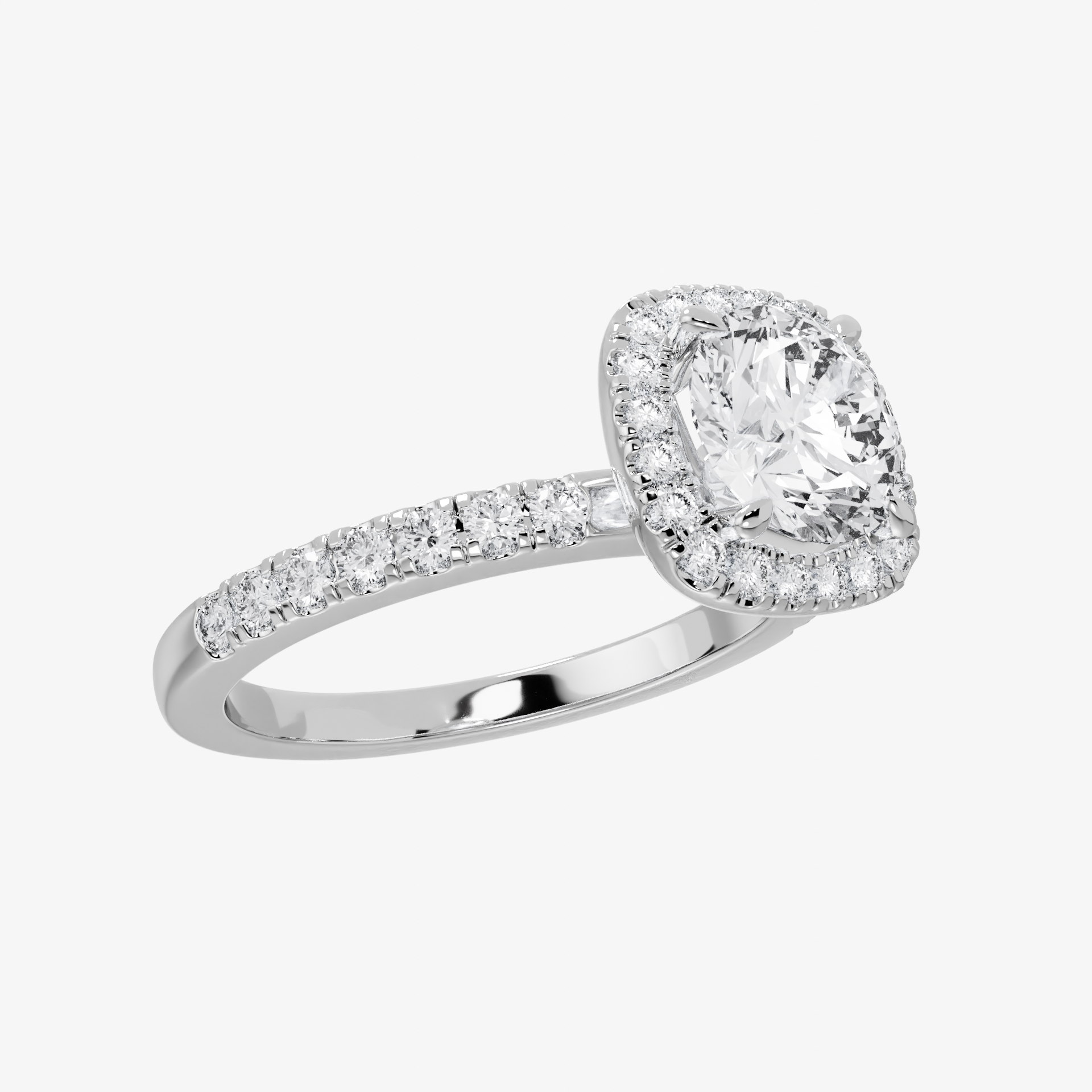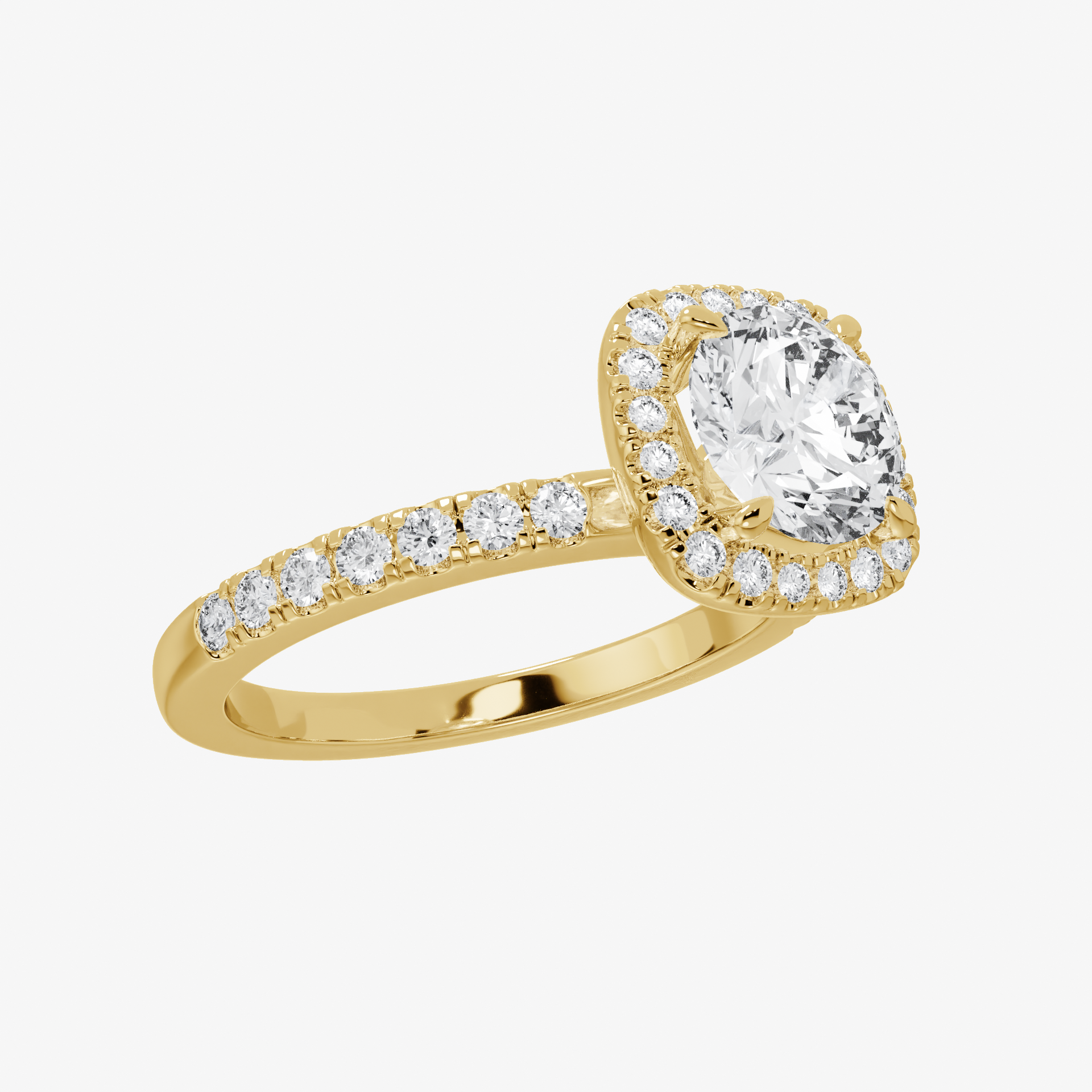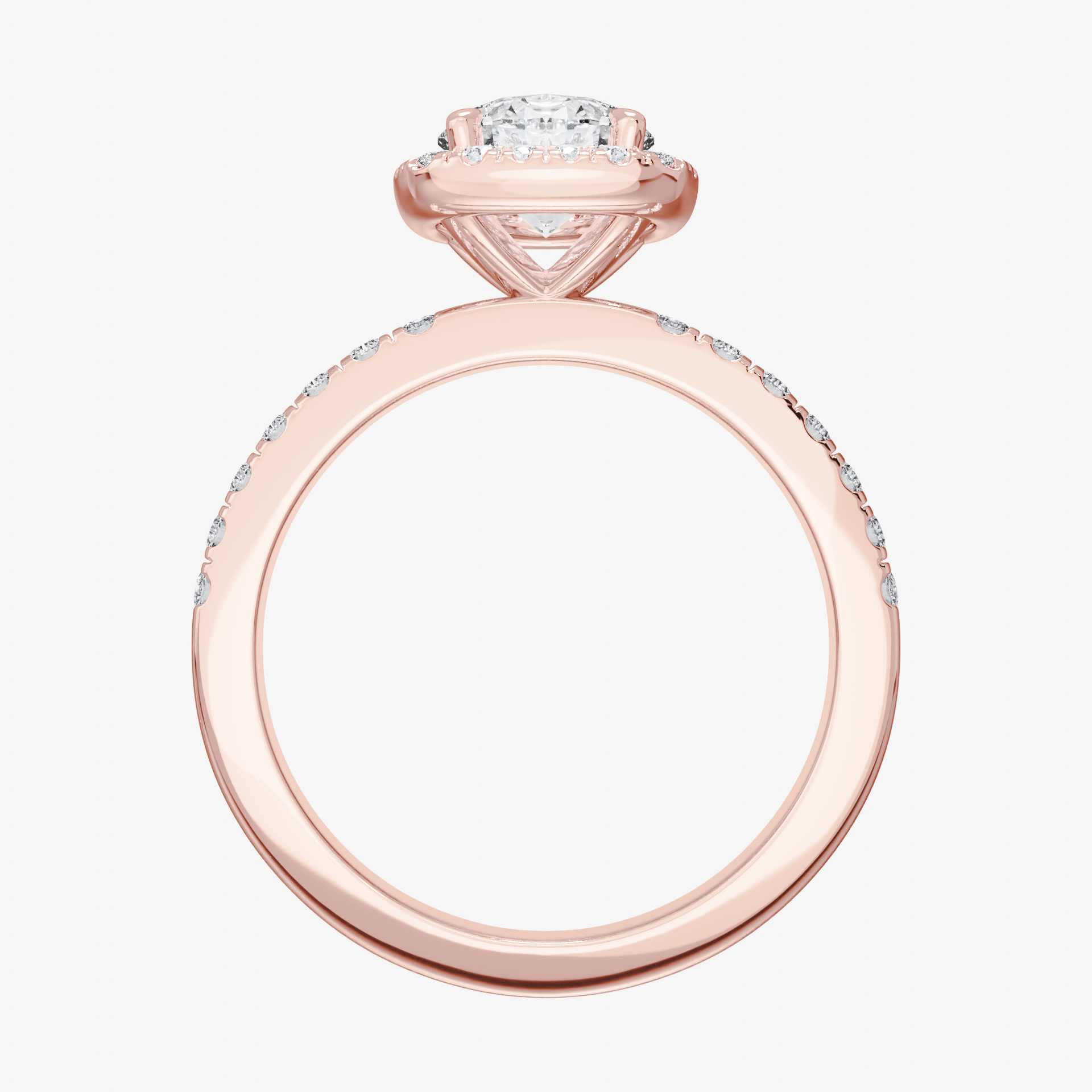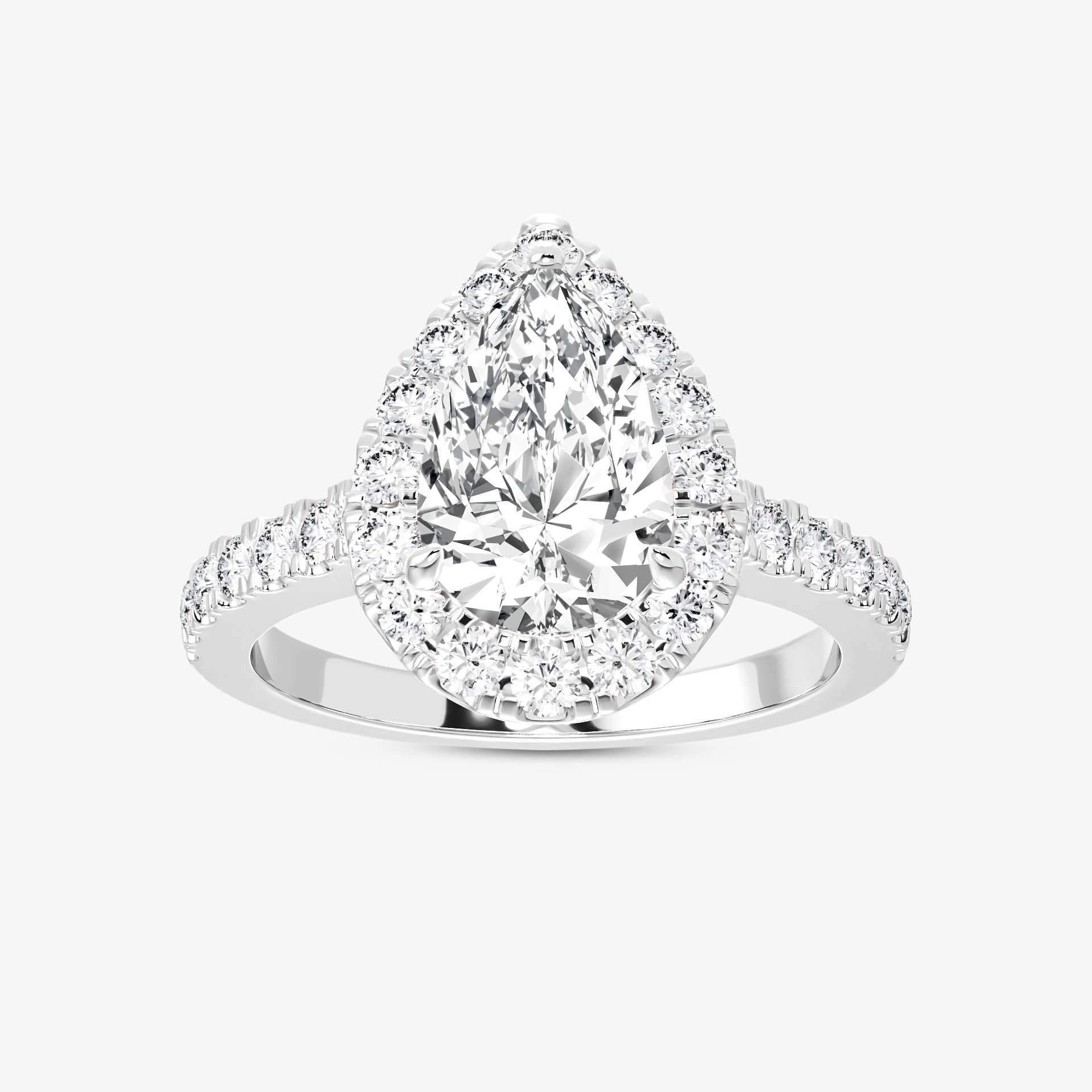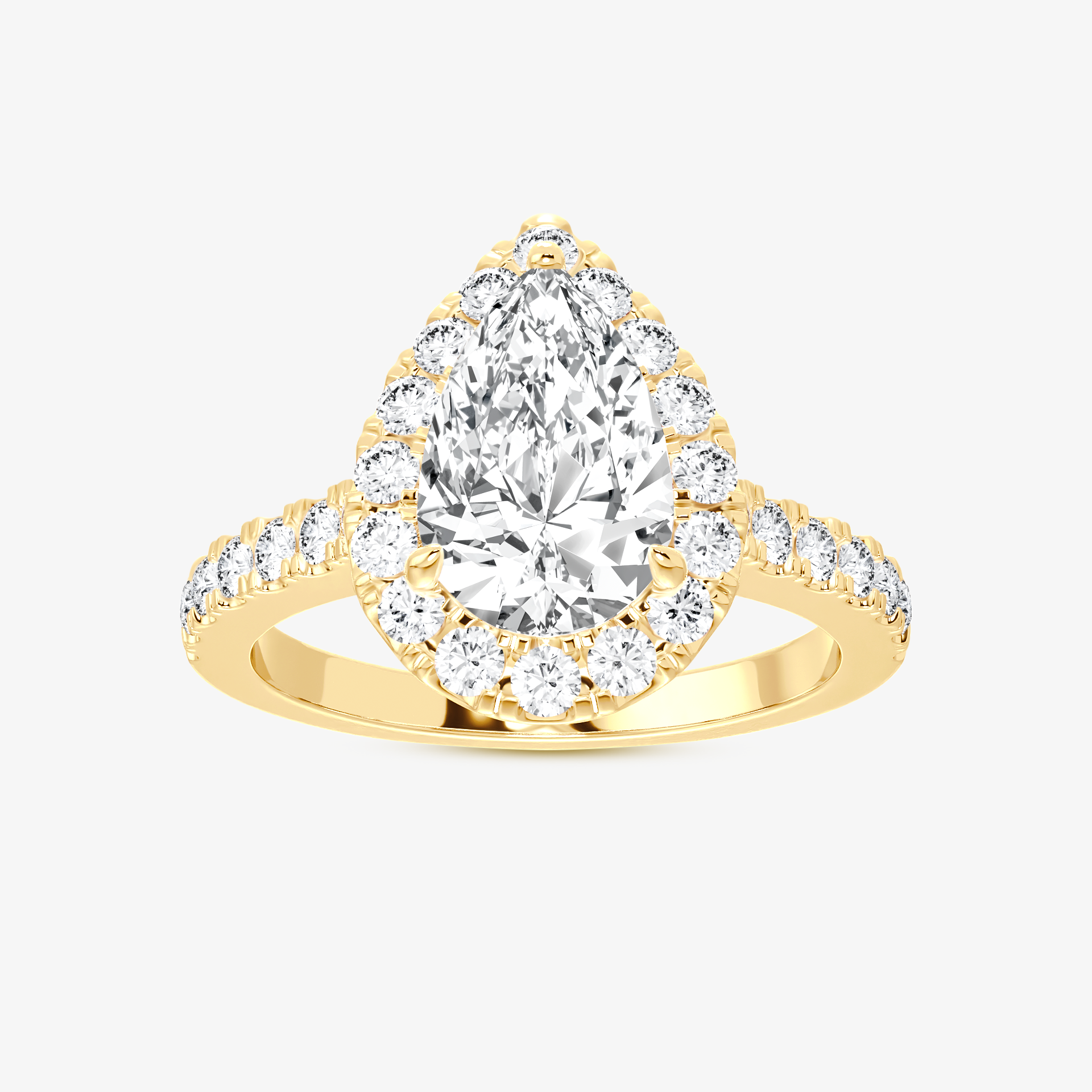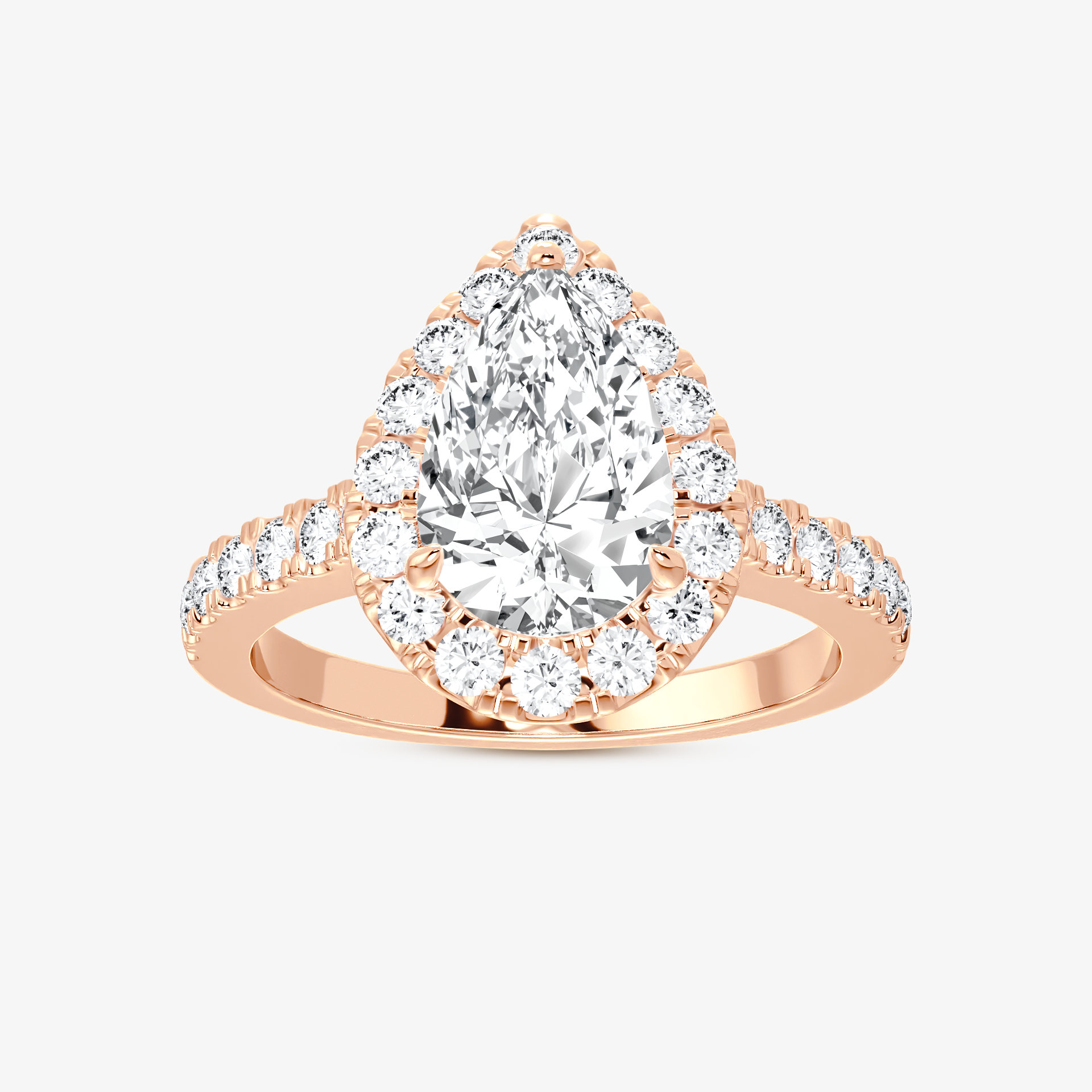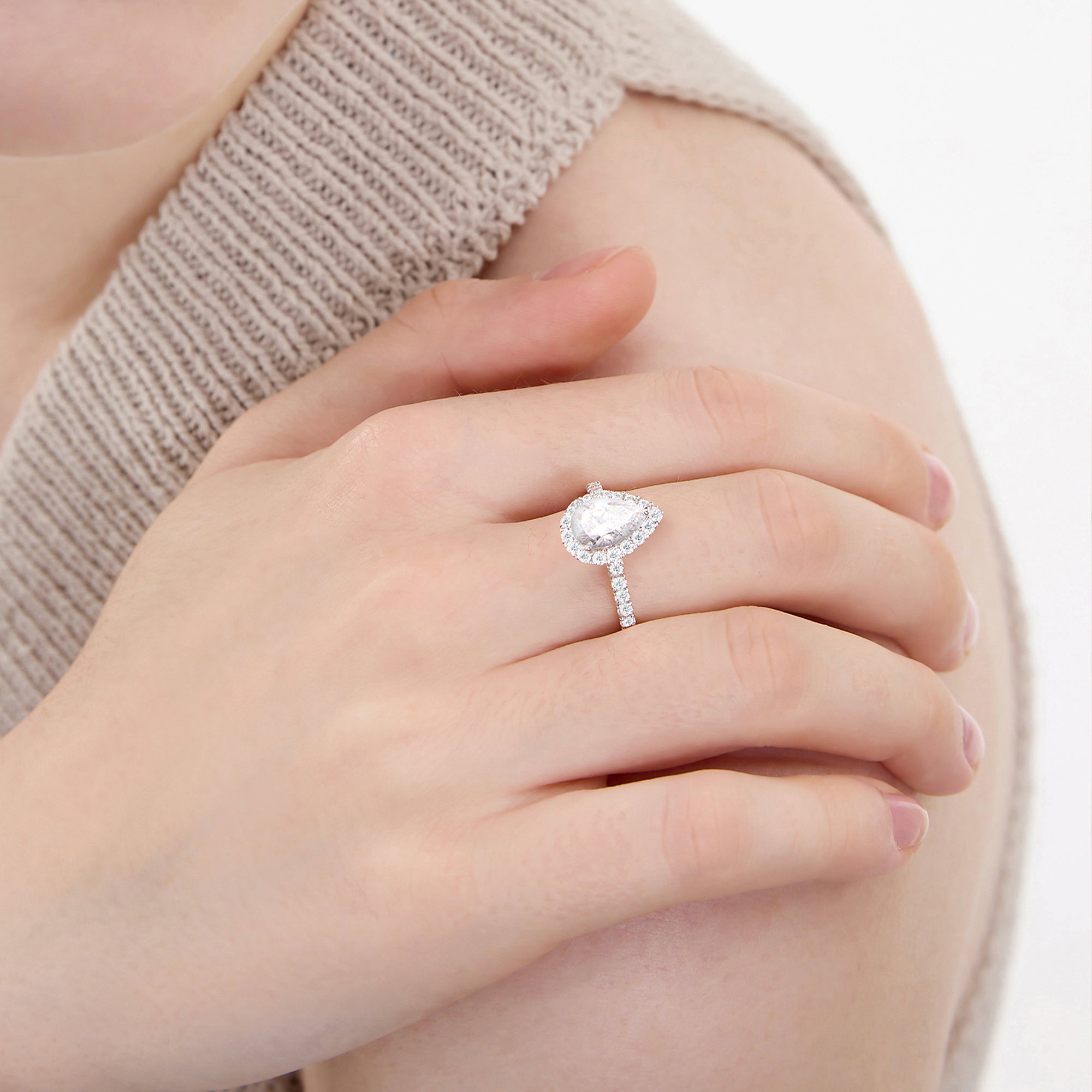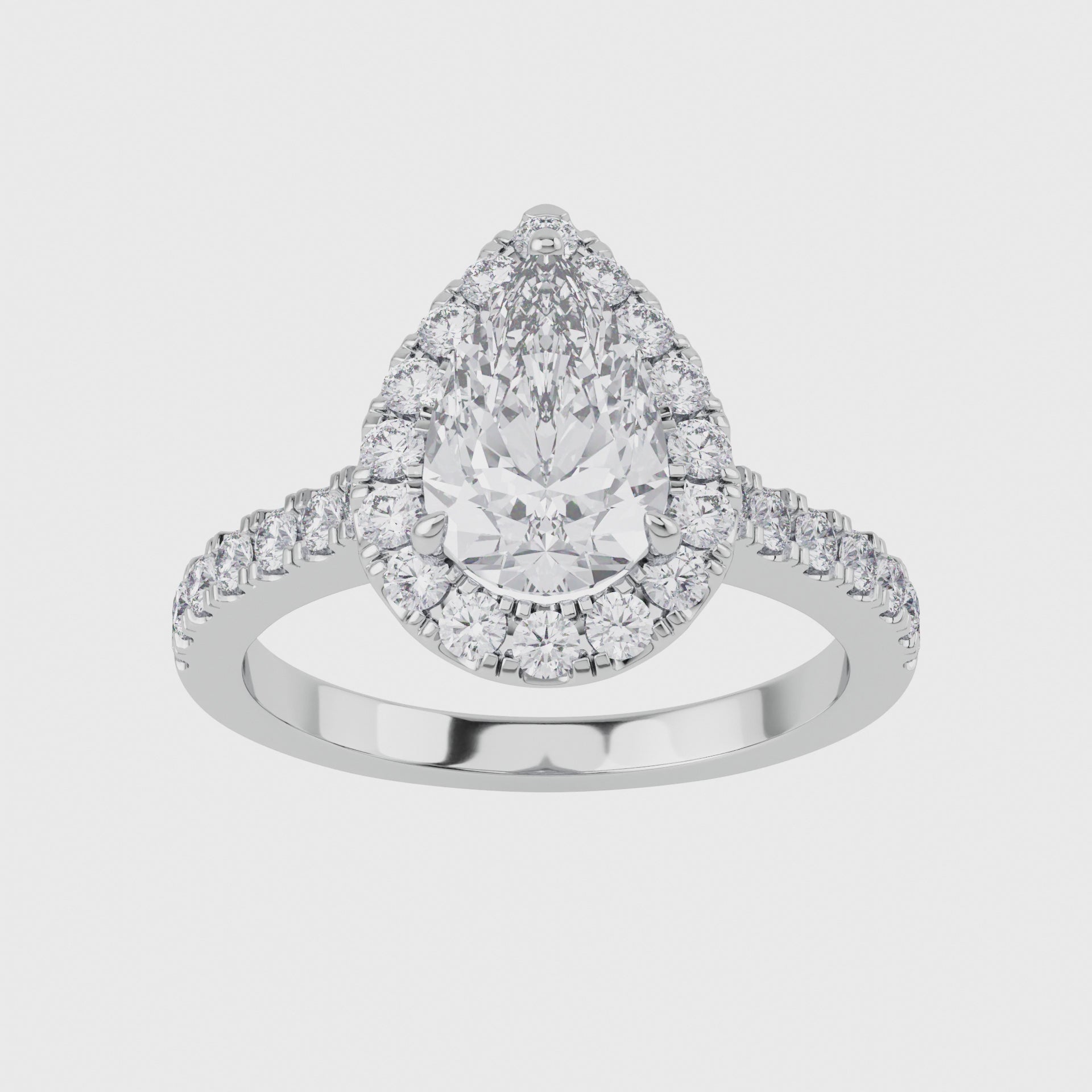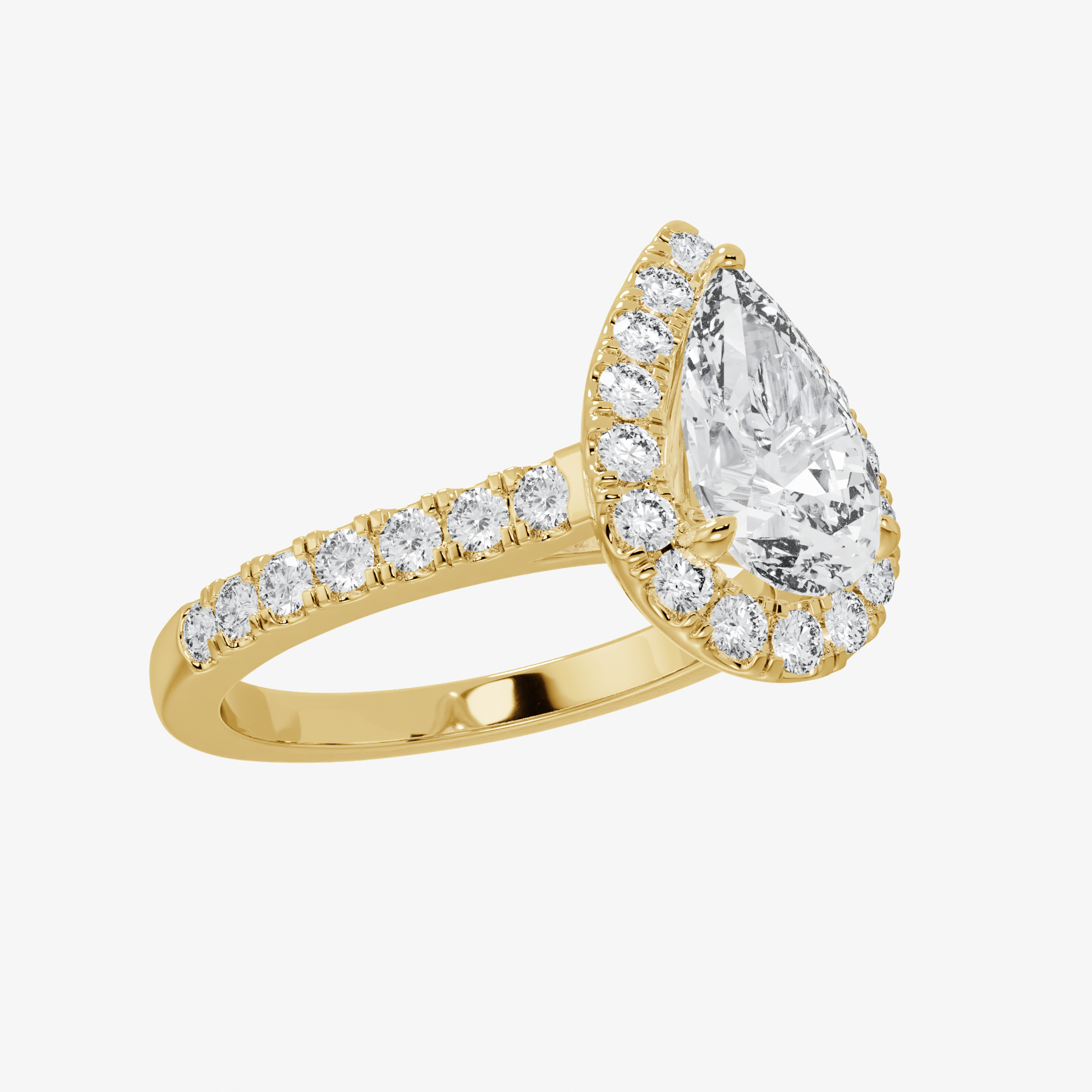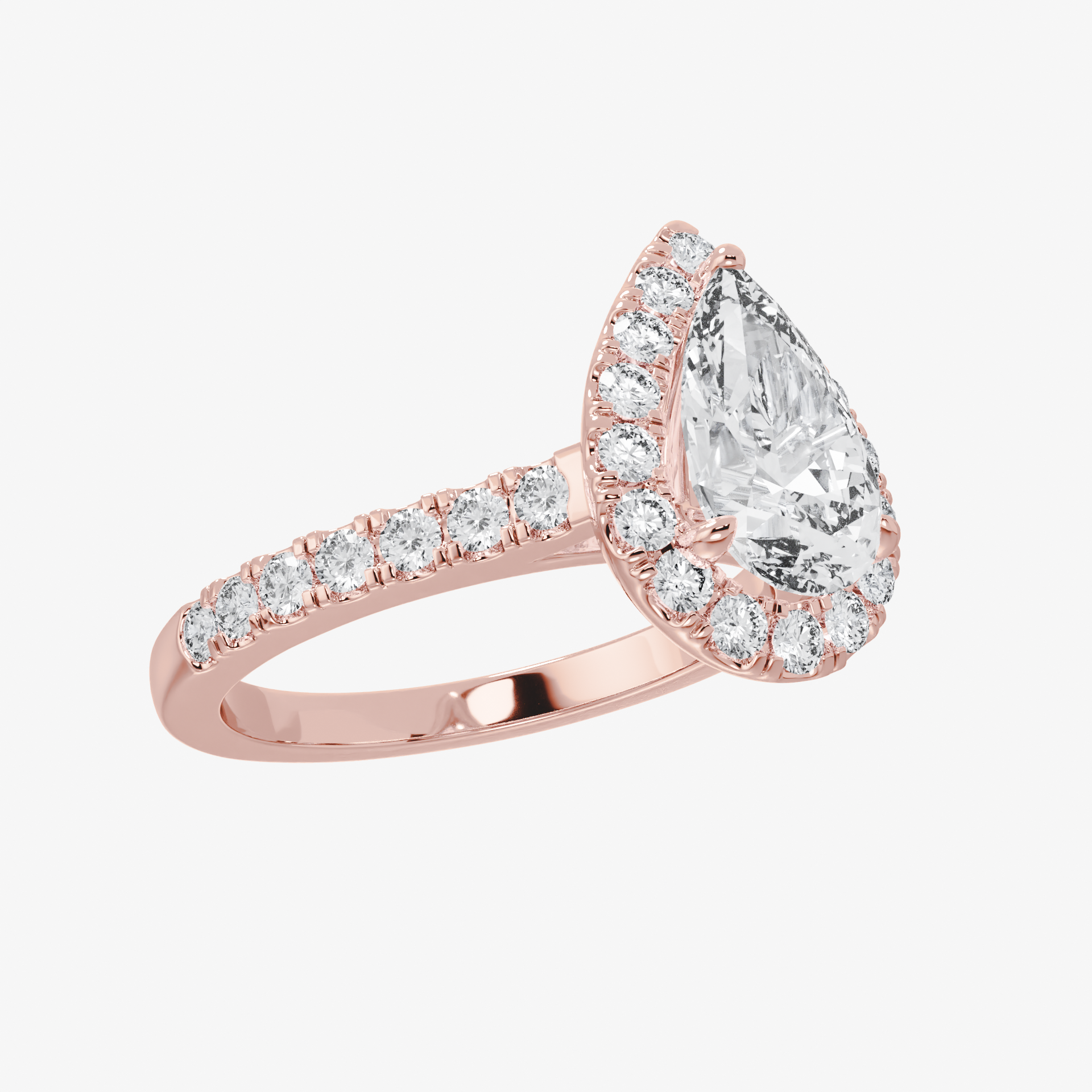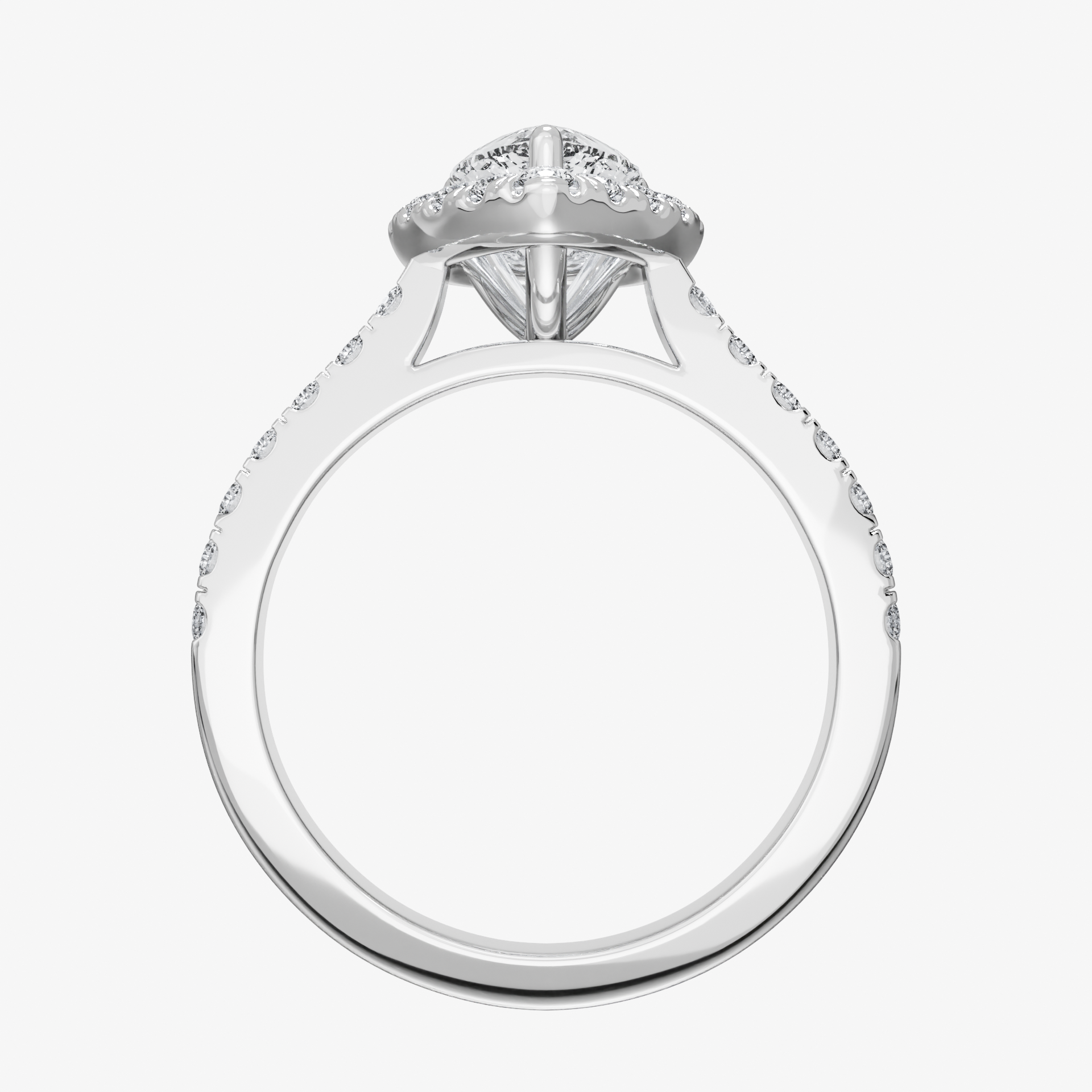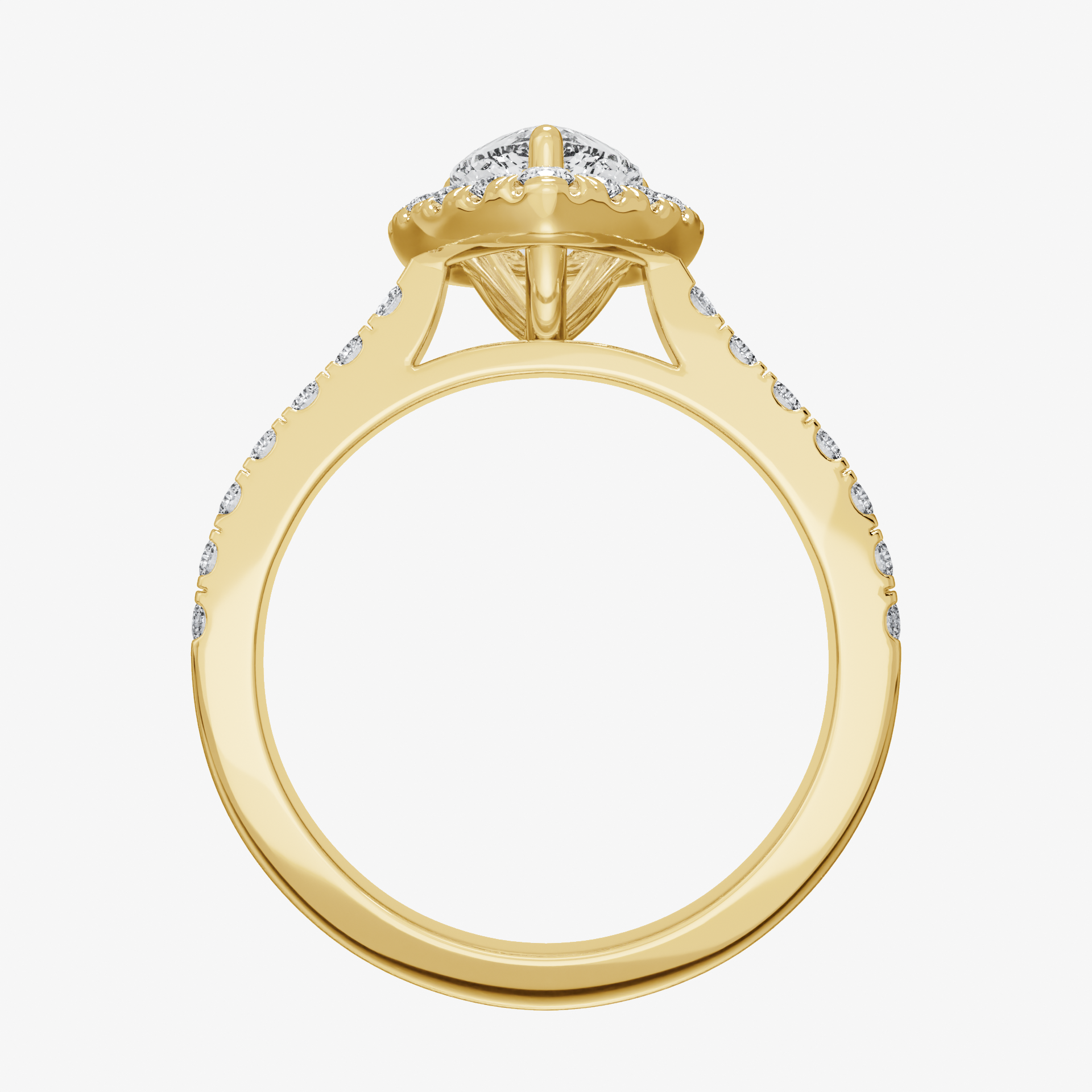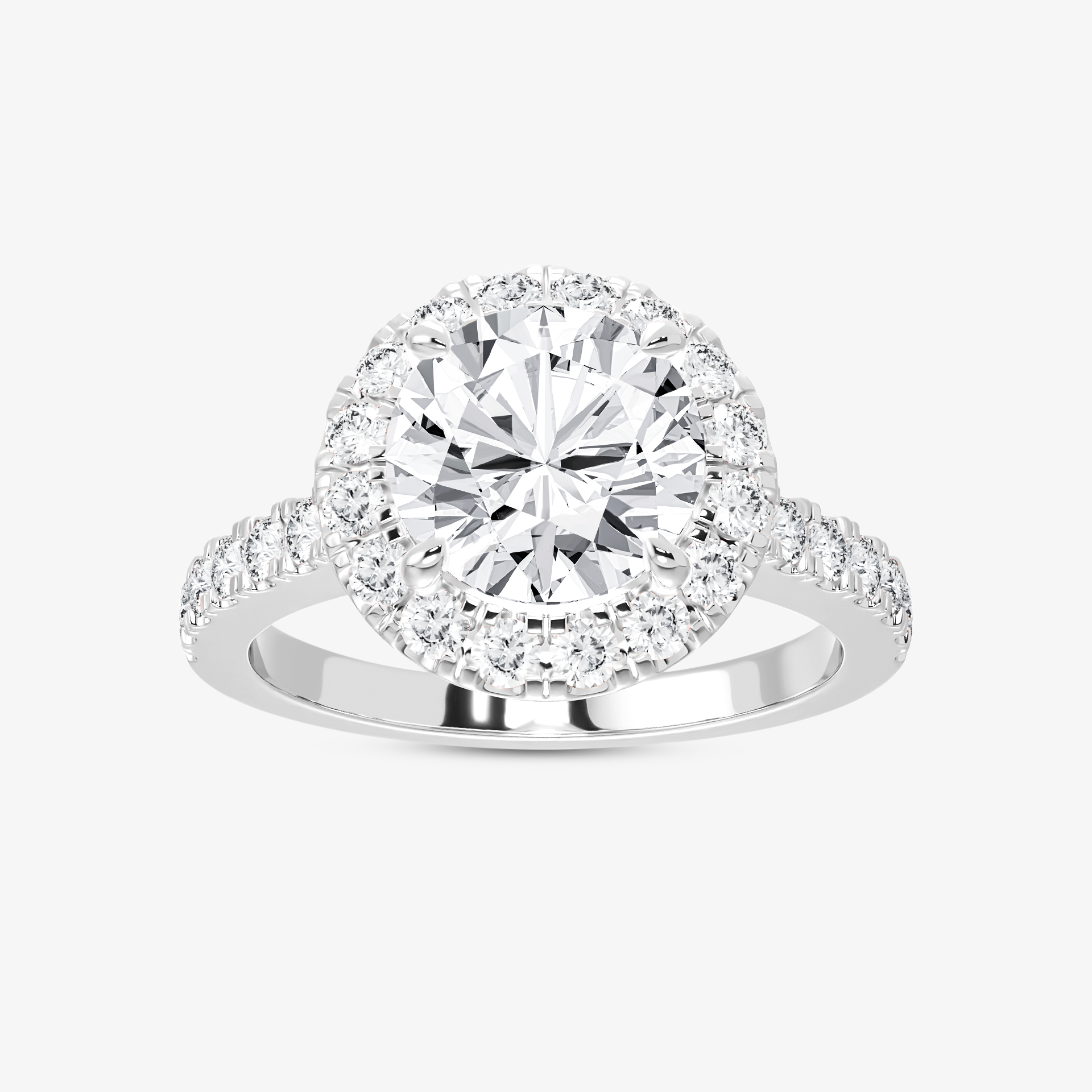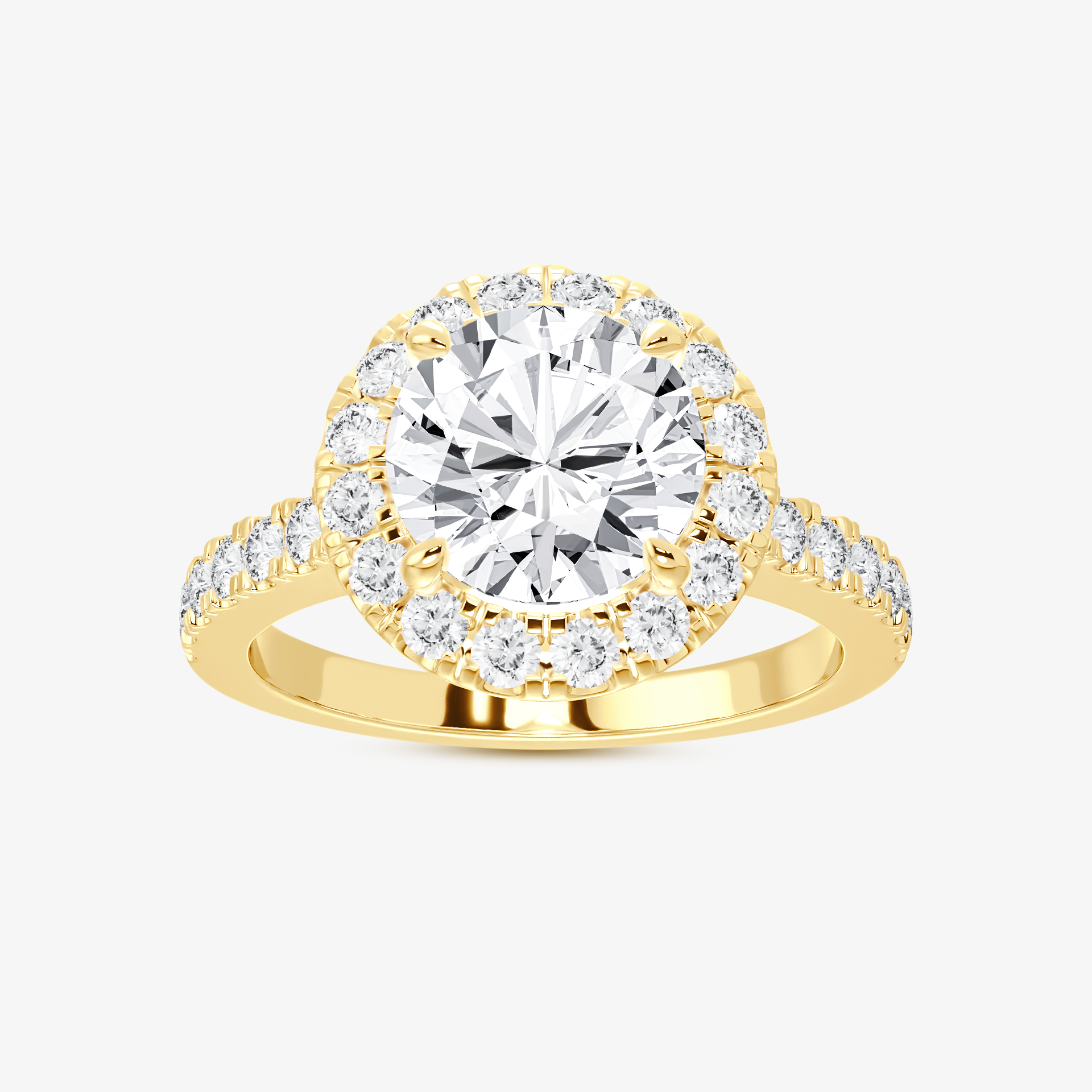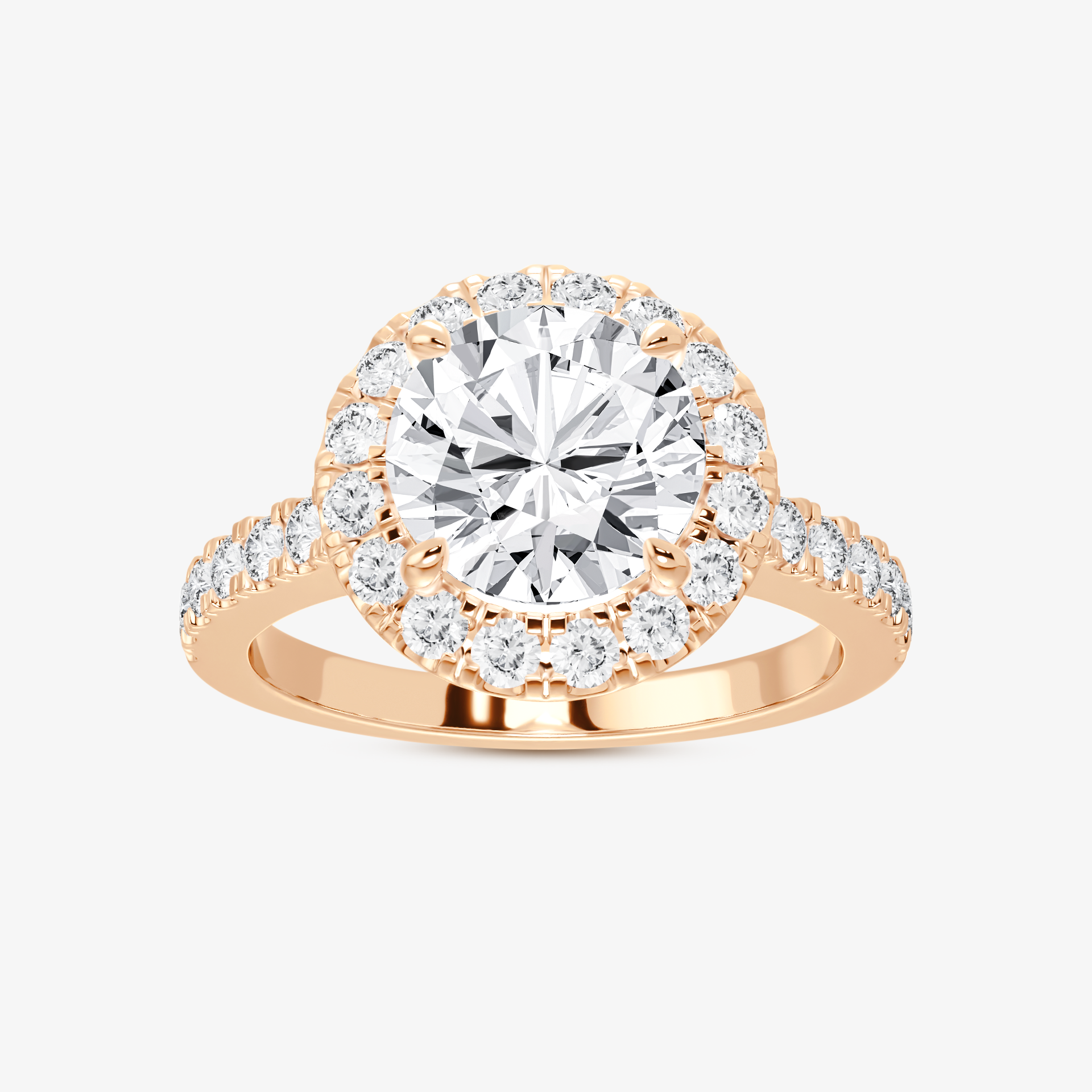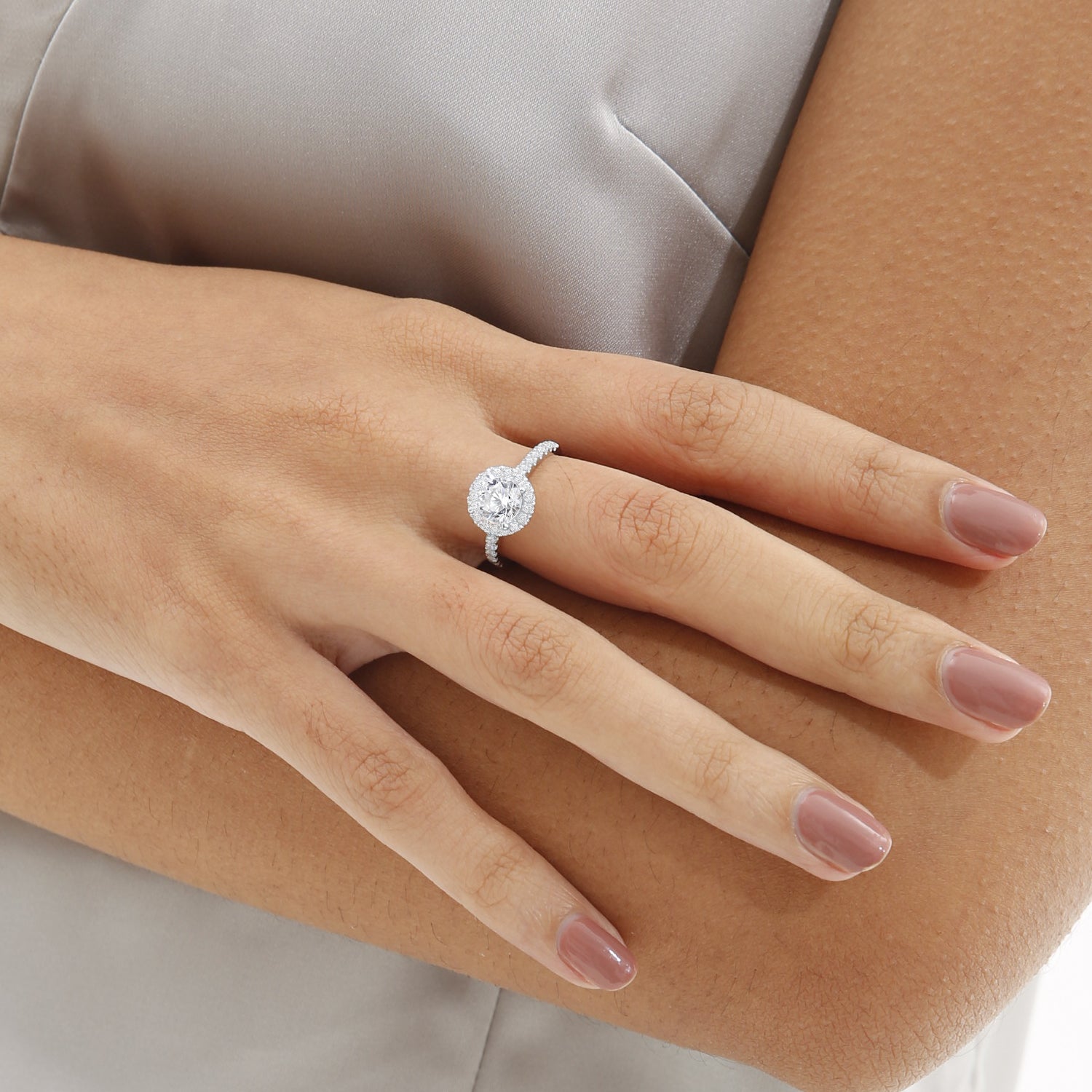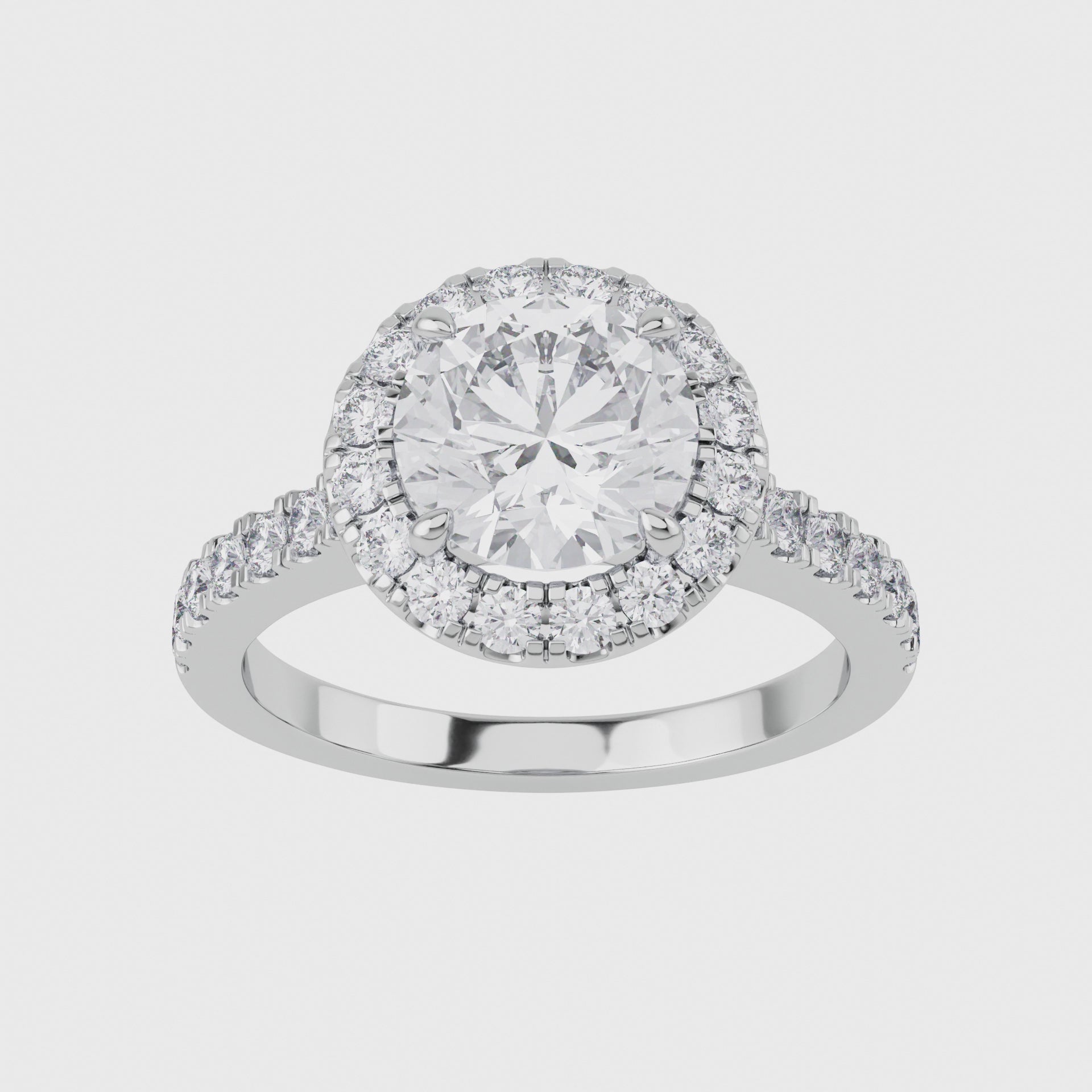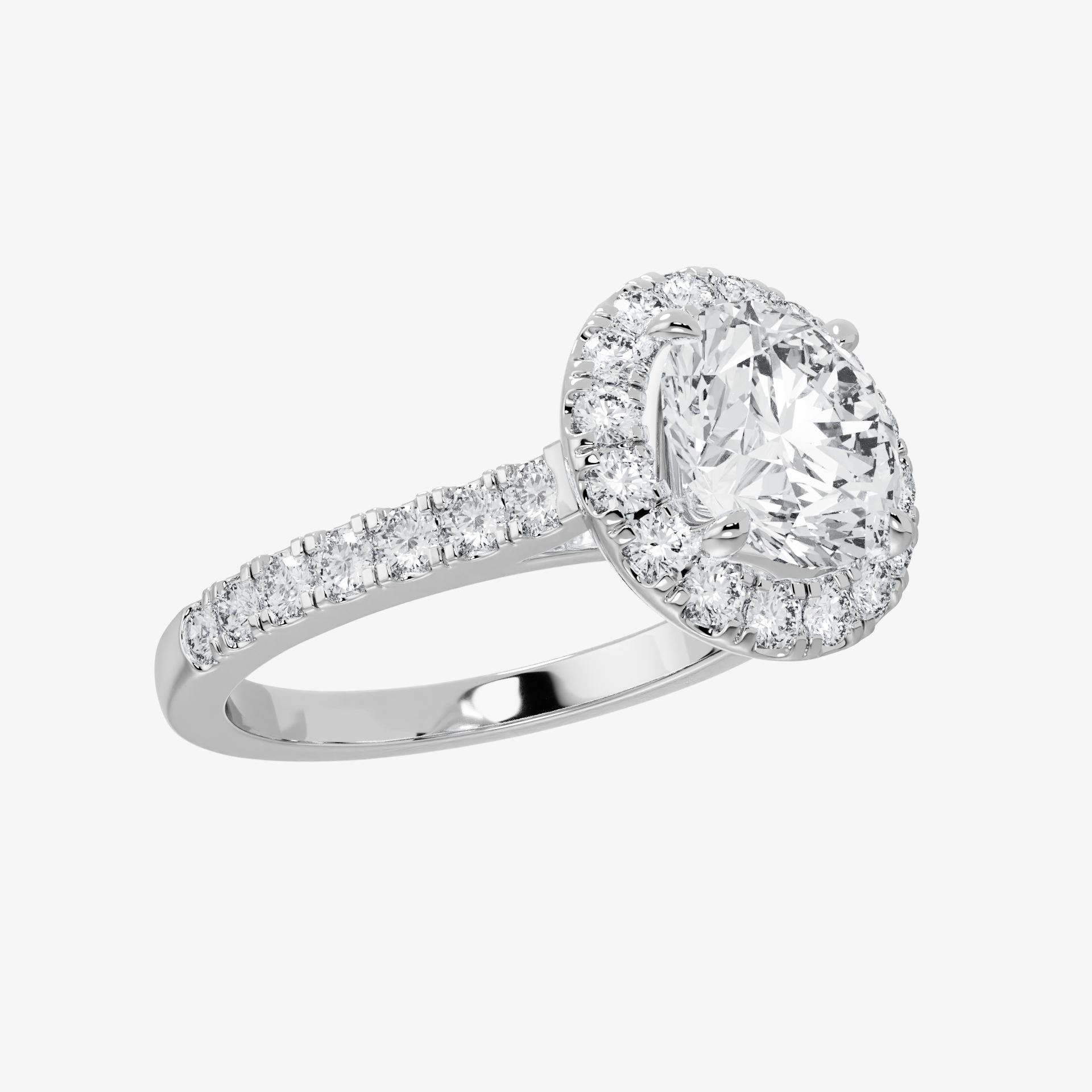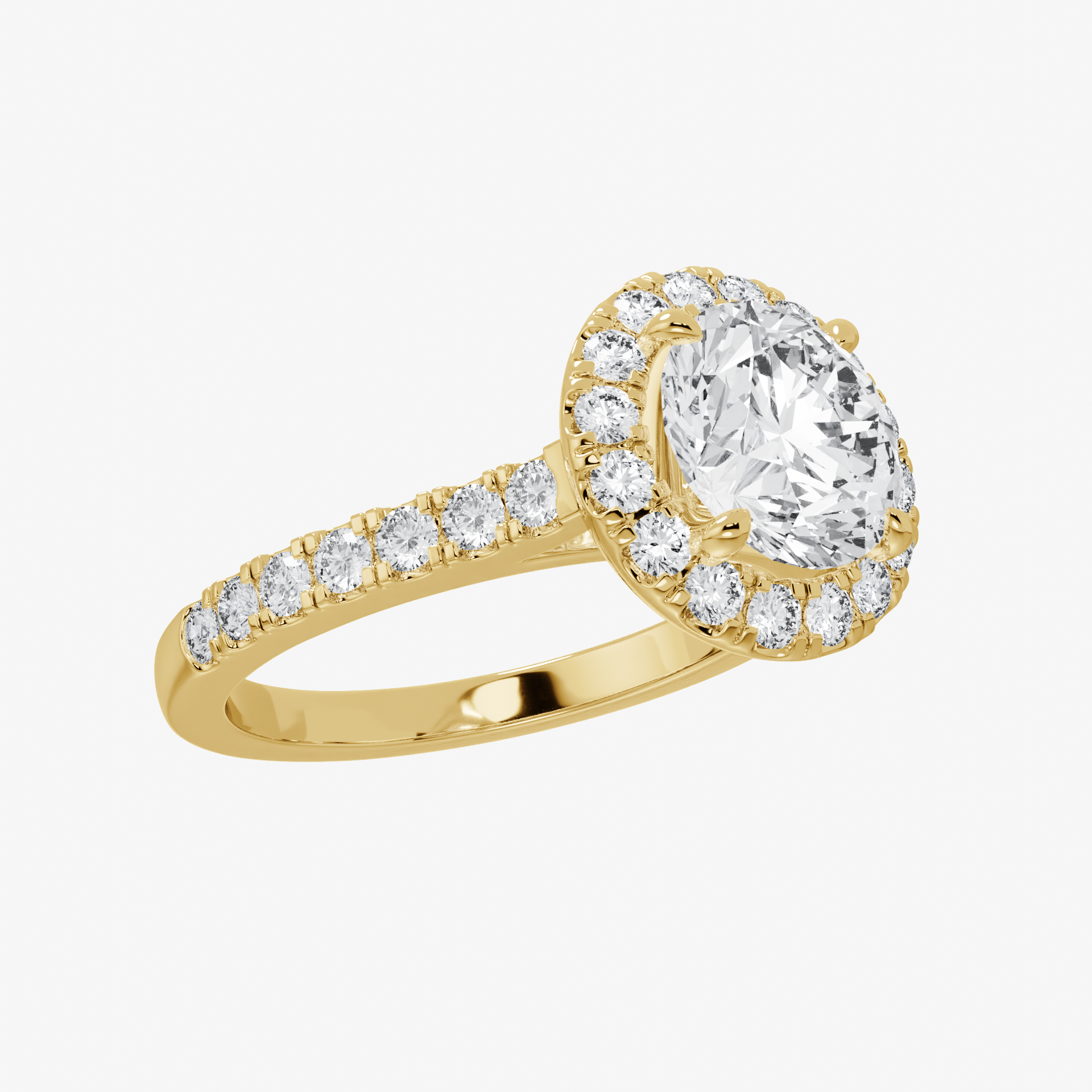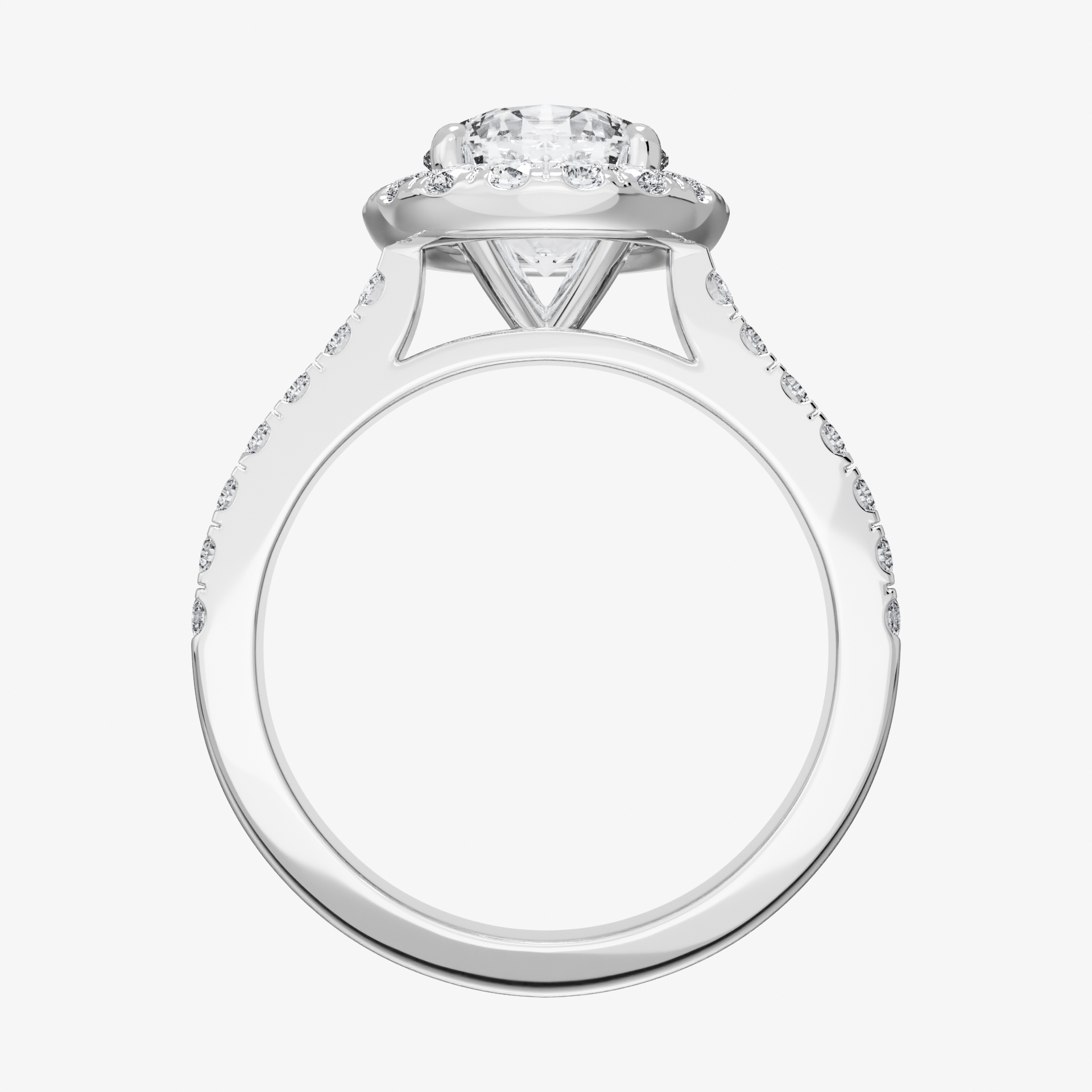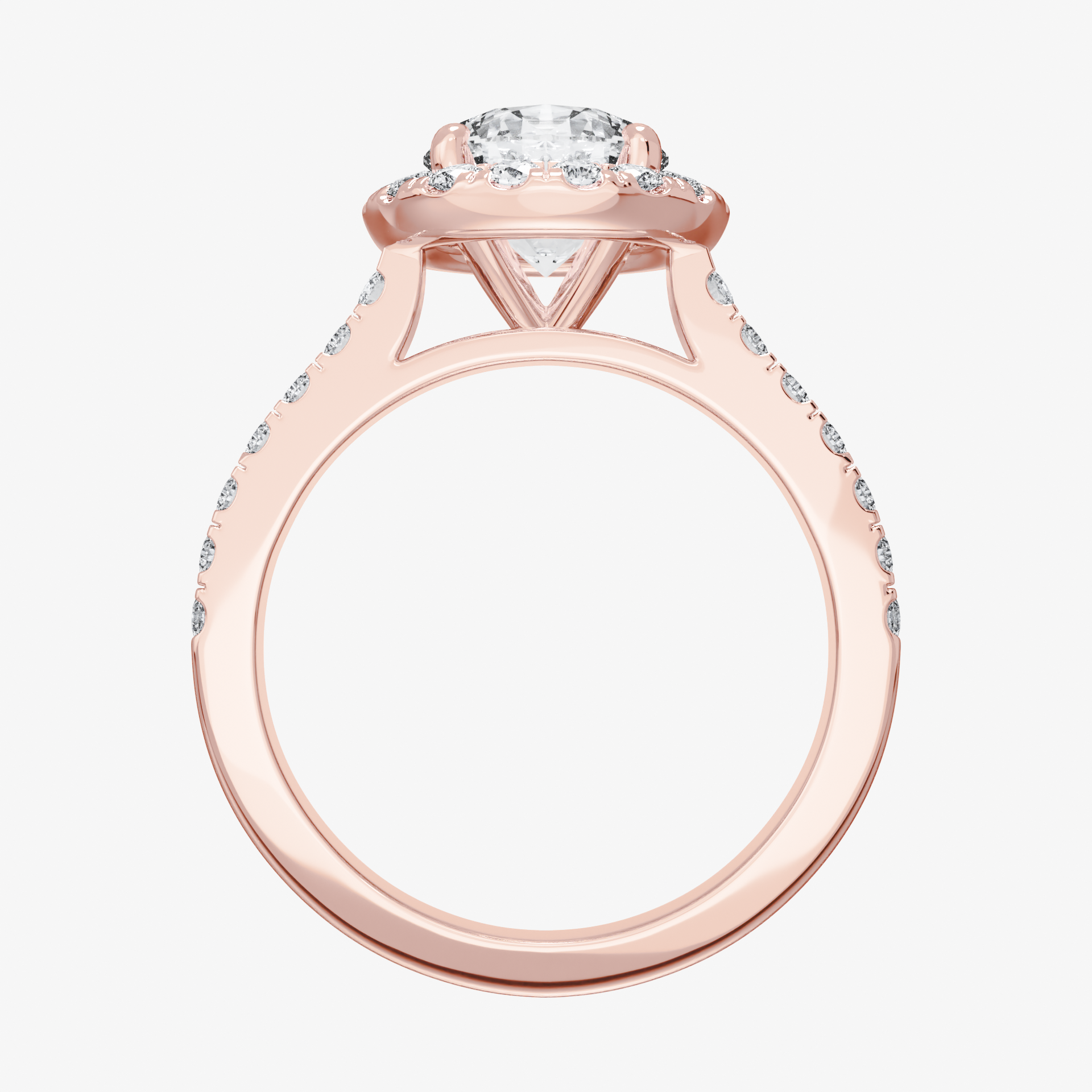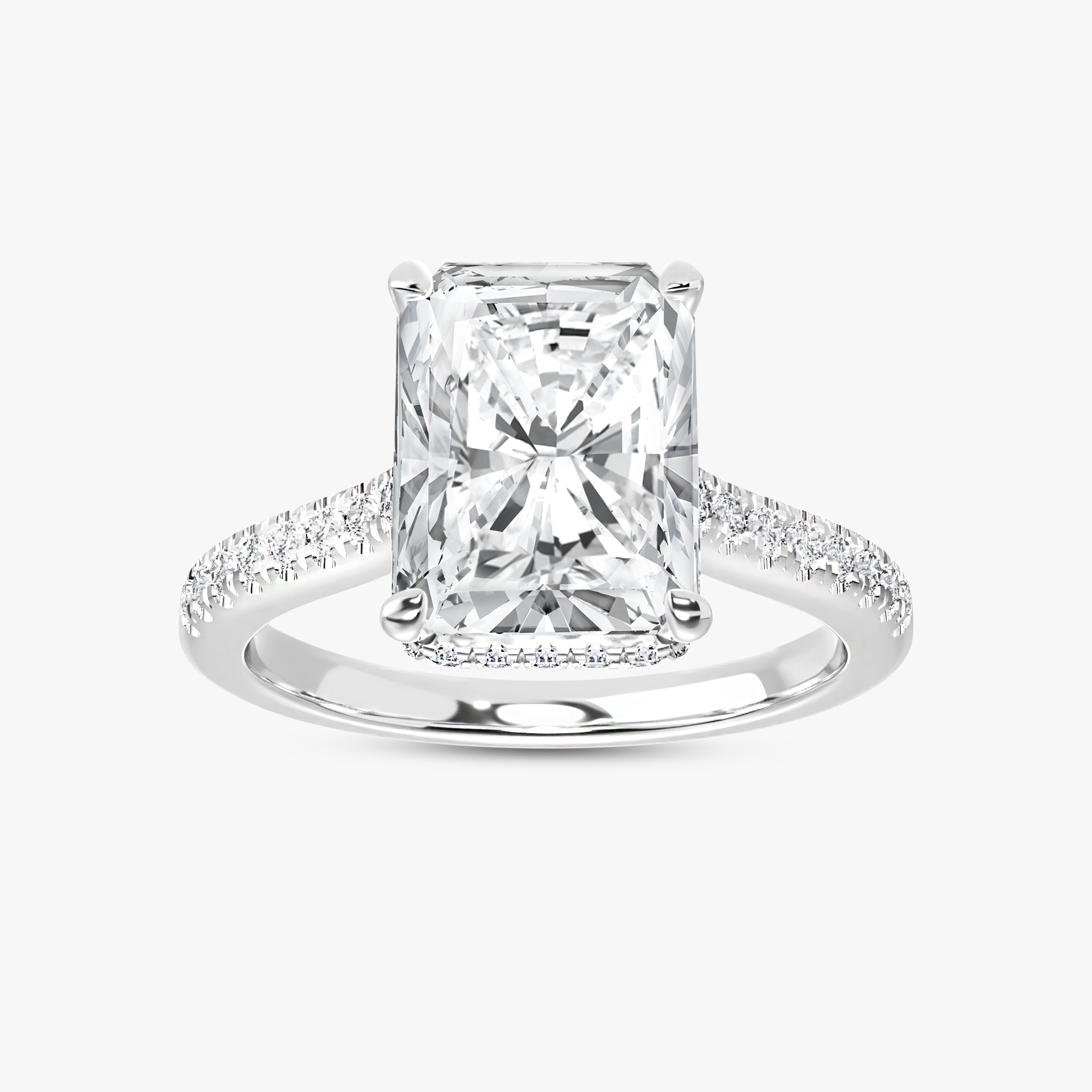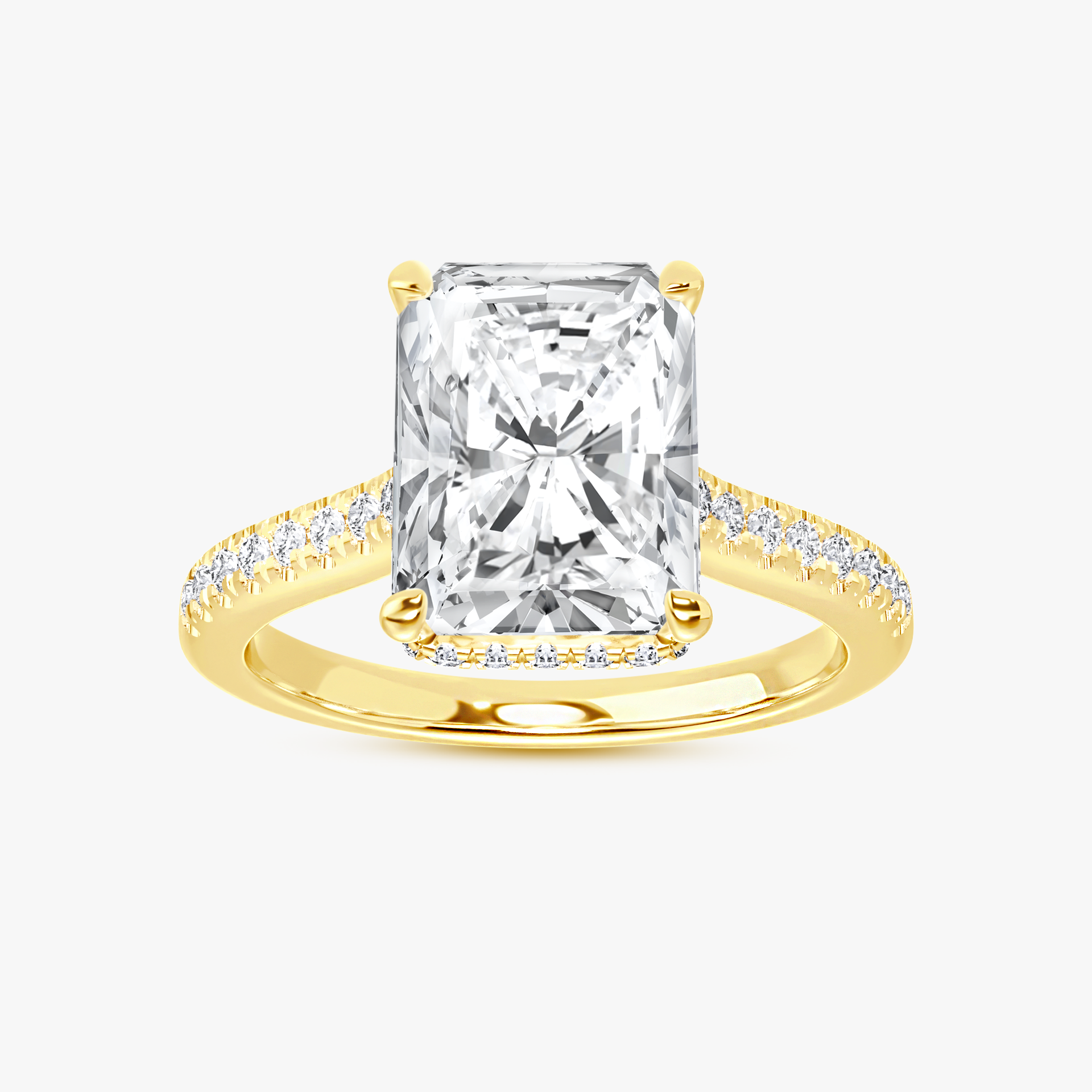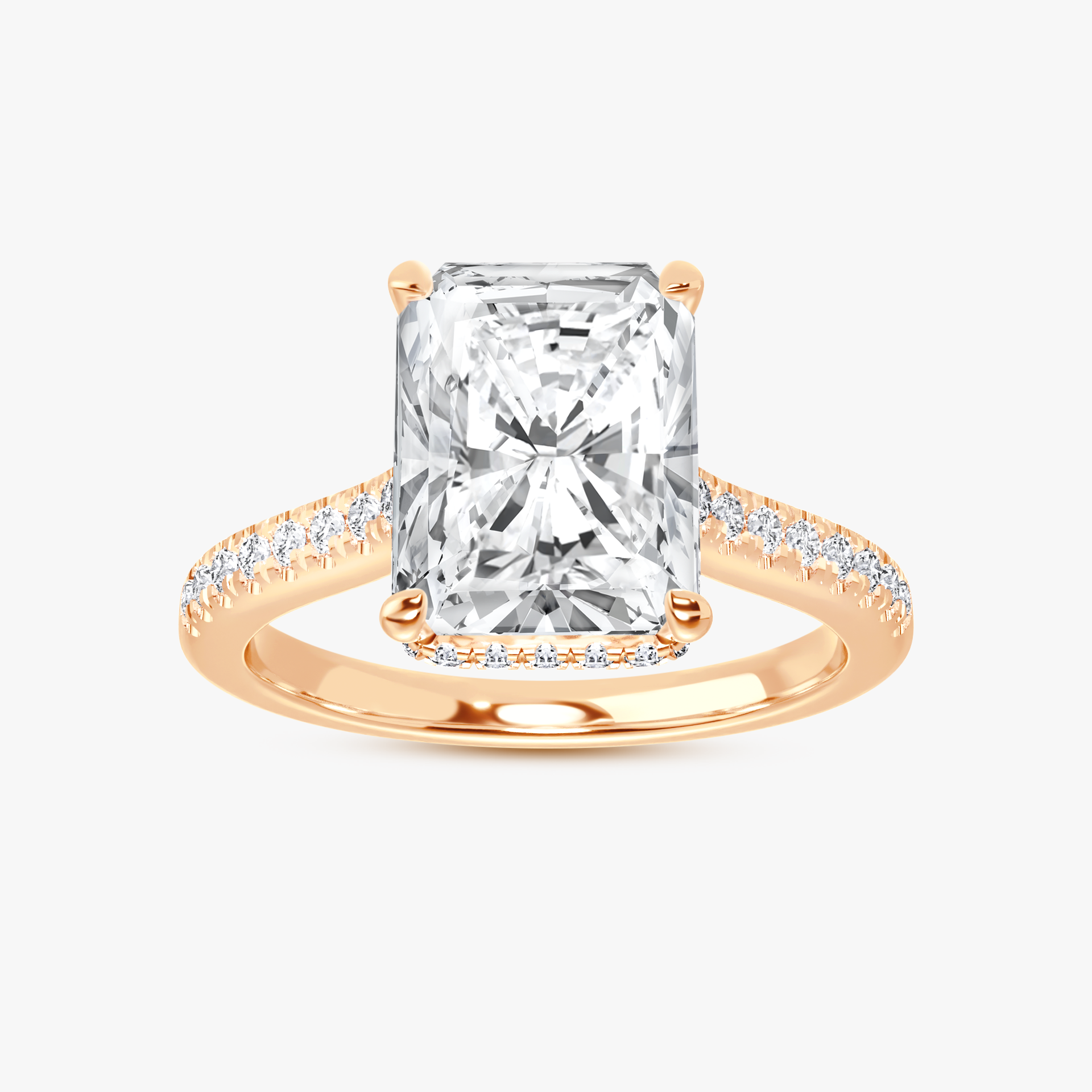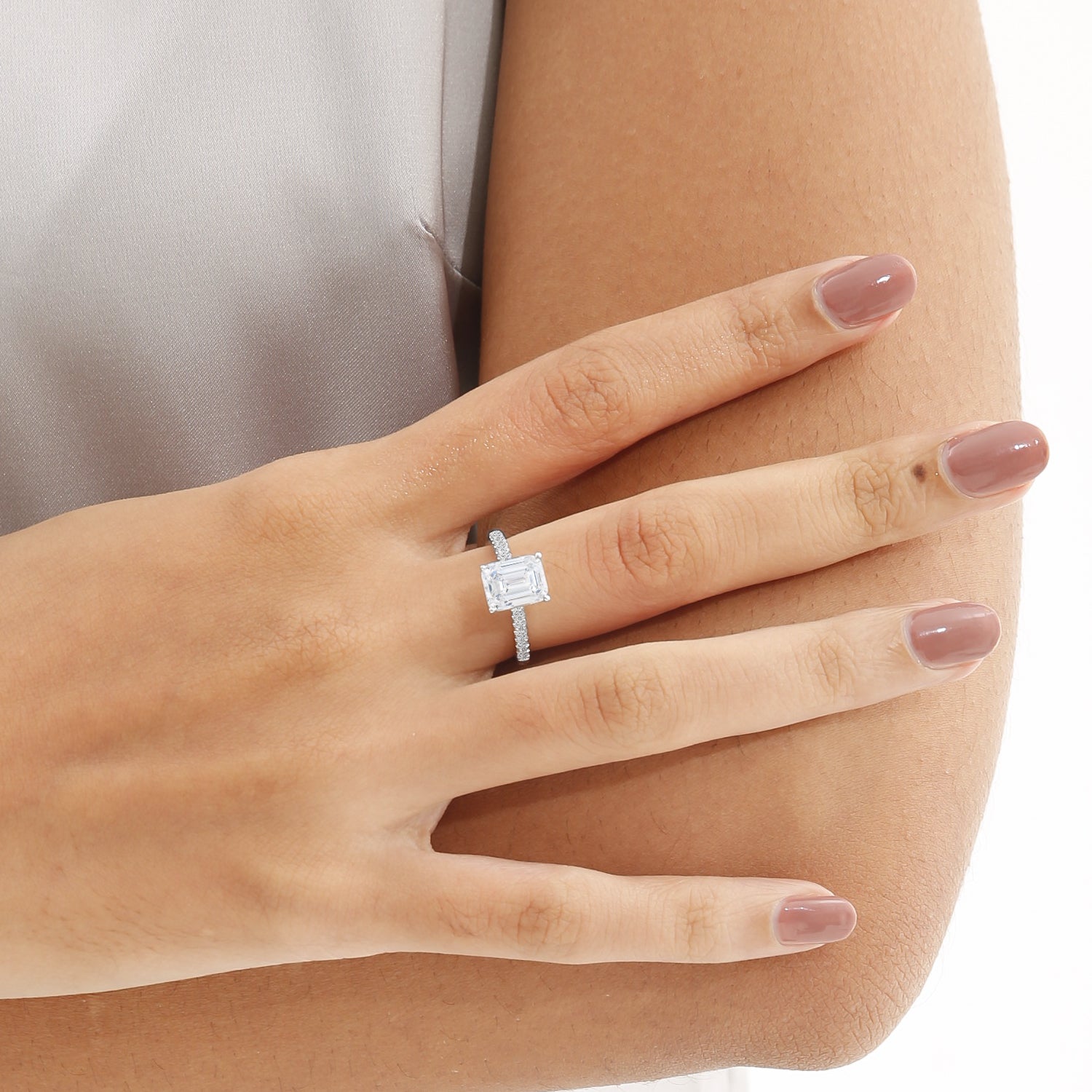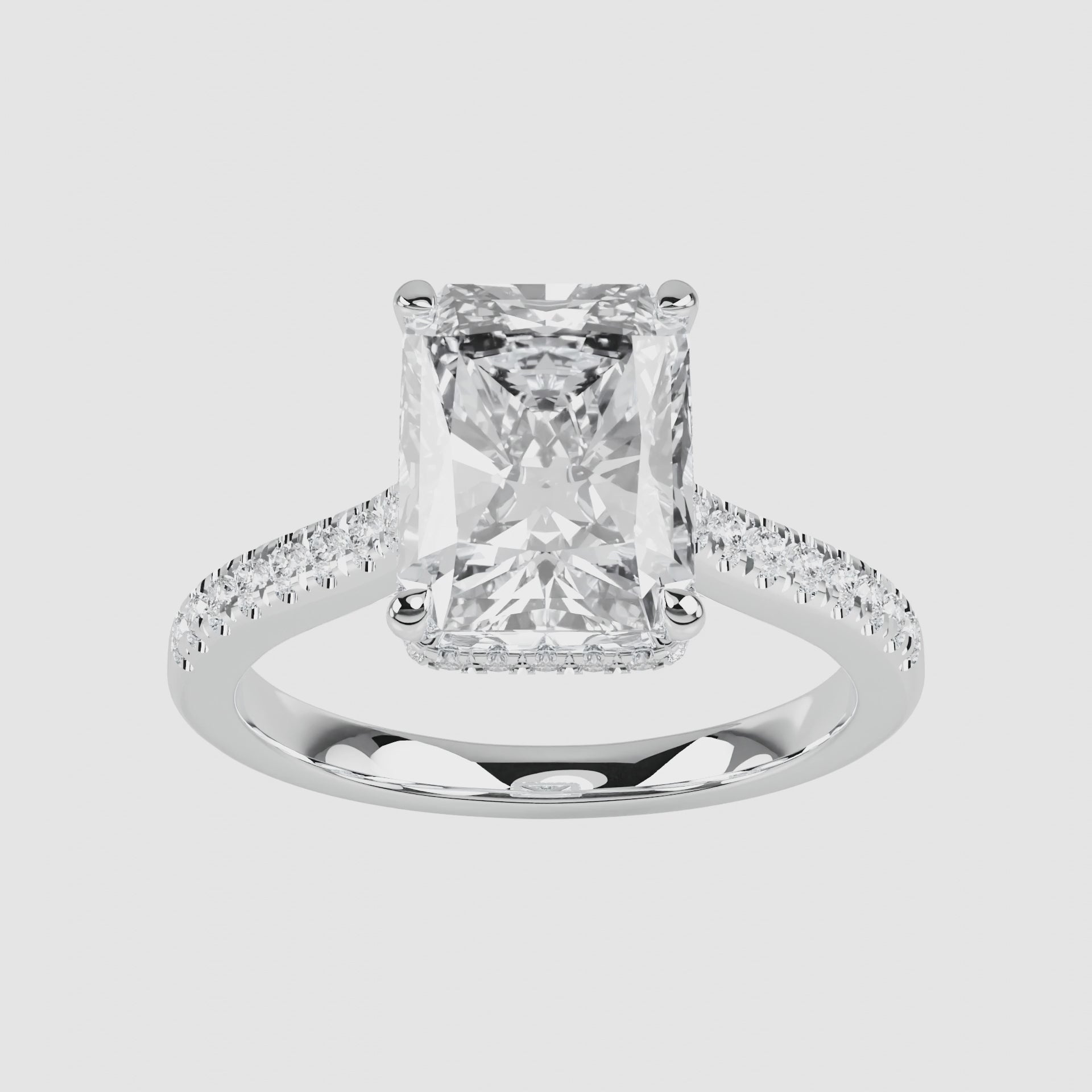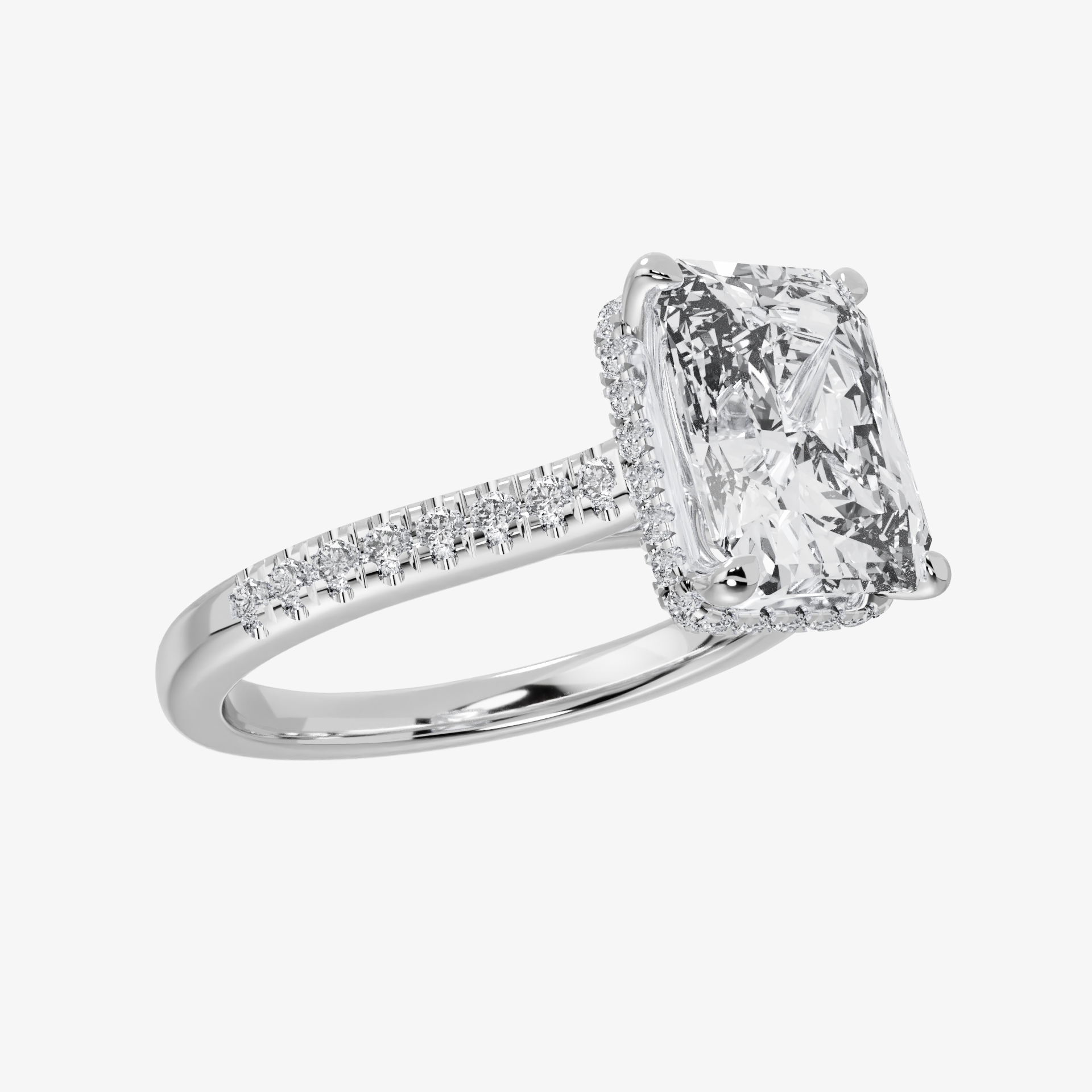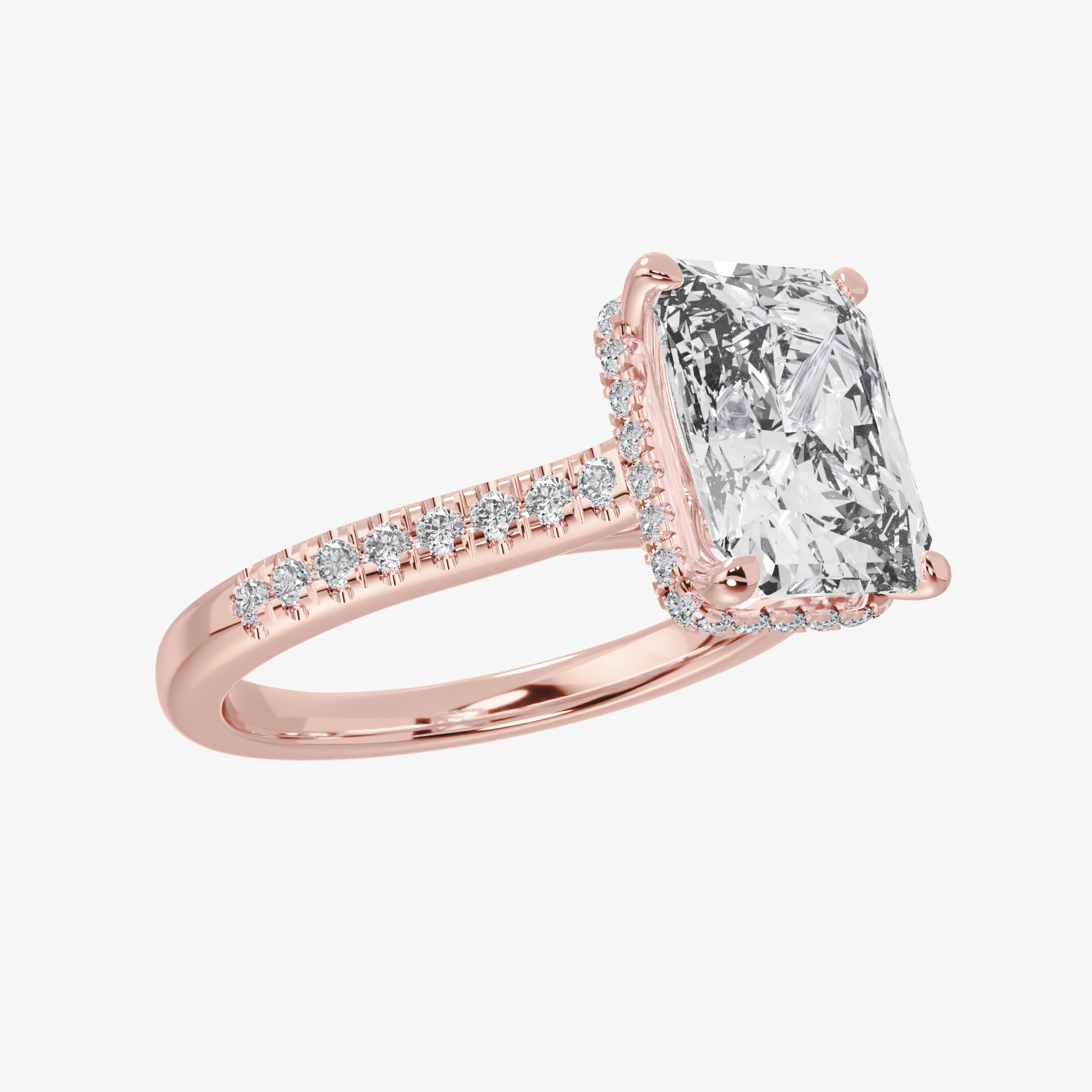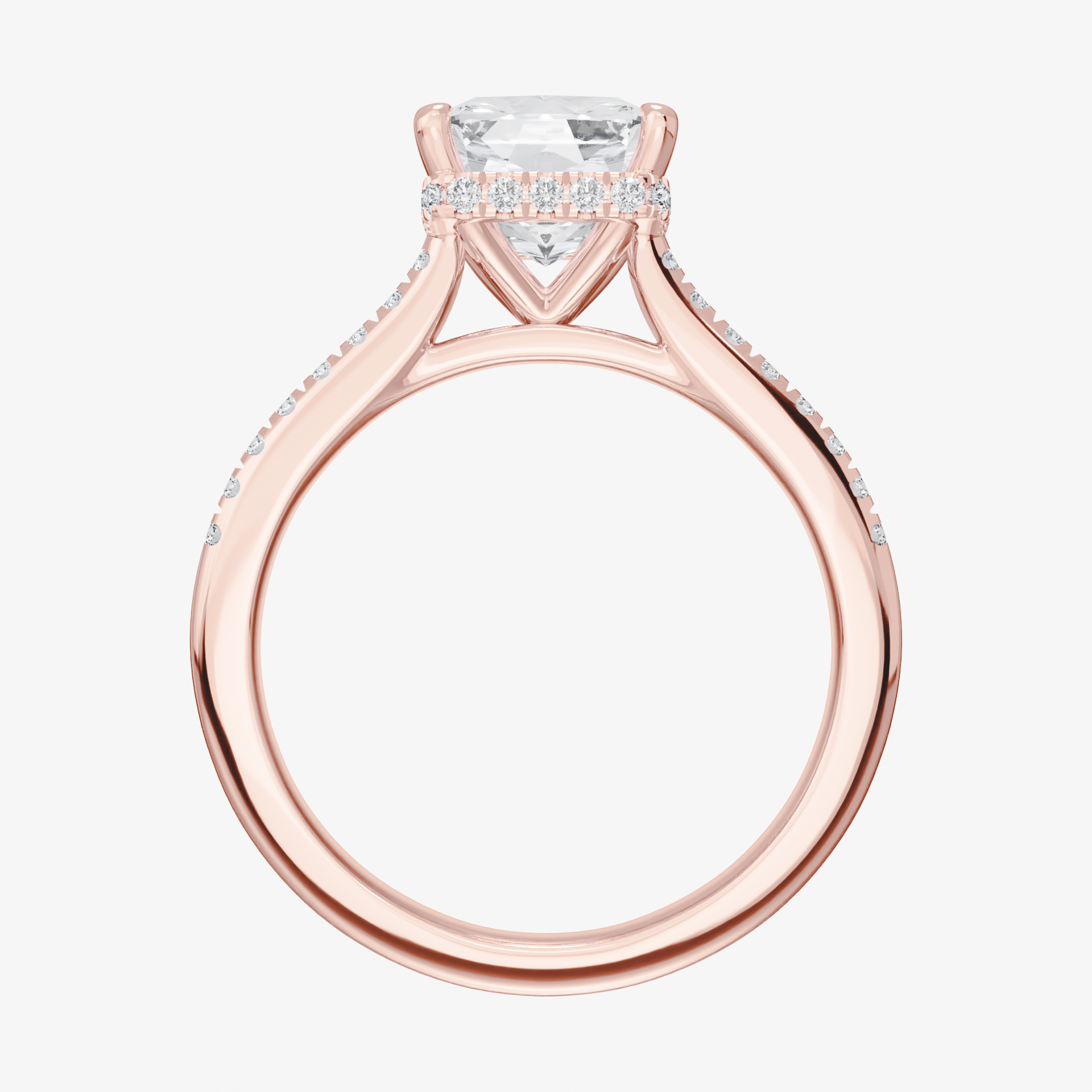Learn About Lab Grown Diamonds
This guide will help you think like an expert when it comes to man-made diamonds. Lab grown diamonds are the epitome of ethical beauty. Created from a deep desire to bring aspirational luxury to the world, these are grown by replicating the earth’s organic processes by experienced scientists. Made of the same DNA and carbon, lab grown diamonds are physically, chemically, and optically the same as natural diamonds.
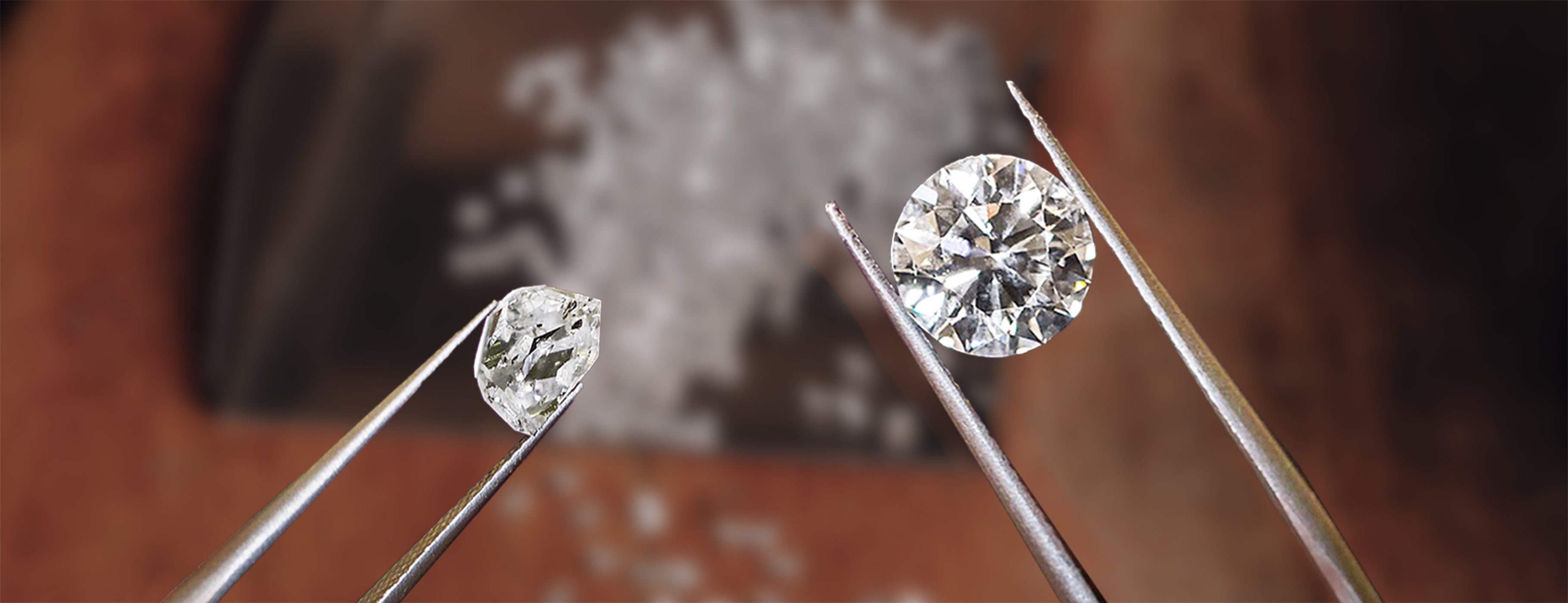
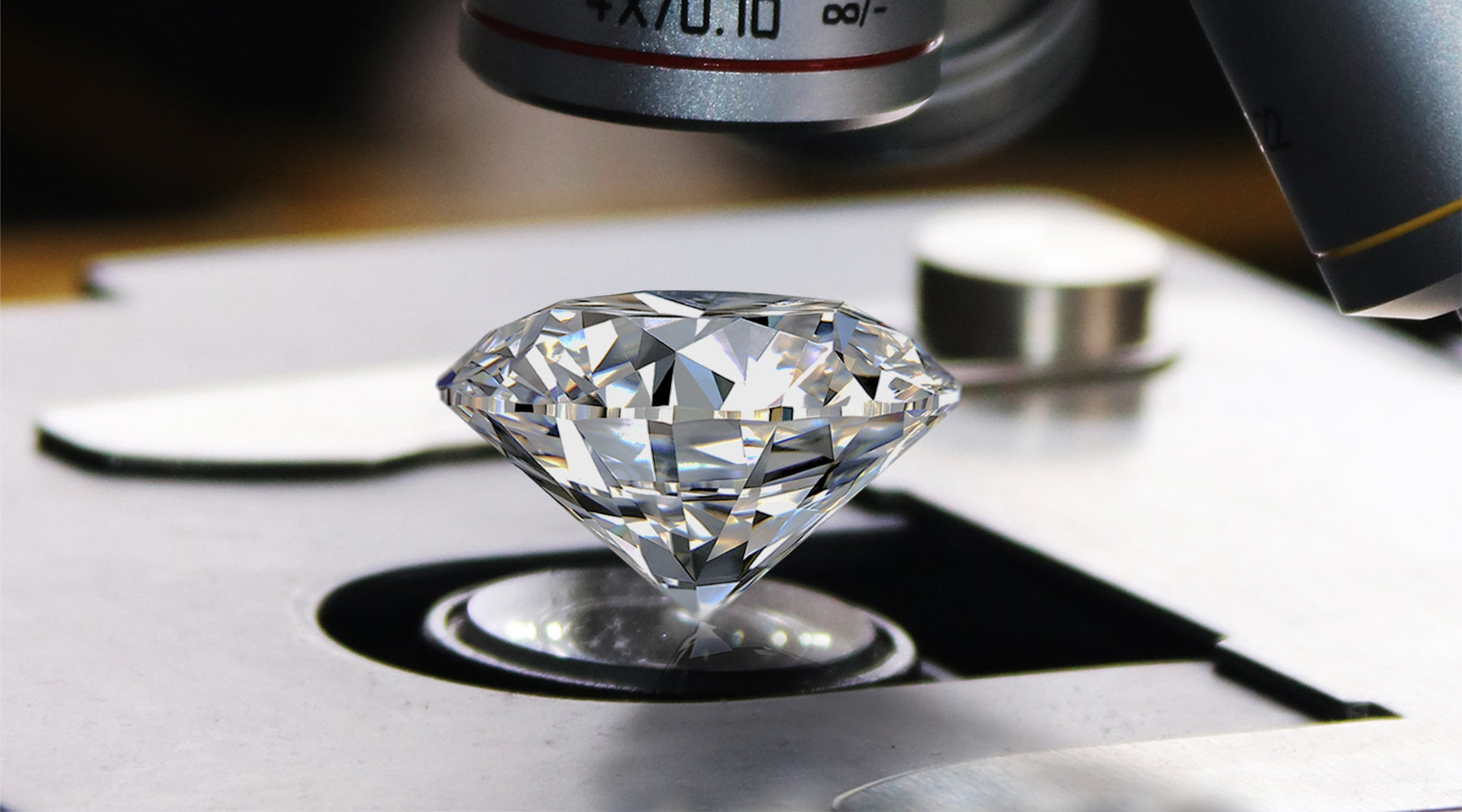
BRILLISTAR
What Are Lab Grown Diamonds?
Lab grown diamonds, also known as synthetic diamonds or man-made diamonds, are diamonds that are created in a laboratory rather than being formed naturally in the earth's mantle. They have the same physical and chemical properties as natural diamonds, but are produced in a controlled environment using advanced technology that replicates the high pressure and high temperature conditions that exist deep within the earth.
Lab grown diamonds are made using one of two methods. The first is High Pressure High Temperature (HPHT), which involves subjecting a small diamond seed to intense pressure and high temperatures, causing it to grow over time into a larger diamond. The second method is Chemical Vapor Deposition (CVD), which involves depositing carbon atoms onto a diamond seed using a gas mixture, causing the diamond to grow layer by layer over time.
Lab grown diamonds are becoming increasingly popular due to their ethical and environmental advantages over mined diamonds. They are free from the human rights abuses that are often associated with the diamond mining industry, and they have a much lower environmental impact since they don't require the extensive mining and transportation processes that natural diamonds do. Additionally, lab grown diamonds can often be purchased for a lower cost than natural diamonds, making them an attractive option for those looking for high-quality diamonds at a more affordable price point.
BRILLISTAR
Why Choose Lab Grown Diamonds?
- price: Lab-grown diamonds are generally less expensive than natural diamonds of the same size and quality. This is because they are created in a controlled environment and do not require the same mining and distribution process as natural diamonds.
- Ethical concerns: Diamond mining can have a significant impact on the environment, including soil erosion, deforestation, and water pollution. Lab grown diamonds have a lower environmental impact, as they are not mined from the earth.
- Quality and Consistency: Lab-grown diamonds are created under controlled conditions, allowing for greater control over the diamond's quality and consistency. This means that lab-grown diamonds can often have fewer inclusions and imperfections than natural diamonds.
- Innovation: The technology used to create lab grown diamonds is constantly evolving, which means that new techniques and processes are being developed that can lead to even better quality and more affordable diamonds in the future. By choosing lab grown diamonds, you are supporting the development of new and innovative technologies in the jewelry industry.
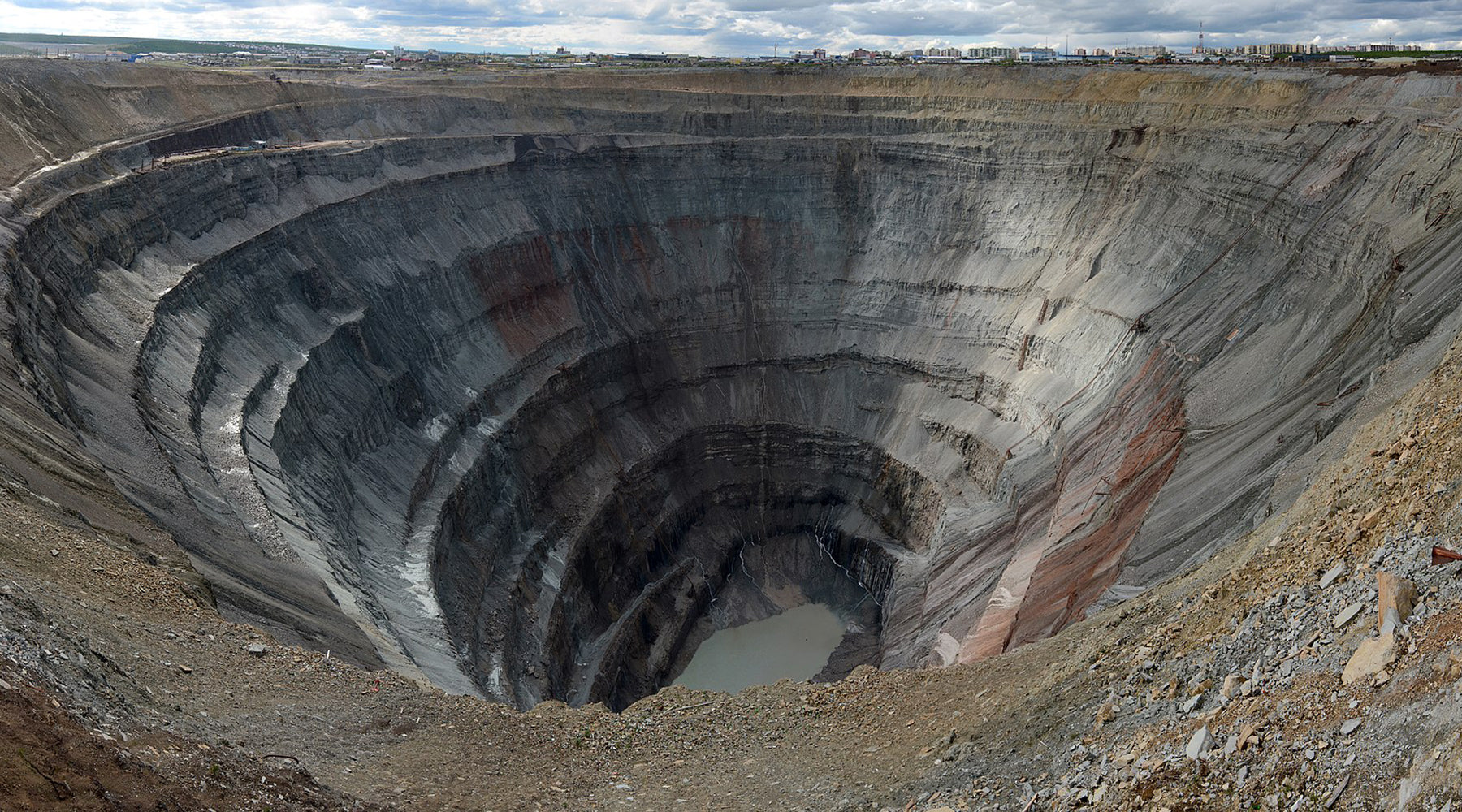
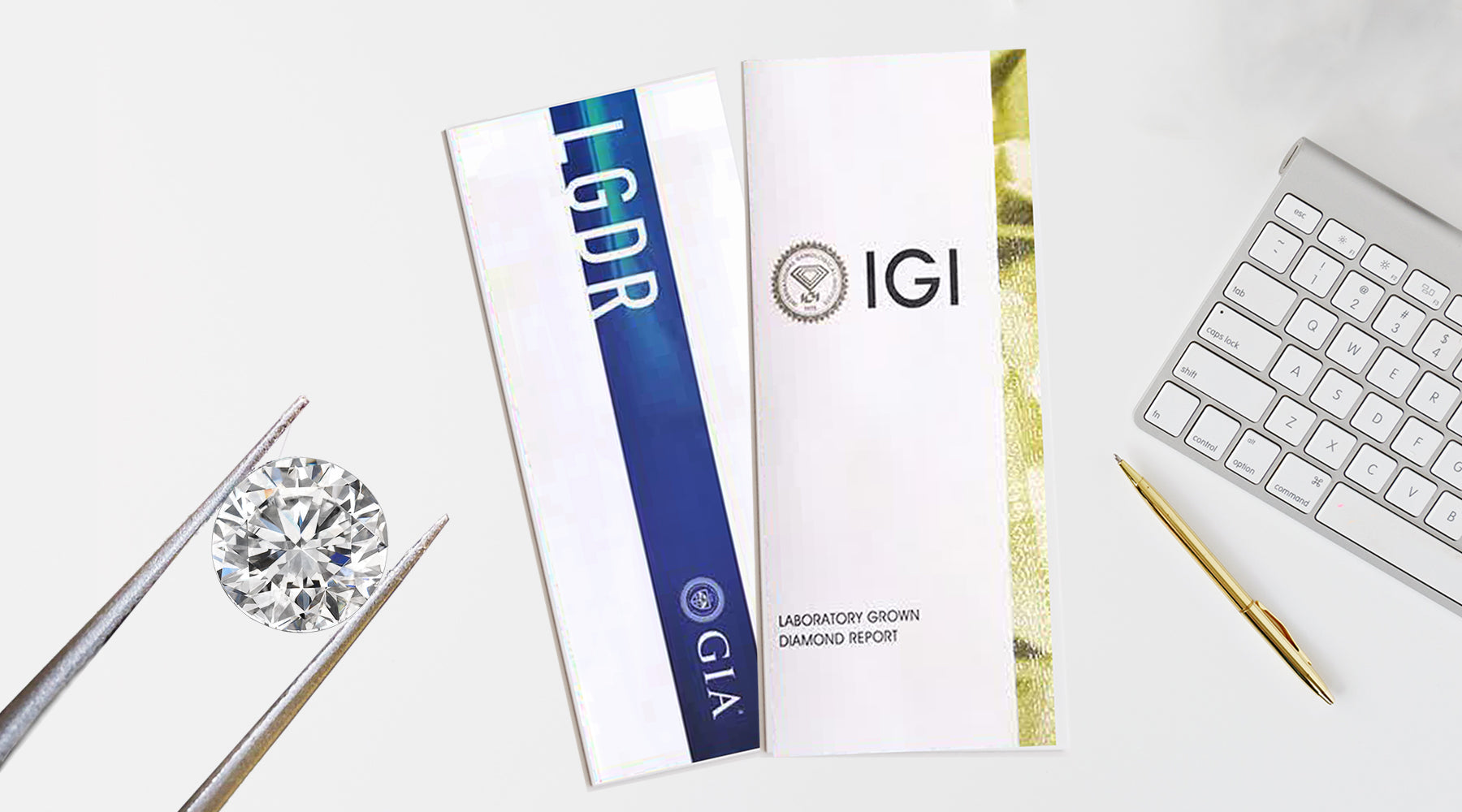
BRILLISTAR
How Are Lab Grown Diamonds Certified And Graded?
Lab-grown diamonds are certified and graded in a similar manner to natural diamonds, with the same standards and grading systems being used. The two main grading systems for diamonds are the Gemological Institute of America (GIA) and the International Gemological Institute (IGI).
The GIA is the most widely recognized and respected grading authority in the diamond industry, and their grading reports are highly regarded. When a lab-grown diamond is sent to the GIA for grading, it undergoes the same rigorous testing and evaluation as a natural diamond. The diamond is examined by a team of expert gemologists who assess its cut, color, clarity, and carat weight.
The IGI is another well-respected grading authority that grades both natural and lab-grown diamonds. IGI grading reports provide a detailed assessment of the diamond's 4Cs (cut, color, clarity, and carat weight) and also include a unique identification number, a diagram of the diamond's inclusions, and a laser inscription.
In addition to the GIA and IGI, there are other grading laboratories that specialize in grading lab-grown diamonds, such as the International Laboratory of Gemology (ILG) and the Diamond Foundry. These labs also use the 4C grading system to evaluate lab-grown diamonds and provide certification reports.
It is important to note that not all lab-grown diamonds are certified or graded, so it is important to ask for a grading report from a reputable lab when purchasing a lab-grown diamond. A certification report can provide important information about the diamond's quality and value, which can be useful for insurance purposes and for ensuring that you are getting what you paid for.
Most SoughtAfter Styles
Discover the most popular settings to pair with lab created diamonds.

